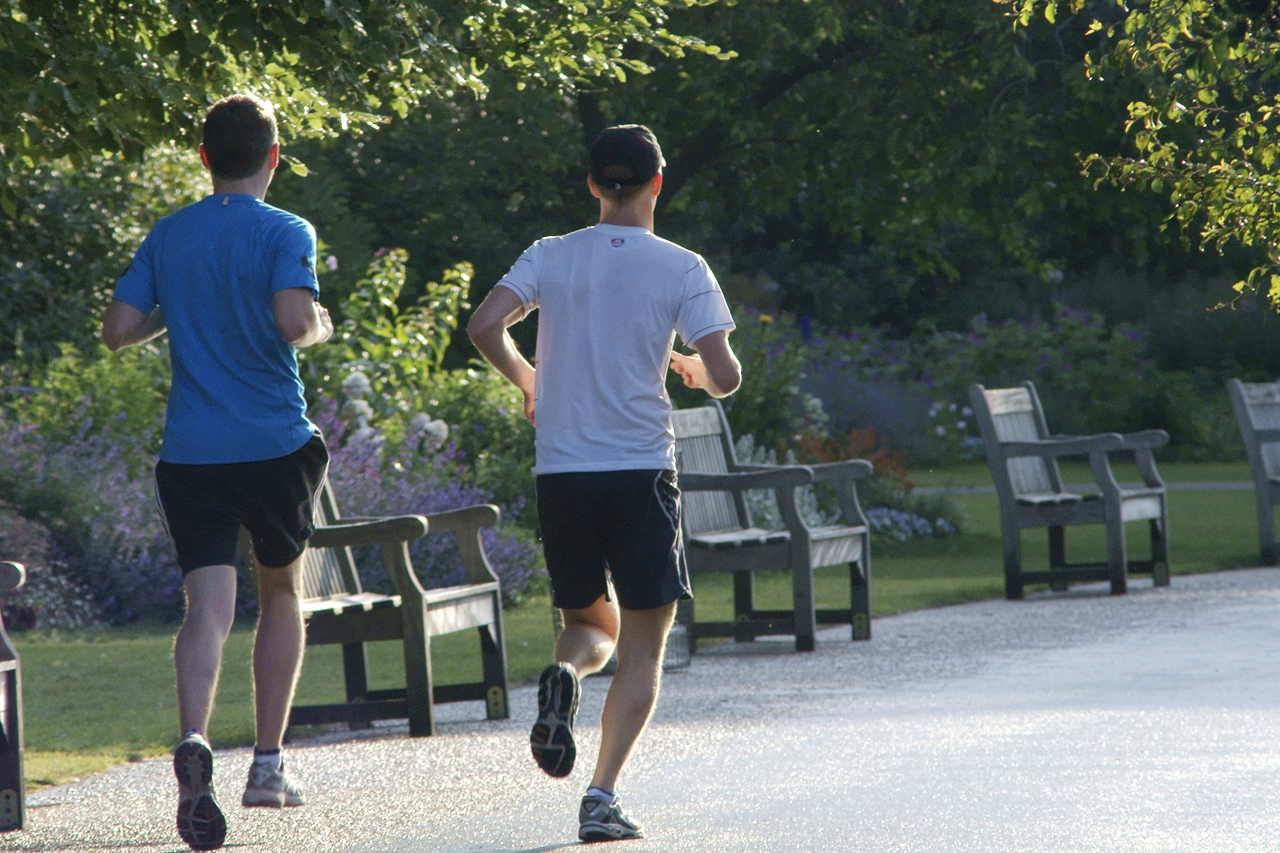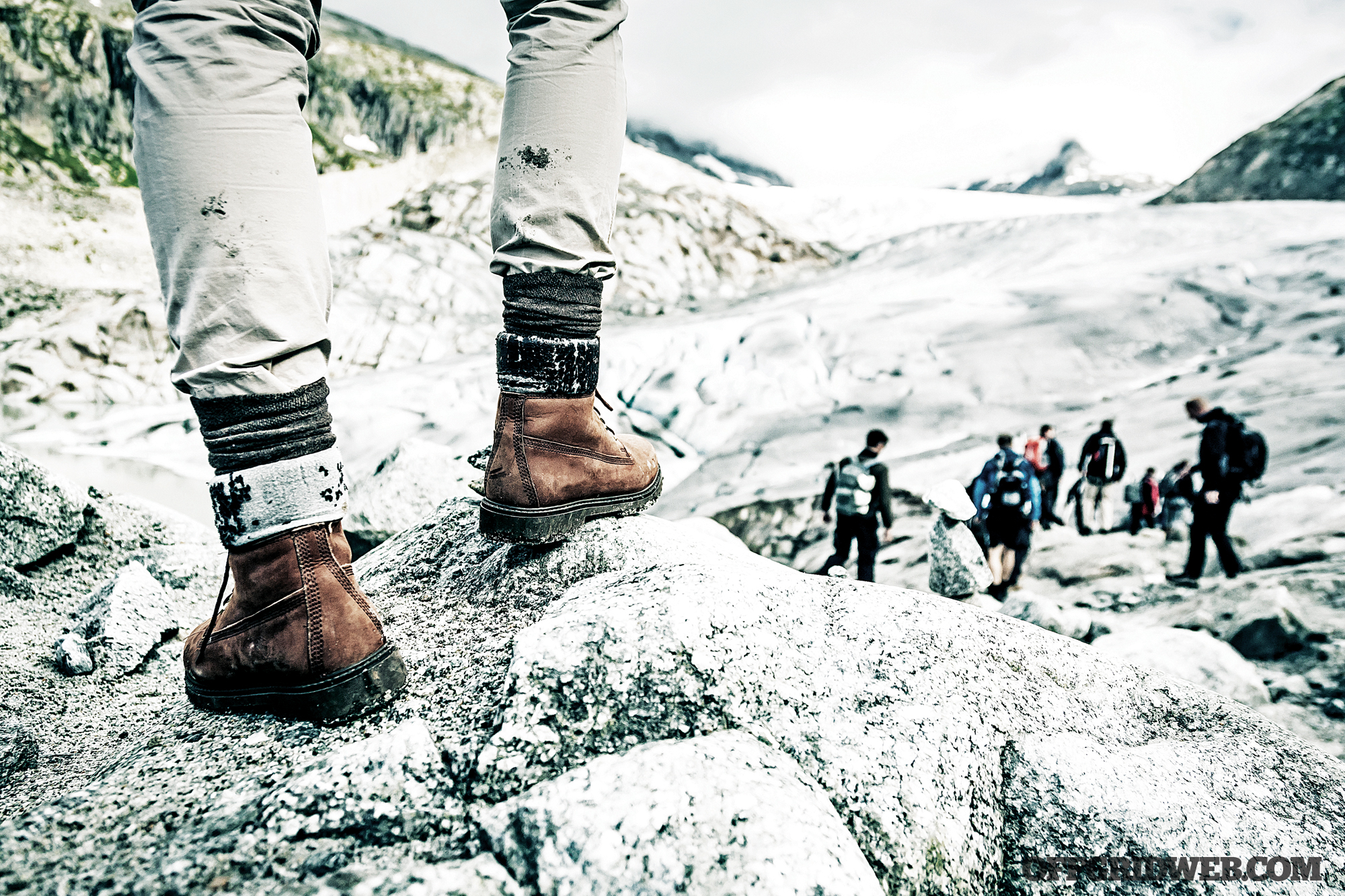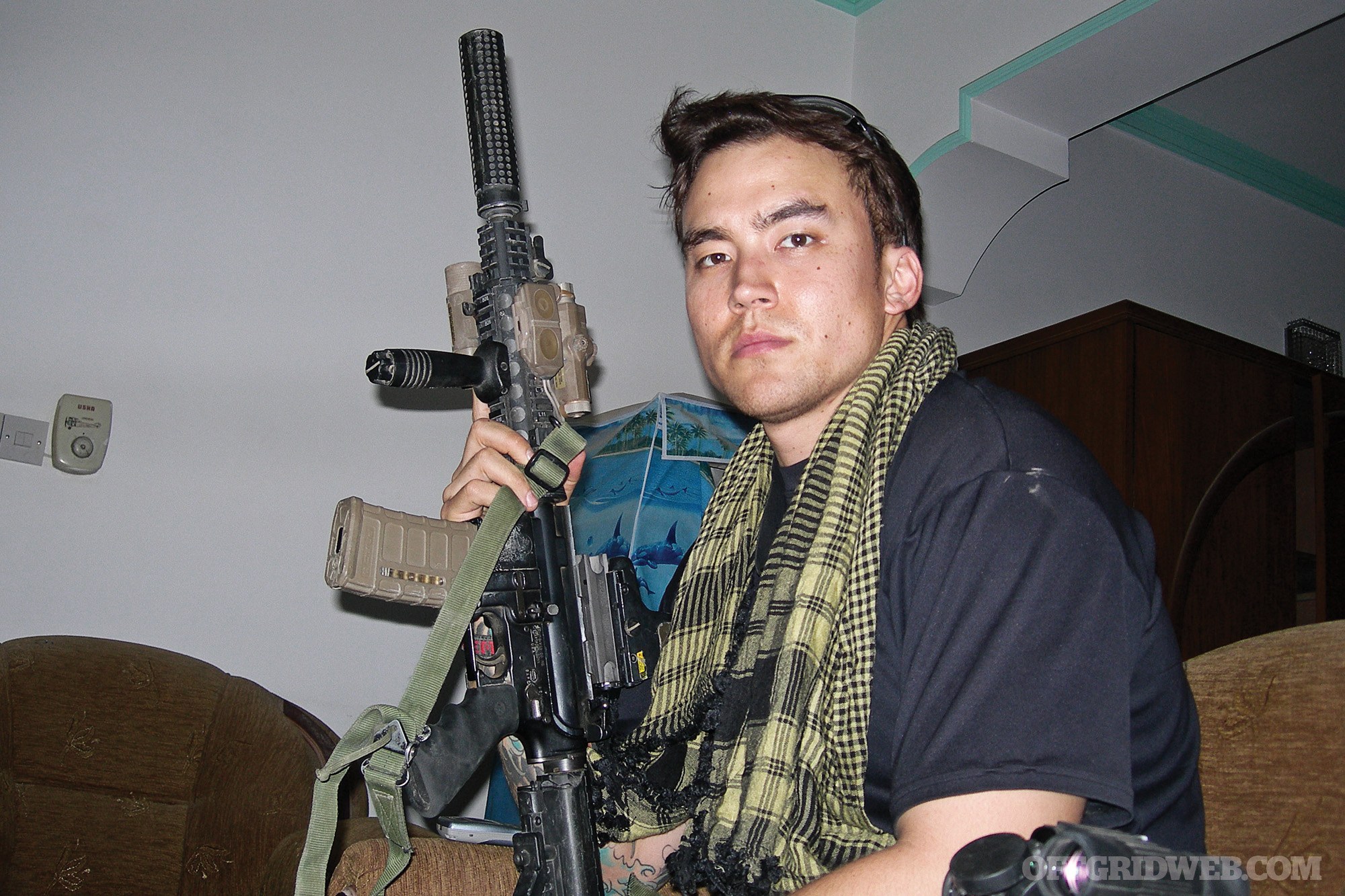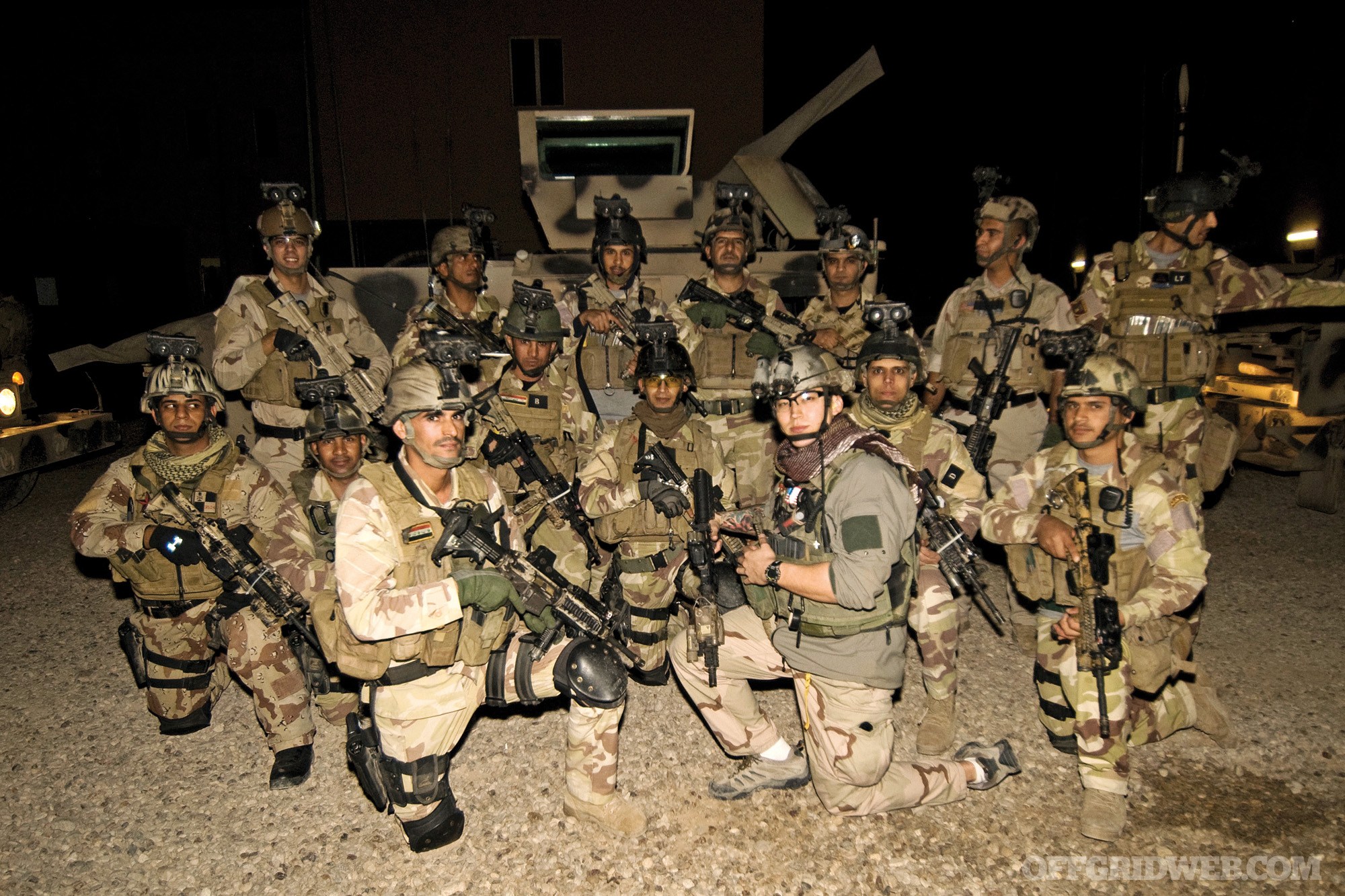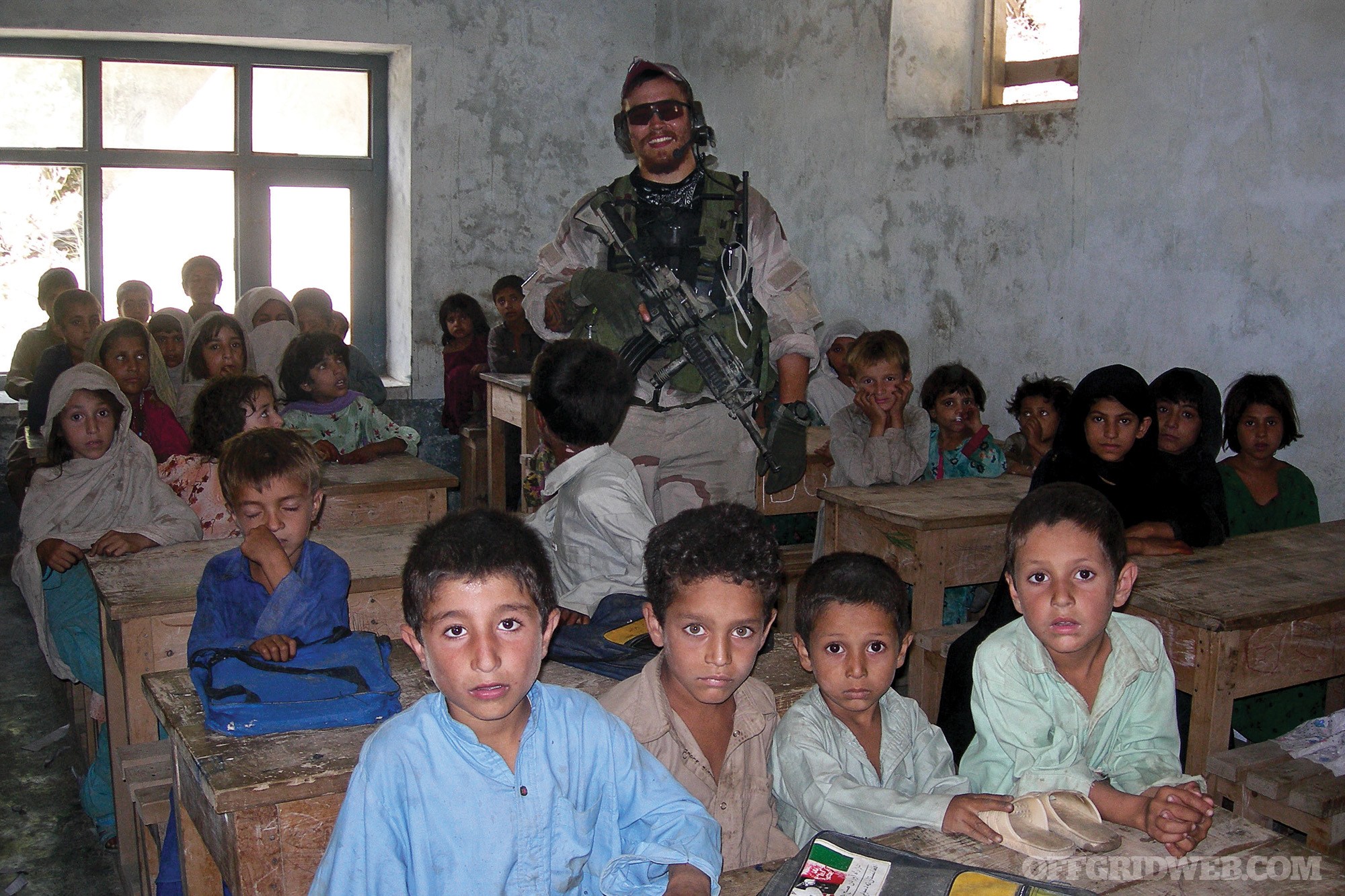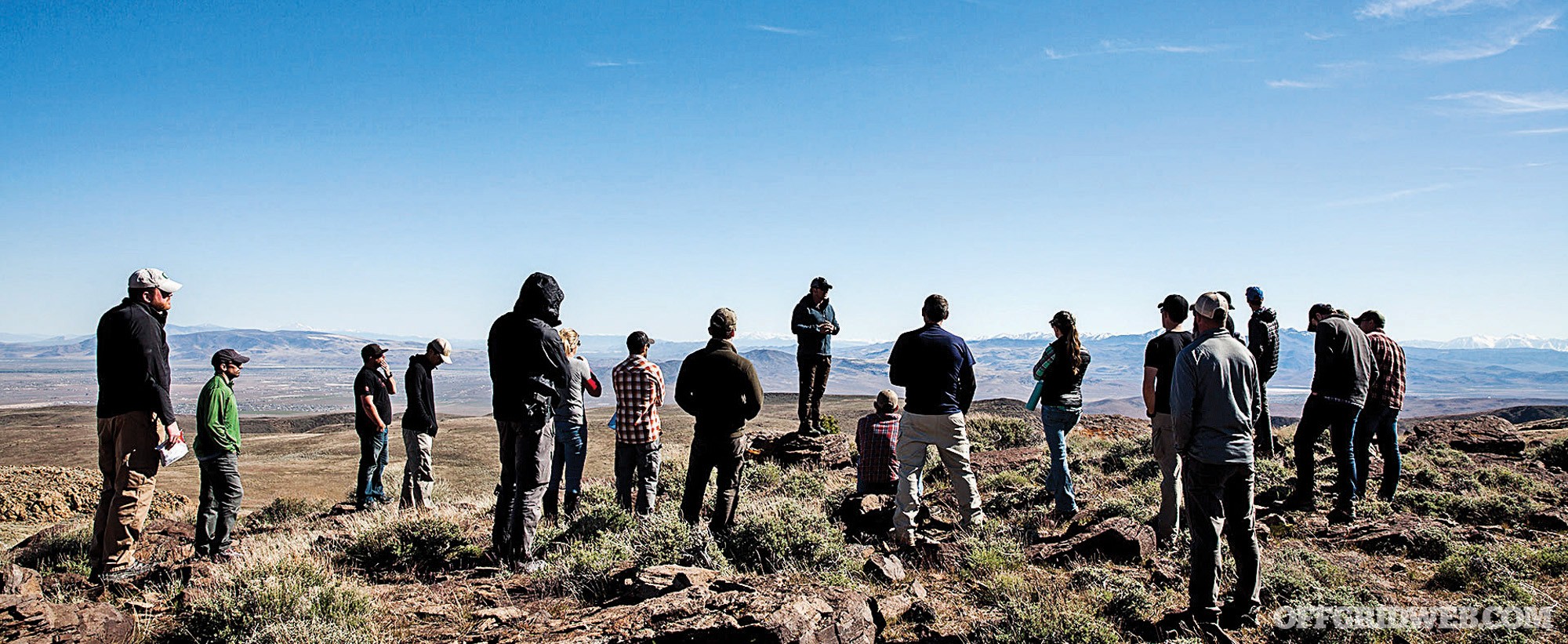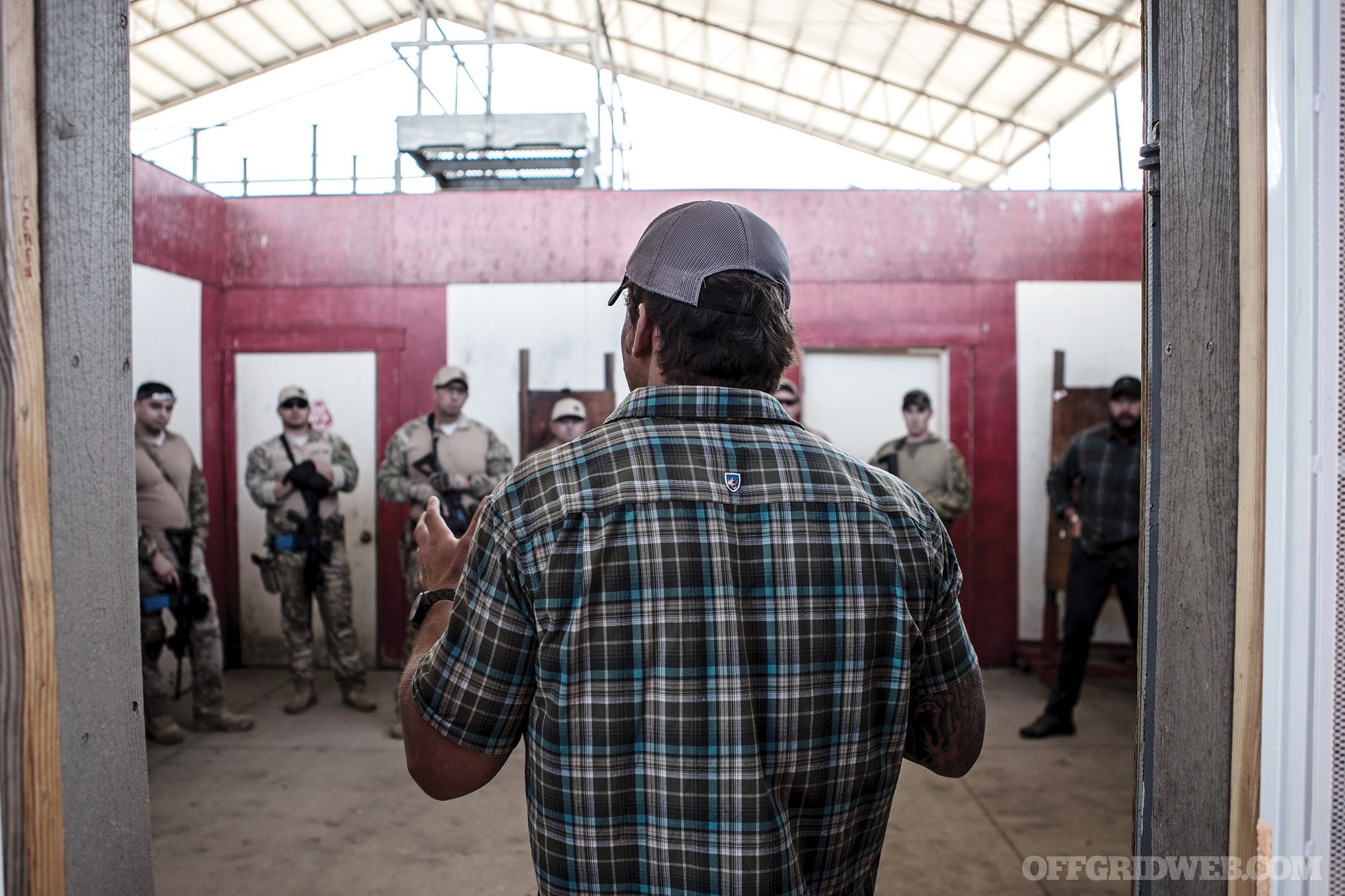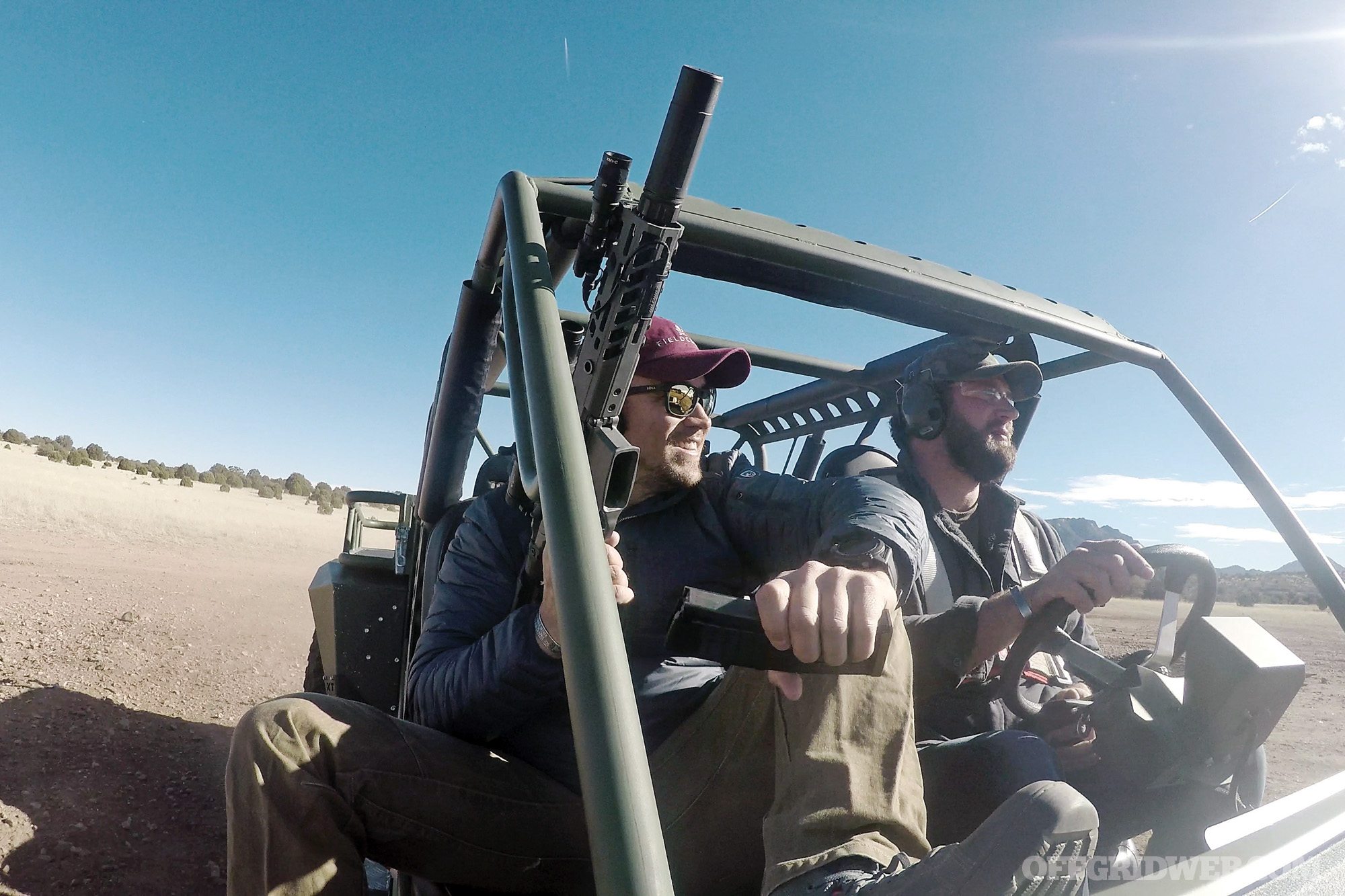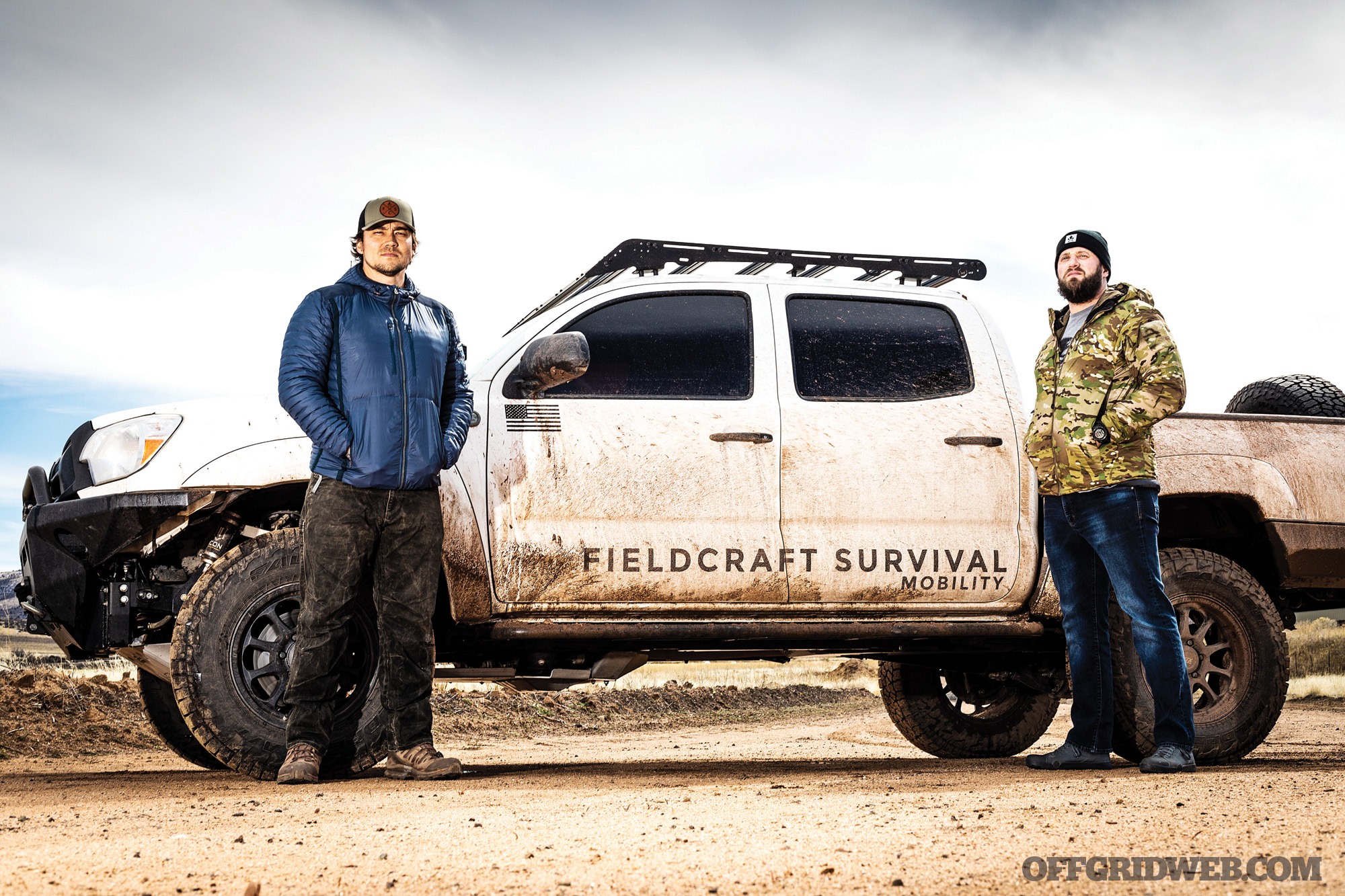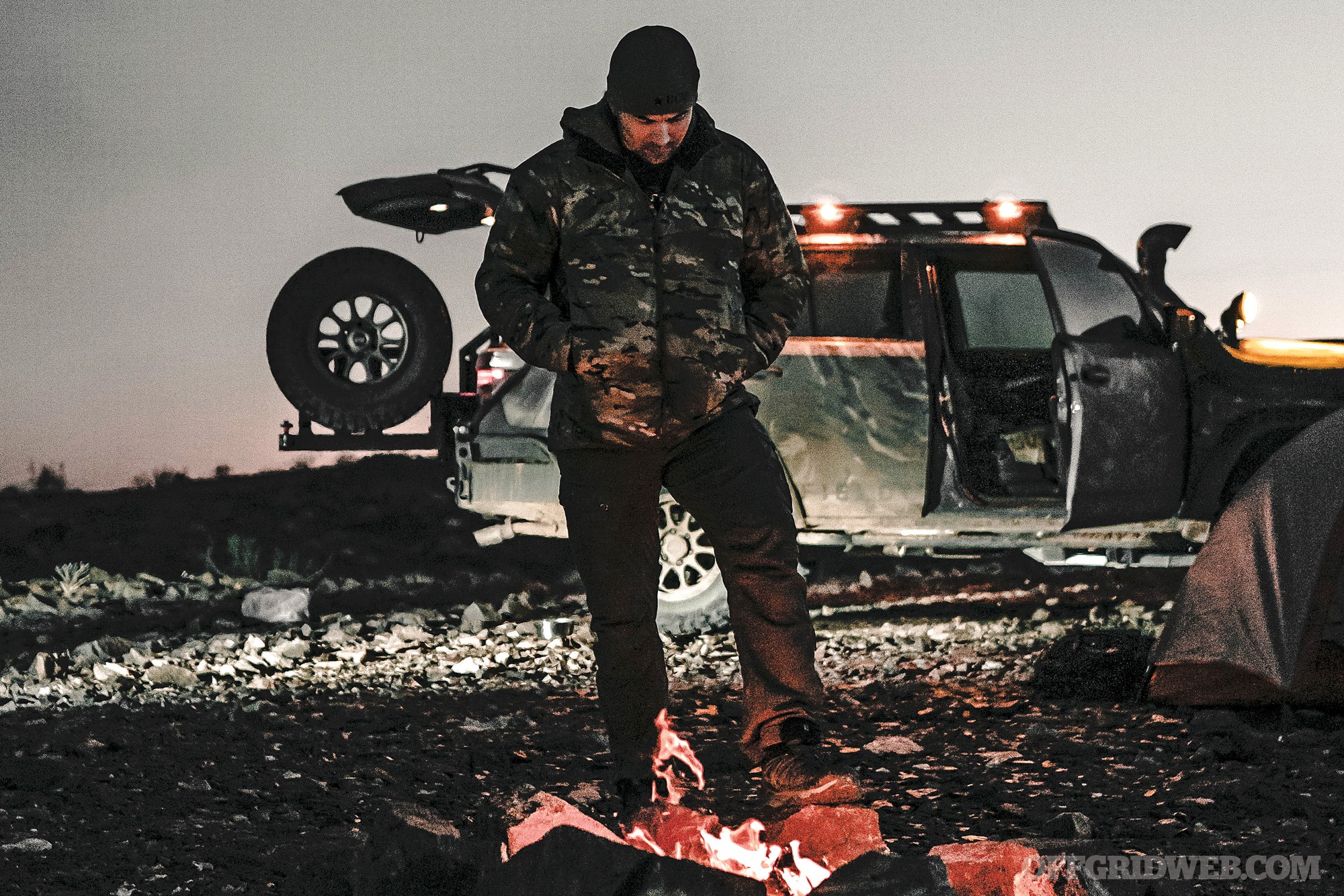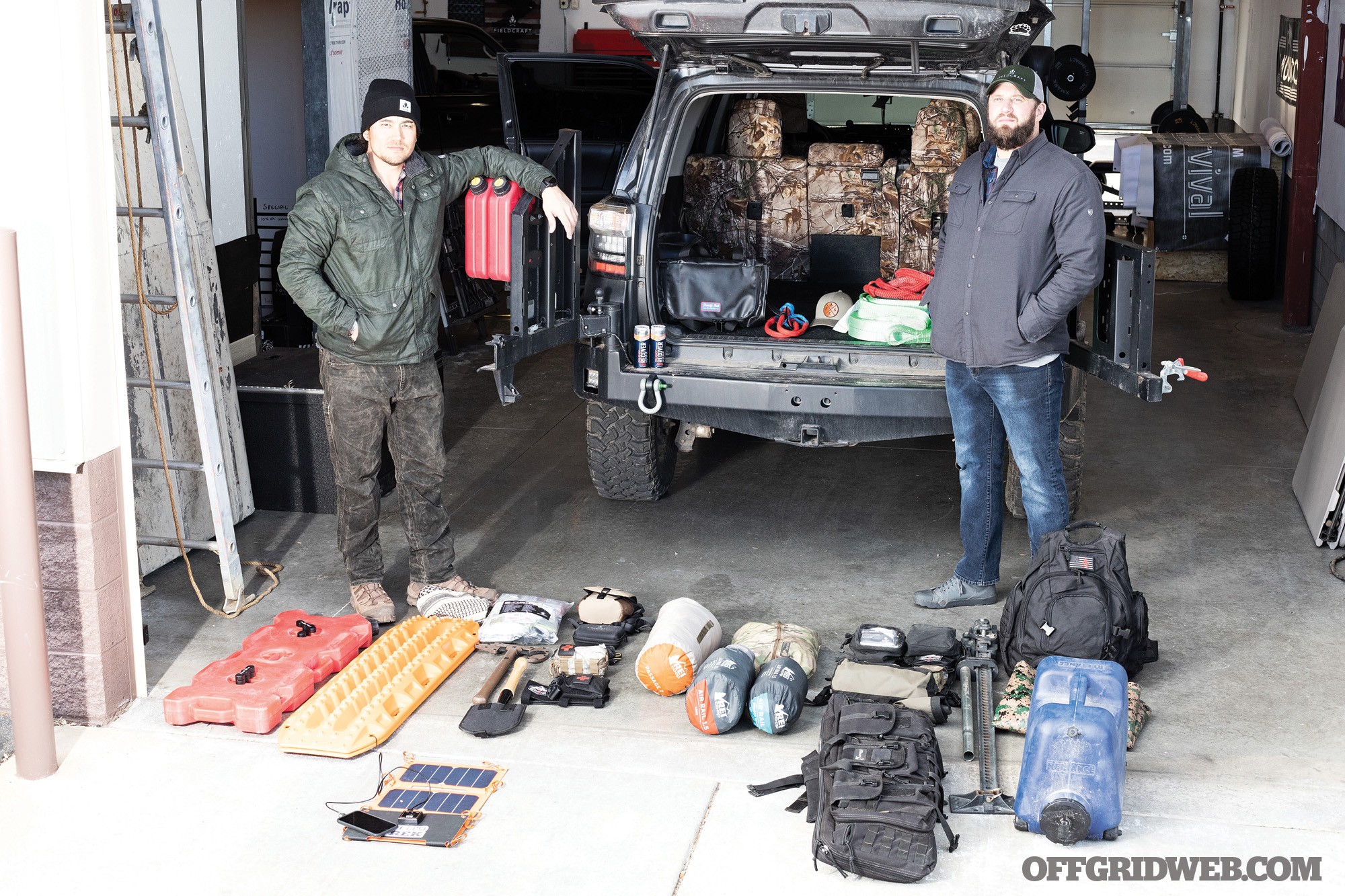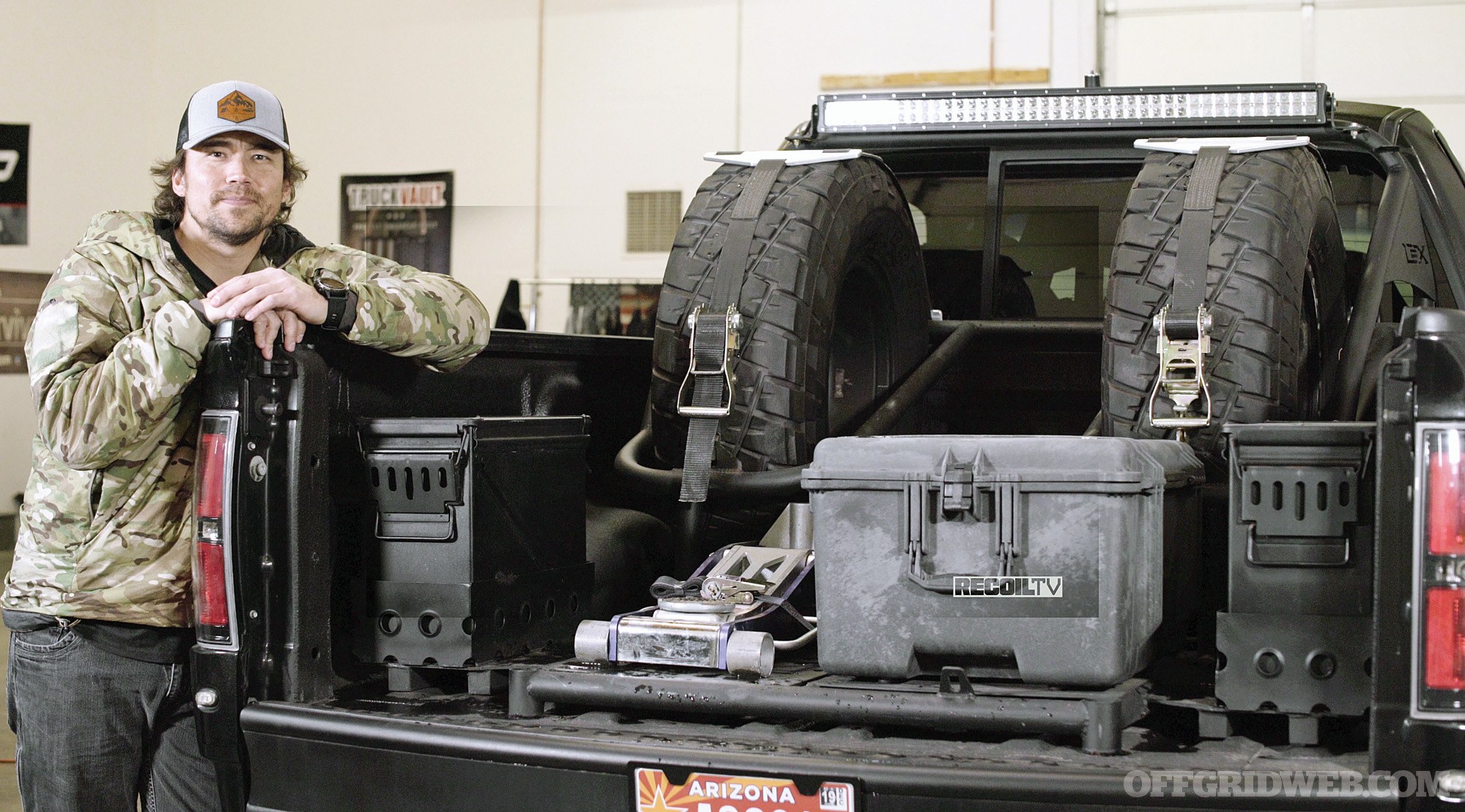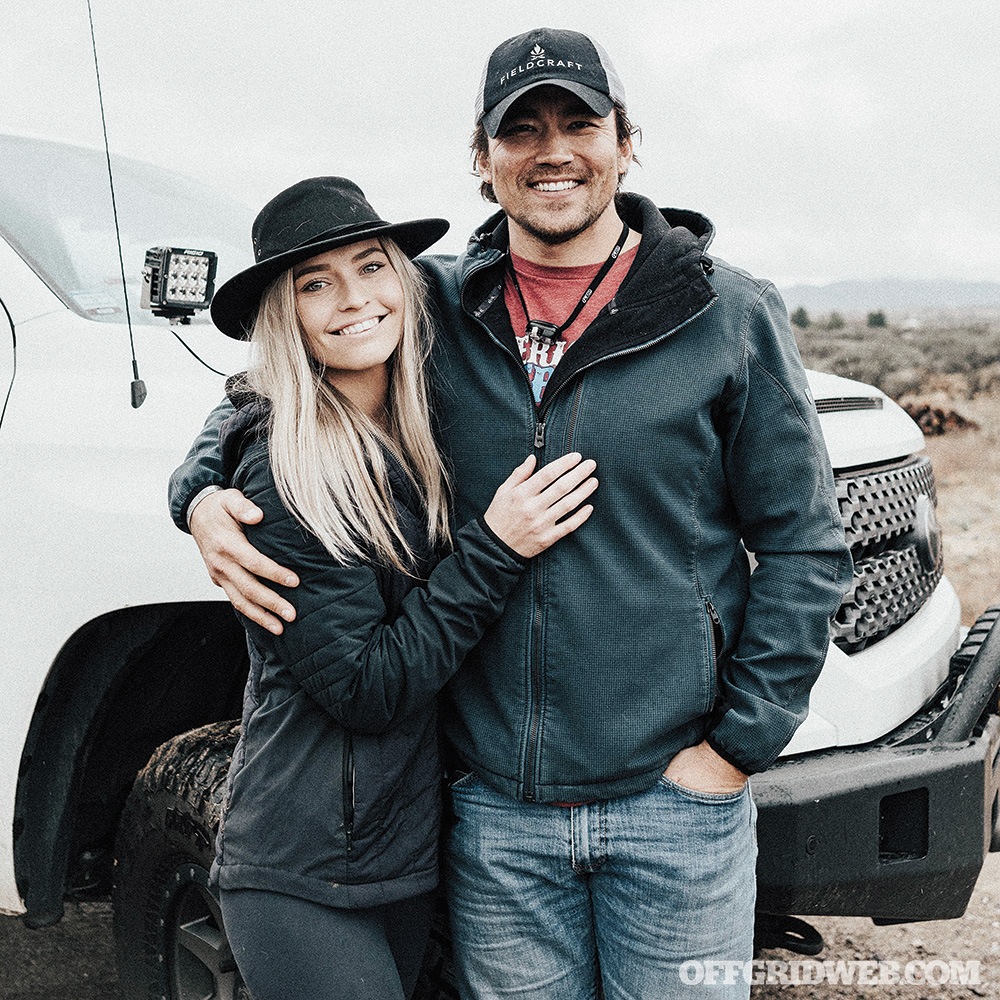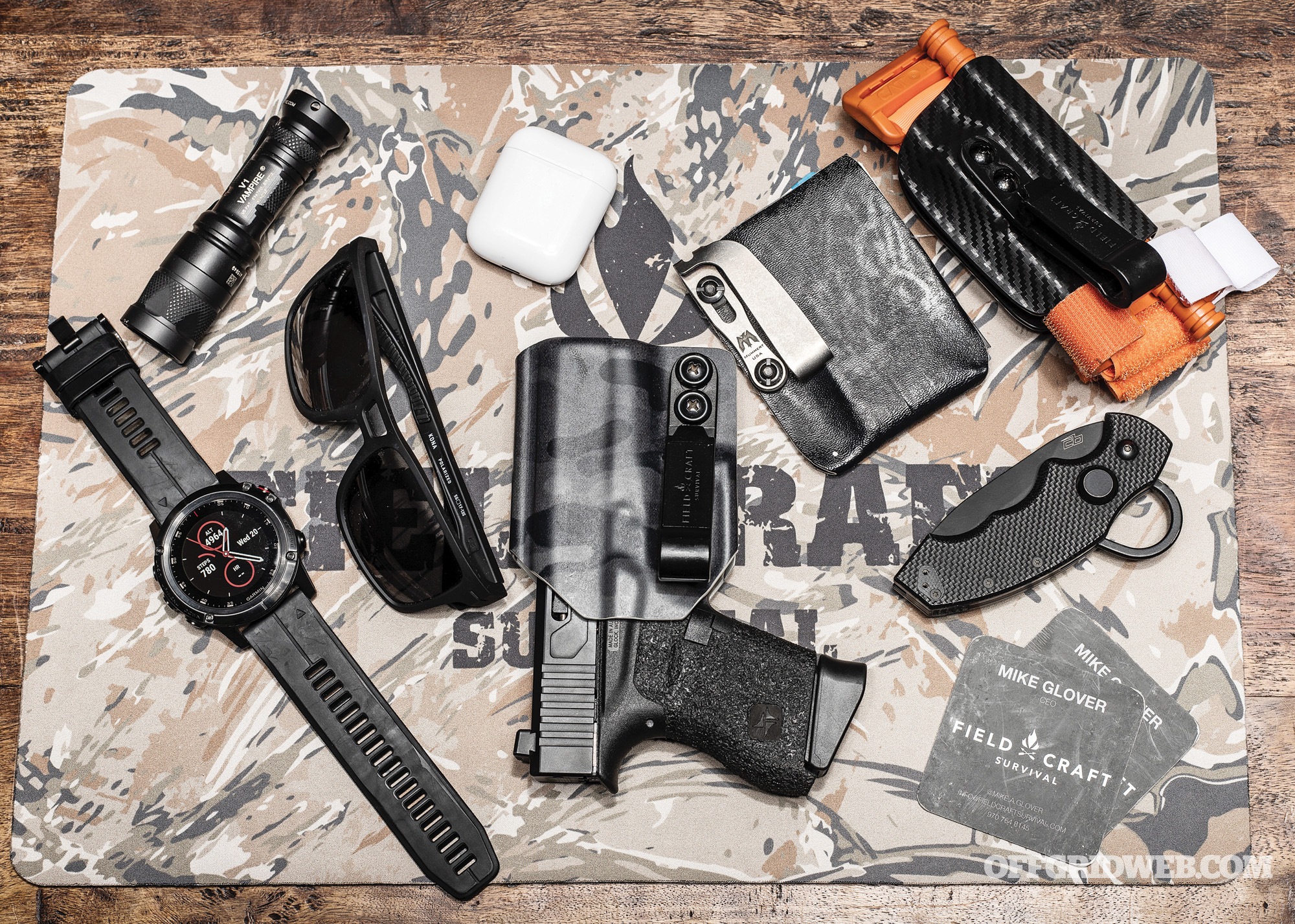There were times in recent American history when we believed that humanity would cause the end of itself through nuclear warfare. The world anxiously watched for 13 days as the United States and Soviet Union inched to the brink of nuclear devastation during the Cuban Missile Crisis in 1962. As the world’s superpowers developed increasing supplies of nuclear warheads at alarming rates, American families took actions to prepare for the worst-case scenario. While terms like “nuclear winter” nestled in the recesses of our psyches for five decades, the world’s geopolitical landscape has changed, leaving us questioning our world’s future, especially for the generations to come.
The facts of nuclear warfare are unsettling to say the least. However, there are a plethora of myths surrounding nuclear war, many of which may lead to further confusion amongst the populace. To separate truth from fiction, RECOIL OFFGRID picked the brains of a few experts to get a little more insight on what to expect if a nuclear holocaust befell us.
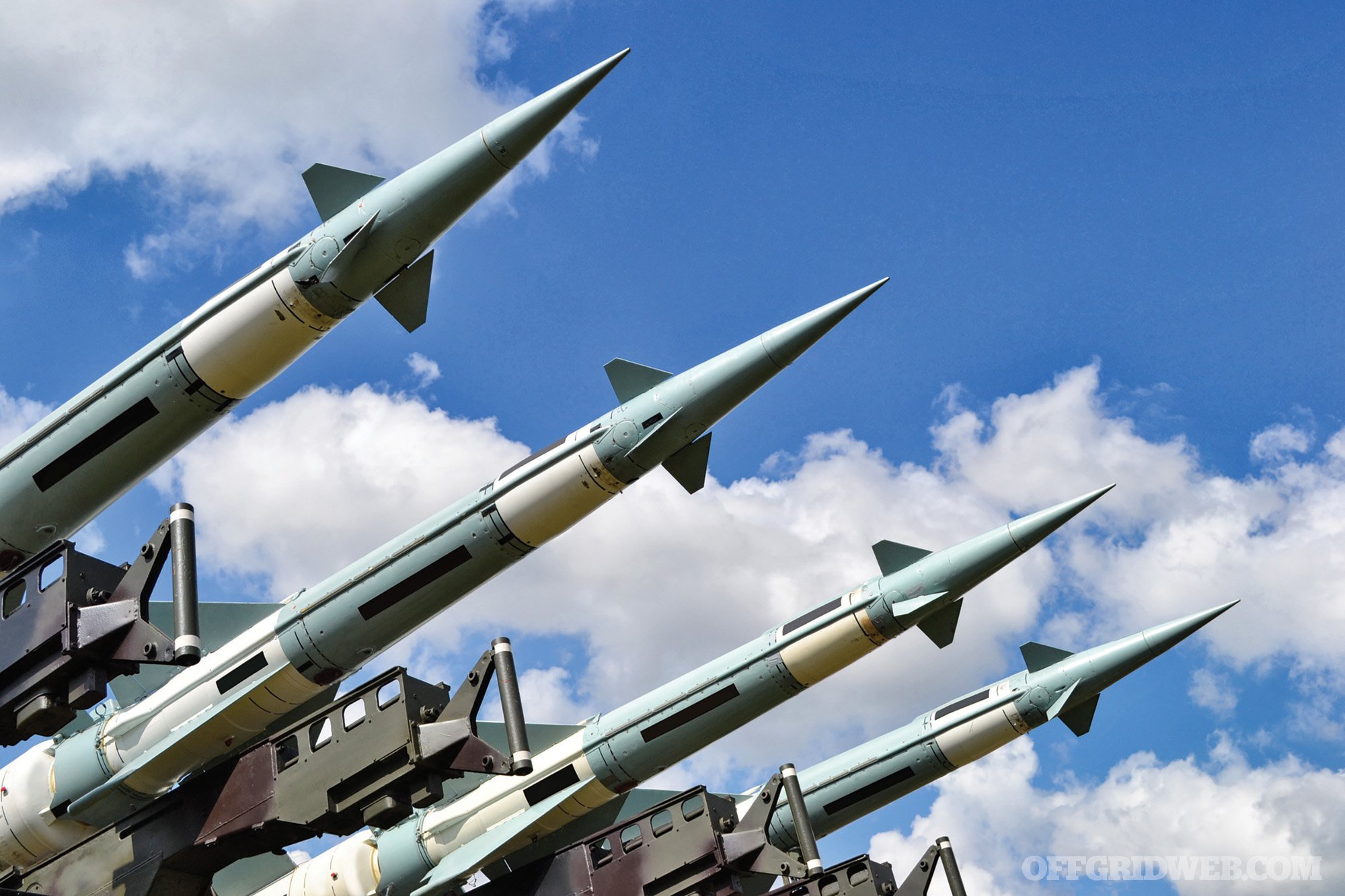
Joining us are Dave Jones, Army Chemical Officer (retired), who has a background in nuclear/biological/chemical warfare (NBC); Al Venter, a writer on nuclear warfare whose works include Iran’s Nuclear Option and How South Africa Built Six Atom Bombs and Then Abandoned its Nuclear Weapons Program; and Dr. Irwin Redlener, who directs the National Center for Disaster Preparedness (NCDP) at the Earth Institute of Columbia University.
Experts Discuss the Threat of Nuclear War
RECOIL OFFGRID: What do you think the biggest myths are that people cling to about surviving a nuclear war?
Irwin Redlener: The biggest myth is a fundamental one, and that’s when people hear “nuclear” or “atomic,” they assume that it’s the apocalypse and there is no survival. It’s a very unhelpful, if not dangerous myth, because people get very philosophical about it, and believe that there’s nothing that they can do. That actually demotivates people for preparing for this type of disaster, and I believe that preparing for it is very important.
Dave Jones: There’s this notion that the entire United States would be devastated by nuclear fallout, and it’s wrong. In fact, it would be impossible for Russia to use every single nuclear weapon it has. At any given time, some nuclear weapons and their delivery systems are down for maintenance. Also, some won’t be in position to fire, much less be used, if they’re going to save some for any potential future conflicts.
Al Venter: I’m not sure if anyone on any continent would like nuclear war, because in the old days, there was always talk of mutually assured destruction, which was very appropriately abbreviated to M.A.D. We knew then, as we know now, that if we were to bomb Russia or China, they would bomb us and nobody would be left.

How have nuclear weapons changed since WWII?
IR: After WWII, we built up a massive nuclear arsenal in competition with the Soviet Union, which went on for years until the Chinese, British, French, and the Israelis ultimately joined the movement. We ended up with a peak arsenal of 60,000 nuclear warheads across the globe. Through several treaties over the years, we’ve reduced the size of that arsenal to about 16,000. That’s still many more times the number of nuclear warheads needed to destroy the world. It hasn’t been the definitive progress needed to change the risk that’s been associated with these large nuclear arsenals.
DJ: We’ve gotten better at making nuclear weapons smaller. We only had one delivery system in WWII, and it was a bomb that had to be dropped. Now we have satellites that might be able to house nuclear payloads in space, which is extremely frightening. North Korea has successfully launched satellites, and they’re not communication satellites. They’re in polar orbit, and if they were communication satellites, they would be in equatorial orbit and geo-synchronous with the Earth. They’re not. I’m not sure what they are, but they are not communication satellites. Do they have nuclear payloads in them? I’m not sure, but the potential is certainly there.
AV: Today, warheads have been militarized to the point where atom bombs can fit into a 155mm projectile shell, which is quite remarkable because it brings the size down a couple thousand percent. A thermonuclear device, however, is proportionally up to 200-percent that size. A hydrogen bomb in New York, for example, would remove Manhattan. It just depends on the design of the bomb. The Russians have developed some massive nuclear bombs, and I would assume the Chinese have as well. Delivery systems run the gamut today between intercontinental missile systems, nuclear submarines, and even drones, which the Chinese have already developed, as have the Americans.
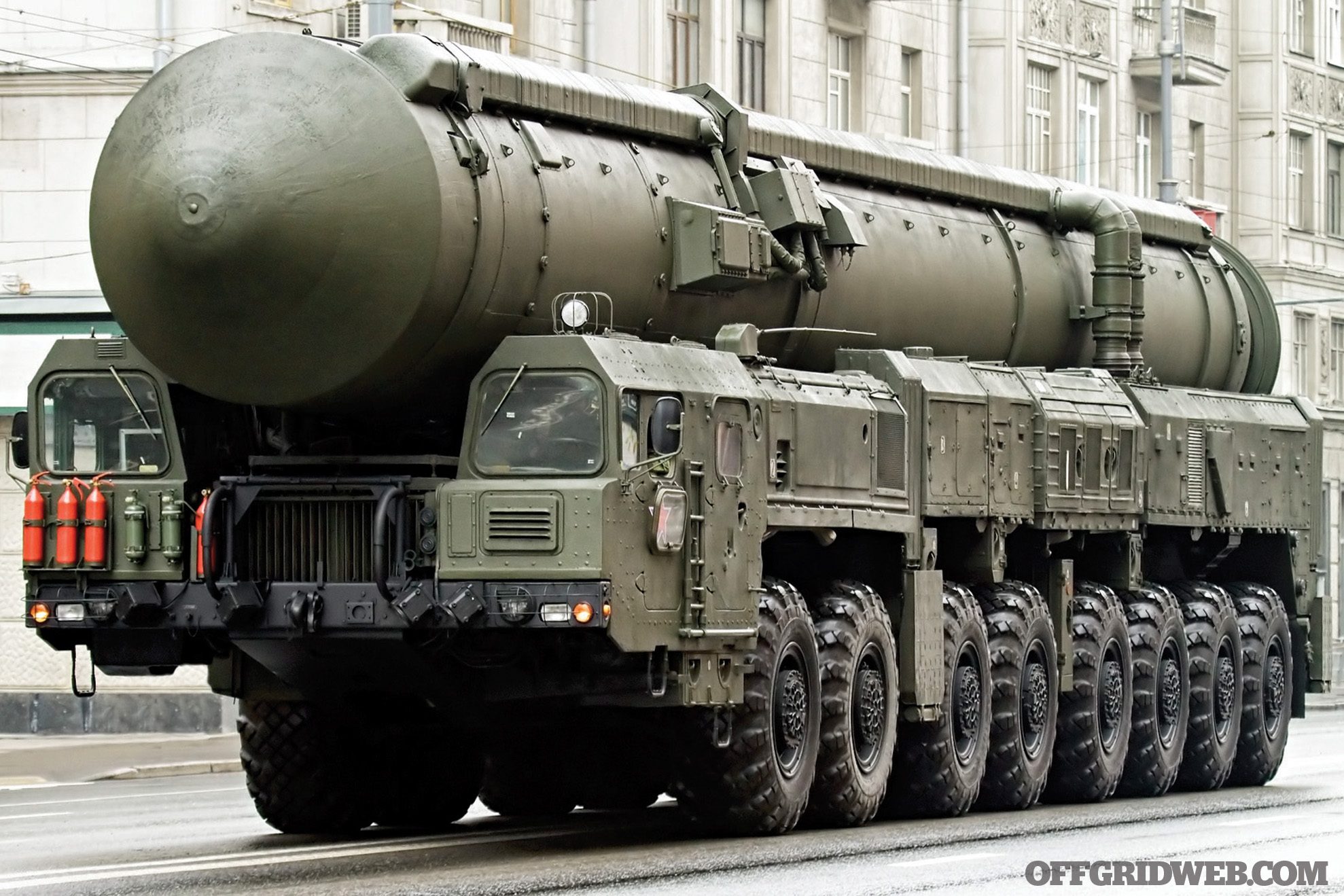
Do you think a nuclear attack would most likely come in the form of a terrorist attack or from another nuclear superpower?
IR: Originally after WWII, it was an existential battle between the Soviet Union and the United States. The nuclear club has expanded since then, and now we have other countries equipped with nuclear weapons, and even more so, nuclear arsenals. The problem now is that terrorist organizations, such as ISIS, have the capability of buying or stealing nuclear devices and launching them as an act of terrorism. There are also a couple of rogue nations, such as North Korea, who do not have a nuclear arsenal, but are developing a nuclear capability. Since they are somewhat of an unstable and fragile country, nothing is really off of the table with them. I would not be surprised if, at some point, they would want to use those capabilities as an act of hostility toward another country.
AV: A terrorist attack or rogue nation releasing a dirty bomb device would probably be more likely than an all-out nuclear attack from one of the world’s superpowers. It would cause more damage, psychologically, which is what these groups want. The thing to remember is that it is very difficult for terrorists to sneak the radioactive material into a country first to build the bomb, unless you seize it locally. In America, your nuclear establishments are very well protected. There are sensors in place in the United States that detect radioactive material anywhere you go, so you couldn’t go very far without being detected.
DJ: ISIS is still a concern. They are highly organized and highly capable. They’re on the run, but not decimated, so ISIS is still a threat. Hezbollah is also a threat, but they would probably attack Israel with a nuclear weapon before they would focus on us, and that would probably drop us into WWIII. It’s important to understand that any nuclear attack in the world would trigger a massive military response. A lot of people would die in the initial attack, as well as all from the indirect consequences of the attack, such as disease, starvation, and social breakdown, all of which would factor in. We’re going to feel it one way or another. If there’s a nuclear attack anywhere in the world, our whole life will change here in the United States.
What countries or groups do you think may possess the most credible nuclear threat to the United States today?
IR: There is no shortage of hostile nations or terror groups that would, if they could figure out how, consider attacking the U.S. mainland with a nuclear weapon. A conventional weapon contaminated with radioactive material (a dirty bomb) would be very straightforward. An infinitely more ominous and deadly mass-casualty attack would be detonation of an actual atomic or nuclear device, called an Improvised Nuclear Device (IND). As I’ve been saying for more than a decade, the acquisition of a nuclear device is not out of the question. The actual delivery and detonation of the weapon would likely be more complicated than buying, building, or stealing a device. Our powerful security systems at the highest level of government must do everything possible to prevent and prepare for such a scenario, and I know this is a very high priority. Rogue nations like North Korea, and terror organizations from ISIS to Al Qaeda, and maybe others we haven’t learned about yet, remain threats and demand our persistent vigilance.
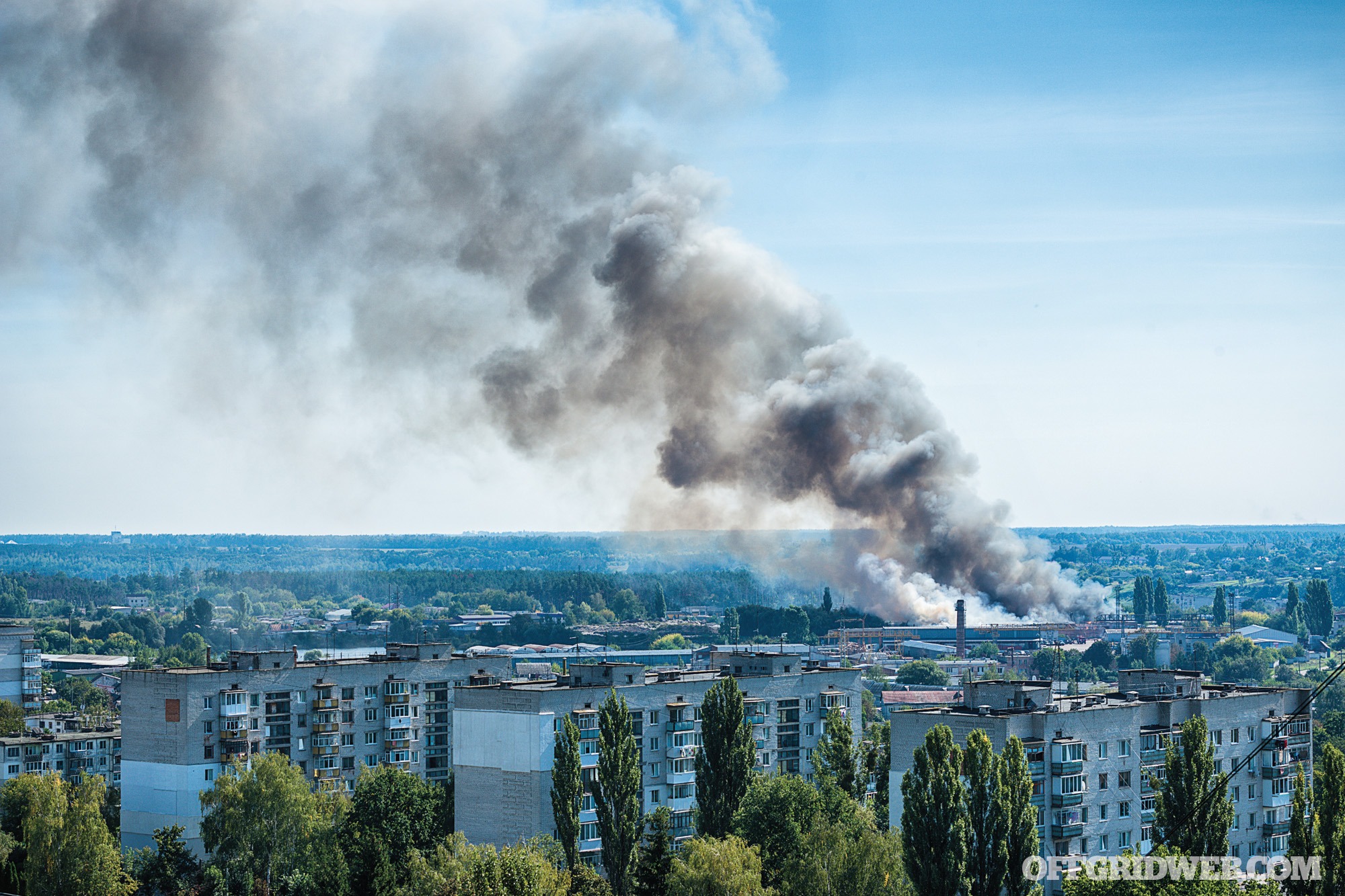
AV: There are several other countries who have the bomb, and some of them are Pakistan, North Korea, and, in my mind, Iran. Those three nations have worked together very closely for the last 10 to 20 years. Abdul Quadeer Khan, the scientist who helped the Pakistanis build their bomb, also helped the North Korean effort to build their nuclear capability, and also had very close ties to Iran. The Iranian government has demonstrated a more advanced scientific capability than that of Pakistan, which qualifies my reasoning that if Pakistan can build the bomb, then so can Iran.
China has a nuclear arsenal, but is not as big a threat as what people make it out to be for one simple reason — China houses the Three Gorges Dam, which operates on the Yangtze River. It’s the world’s largest power station in terms of installed capacity. It also allows the West to look at China’s Achilles heel. It wouldn’t take a very big atom bomb to destroy the dam’s wall. If that were to happen, it would wash about a third of China’s citizens out into the East China Sea. Its industry and economy would be devastated. Because of China’s dependence on the Three Gorges Dam, it holds itself hostage to any kind of retaliatory action should China utilize their nuclear arsenal.
DJ: If a nation decided to attack us, there would probably be a massive cyber attack 24 hours before a nuclear strike. Our critical cyber infrastructure will go down. Social media will go down. It will be designed to cause chaos and confusion before the attack. The attack will probably happen at night, because targets are more stationary at night and the countries that want to attack us are on the other side of the world in a different time zone. They’ll also probably have two or three high-altitude nuclear airbursts, or an electromagnetic pulse, to decimate our command and control function to eliminate our ability to retaliate. Then the missiles will begin to rain down on their targets. The brilliance of the blast is enormous. It will turn nighttime into daytime, because an atomic blast is more brilliant than the sun itself. After the blast, and depending on your location, your electronics will be fried. You’ll wake up and nothing will be working. This is a realistic military scenario.
Is nuclear proliferation still a tactic that nations may use to deter other nuclear-equipped nations?
DJ: There are pros and cons to nuclear proliferation, and we do have the best nuclear capabilities in the world. But it only takes one to cause a huge amount of fear and chaos. The most likely nuclear attack on U.S. soil today would be from a terrorist organization or rogue nation. If that were to happen, it would cause mass chaos because everyone would wonder if there would be a second bomb, which is a common tactic of terrorists, as in Sept. 11 for example.
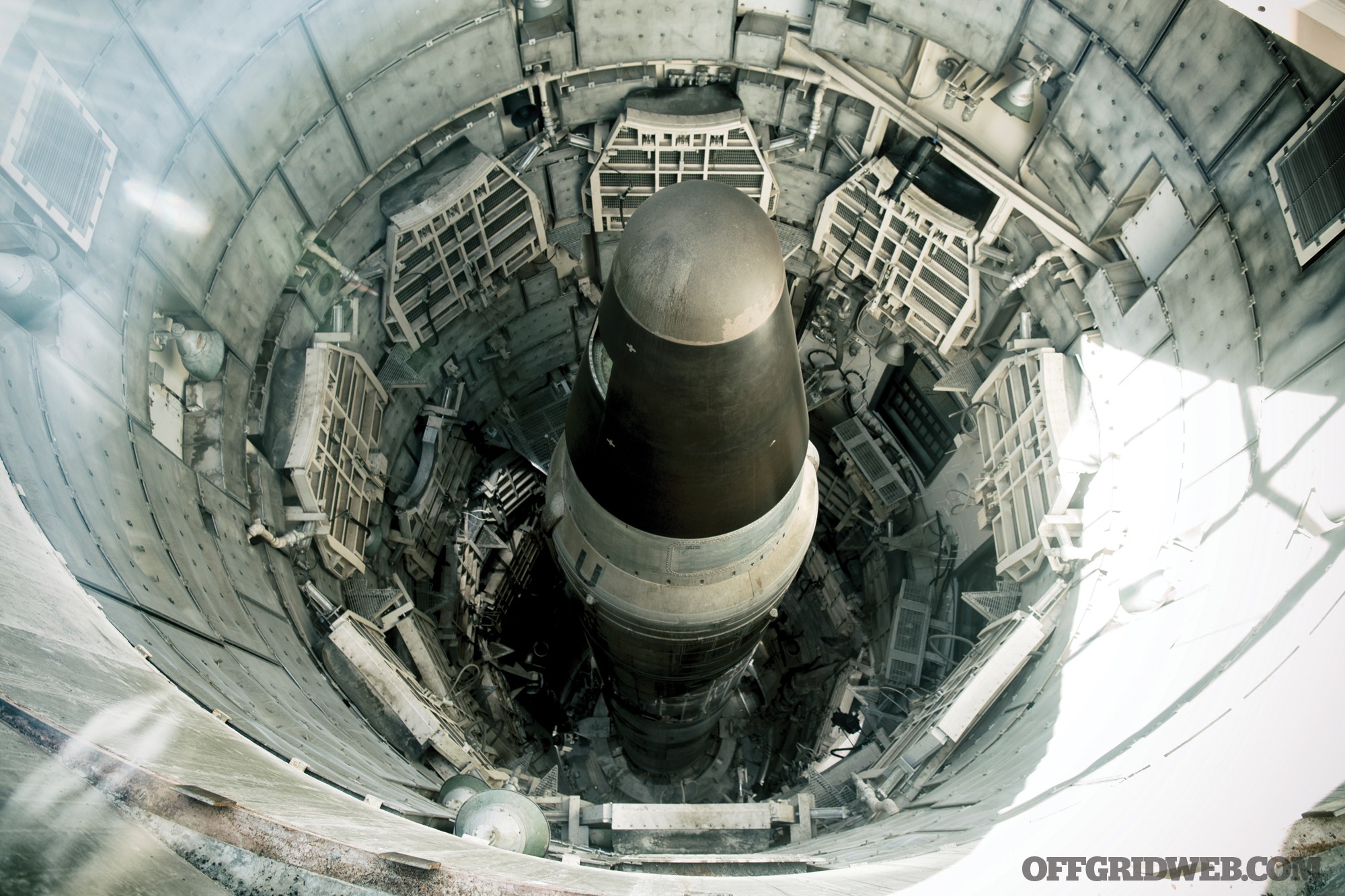
Photo by RCP Photography
IR: The Middle East represents one of the flashpoints in global geopolitics. We hope that nothing is instigated in the Middle East, which would decidedly erupt into large-scale violent interactions between those countries. The use of nuclear weapons, or smaller nuclear weapons on the battlefield, may be more minimal than others believe because of the proximity of countries in the Middle East. A nuclear bomb in Israel or Palestine, for example, is going to have a direct effect on that country’s Middle East neighbor. The damage and effect would not be limited to only one country. I’m actually more worried about other flashpoints in the world, such as North and South Korea, and India and Pakistan, using nuclear weapons on their neighbors.
AV: Israel was, and still is, prepared to retaliate knowing full well that if it would be destroyed, it would take down a lot of the people involved in their destruction as well. I’ve spent a lot of time in Israel, and one of my close sources told me that one of the Israeli bombs, at least in the past, was targeted on Moscow. So you begin to see how tangled and far-reaching these involvements can be.
What may be the most prominent form of nuclear attack against the U.S.? Nuclear missile, dirty bomb, EMP, attack on nuclear facilities?
DJ: If North Korea wanted to, they could launch a nuclear missile from a cargo ship off the coast of the U.S. They also have successfully launched missiles from their own submarines. You could also smuggle one into the country. It’s difficult, but there is still opportunity to do so.
AV: A dirty bomb, a radiological device, is going to be used against the United States at some time. It’s not an atom bomb; it’s an amount of radioactive material that surrounds an explosive core. If a bomb that could destroy a city block in Manhattan was encased with highly enriched uranium or plutonium, you would essentially cut off all of lower Manhattan because of the radioactivity following the explosion. That would be immediate. There would be no going back to the area. Immediate death would be from the blast, and obviously there would be a lot of casualties from the radioactivity, and that could even take weeks, to eventually years, for some of the physical effects to be noticed. It’s a dislocation that would cripple a very strategic asset, such as Wall Street.
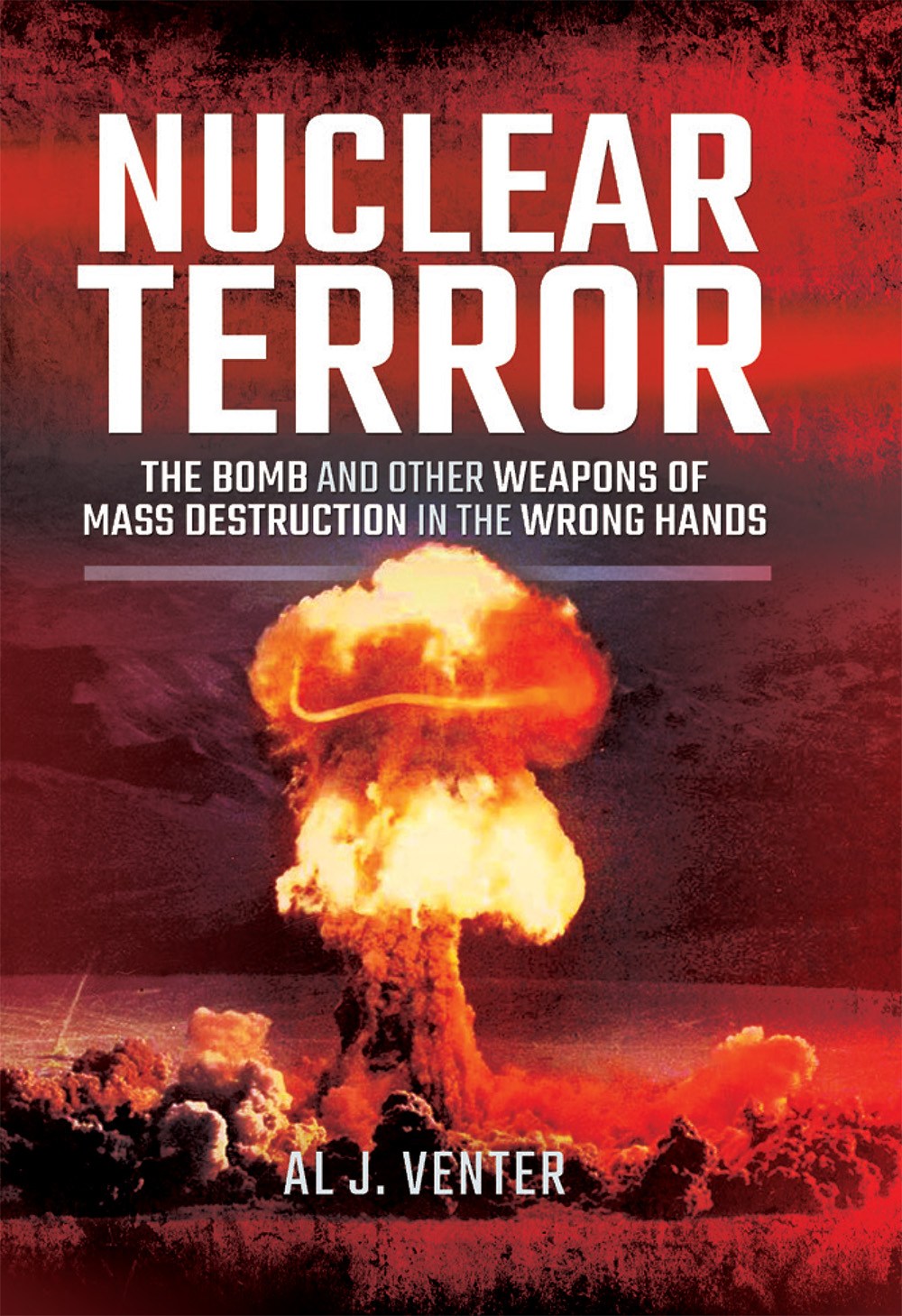
Al Venter's book addresses the threat of a nuclear attack by a rogue nation.
IR: There are two kinds of risks. The first big risk is the very large nuclear arsenal that China, Russia, and the United States have. As long as we have them, and we think that we’re going to get attacked, we’re going to attack preemptively, especially in the absence of treaties that control the use of those nuclear weapons. In terms of nuclear weapons, the United States has also become a danger to itself. Access to nuclear warheads, false launches, etc., while not a deliberate intentional decision, are potentials that can create circumstances where we inadvertently launch a nuclear weapon. I’ve always worried about these very large arsenals that the nuclear superpowers possess, and that at some point, something unintentional can happen that can cause a massive amount of destruction.
Do you believe that we’re any more prepared today as a nation against a nuclear attack?
DJ: In the 1950s, the civil defense was very active and there were designated places for people to go if we experienced a nuclear attack. We don’t have much of that anymore. The “prepper movement” is more prepared, but not the general population. In terms of national defense, we have a missile defense system that has gotten better over the past several years, but it’s nothing like the “Iron Dome” missile defense system that Israel has.
AV: I think that we are very prepared as a nation against a nuclear attack. Keep in mind, however, that whatever one person can secure for, another person can find a gap. It’s as old as mankind itself. You can spend a lot of resources to build defenses, but another will find a way to tear them down. I think that America is much more advanced today to prepare for a nuclear attack than it was during Sept. 11.
IR: We have a lot more sophistication in counterintelligence to see if an attack is pending. On the other hand, the ability of terrorist organizations to acquire a nuclear weapon and detonate it is a lot more sophisticated than it was 20 years ago. It’s mixed results; we are more at risk, but we’re getting better at intelligence. The intelligence and counterintelligence strategies are never foolproof. You can never say that we’re prepared enough to guarantee that it will never happen. There are too many ways to get a nuclear device into the United States.
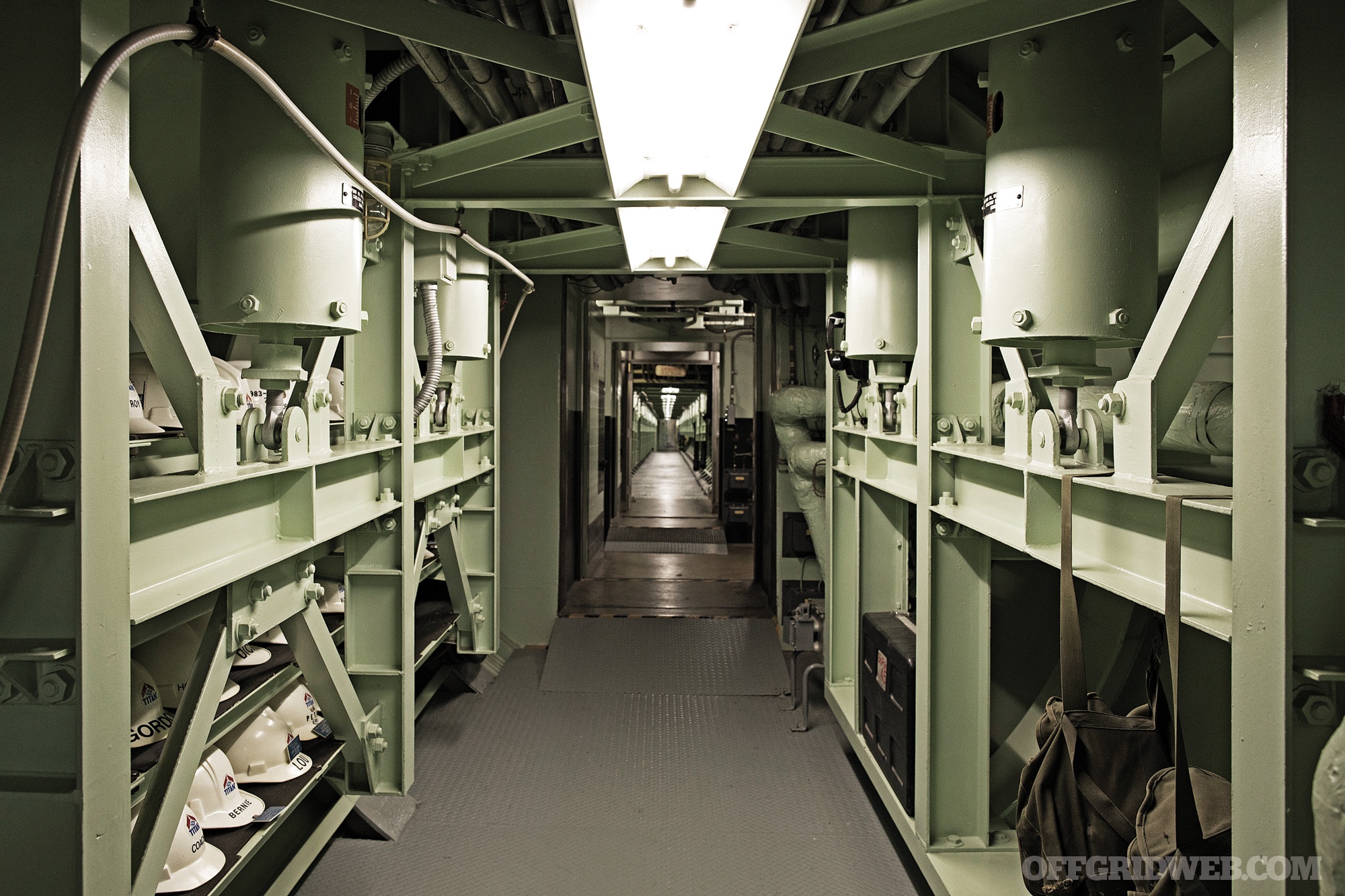
Photo by RCP Photography
How can the average citizen improve the odds of surviving a nuclear attack?
AV: Hope. If nuclear war were to break out, anything that’s worth anything will be destroyed. It’s a terrible thought. I love art. I love classical music and going to the theater. But if nuclear war broke out, it would all be gone. I hold up the hope that this can’t happen, and I don’t see it happening very easily. Our leaders, no matter who they are, are not stupid and are well aware of the impact that nuclear war would have on our society. They might argue and shout at each other, but at the end of the day, they all cherish society, so they communicate and know exactly what’s going on, country for country.
IR: Information is key. People are very fatalistic, in that they believe “If there is no way to survive a nuclear attack, then why prepare for it?” The opposite is actually true. There are a few facts that people need to know that can save a number of lives. If someone detonated a Hiroshima-level nuclear device in Manhattan, it would kill 50,000 to 75,000 people immediately. Then there would be hundreds of thousands of people with blunt-trauma injuries, burns, and radiation injuries.
So let’s say that there are 400,000 injuries where people survive, but they’re in pretty bad shape, many of which would die later. But we could probably reduce the fatalities in those that survive the initial blast by up to 50 percent, if people found shelter, stayed in that shelter for 12 to 24 hours until officials said that it was safe to come out, and were prepared to keep themselves protected. They would have 15 to 20 minutes after the initial blast to get inside a building with thick walls or in the basement, away from windows and not the top floor, and stay there until it was safe to exit. If everyone knew that and practiced it, it would save a lot of people in the aftermath of a nuclear detonation.
DJ: Luck and little, inexpensive preps. You might want to get a Geiger counter, or something to measure radiation, and maybe build a “Faraday cage,” to put your key electronics in. Just know that a Faraday cage is a high school science experiment. It may or may not work. There are just too many variables to know if it will work or not, but it’s worth a try. Purchase a HAM radio to put in your Faraday cage, because that’s going to be the new Internet after the Internet is gone. If not a HAM radio, then either a HAM receiver or NOAA weather radio, so you can listen to what’s going on. A nuclear attack is definitely survivable if you’re not at ground zero. Life will be more difficult, but with a little bit of prepping you can survive.
Q&A with a Nuclear Physicist

Joel Cehn is a nuclear physicist specializing in protection against radiation.
What do you think the biggest myths are that people cling to about surviving a nuclear war?
Joel Cehn: People think nuclear attacks are a death sentence. They’re not. People outside of the blast zone can survive if they take precautions. Sheltering while a radioactive cloud passes overhead works. I visited apartments that stood less than a mile from Chernobyl. Having kept doors and windows closed during the accident meant that no fallout contaminated the apartment. It was clean. When you are advised to “shelter in place” you should heed that advice.
Don’t panic. If you survived the blast unharmed you will likely be OK. Keep away from foods that could have been exposed to fallout. Spending time outdoors should be limited until air quality tests are done. Walking on mildly contaminated ground will not lead to a high dose of radiation. Small doses can be tolerated by healthy individuals. Exposure to radiation is not a death sentence, far from it. When was the last time you had a chest X-ray?
There are people investing in doomsday bunker homes, some of which are even built in abandoned missile silos left over by the government that are now converted into secure living quarters. Do you think there’s any merit to this method of survival when it comes to nuclear war?
JC: Outside of the blast zone this isn’t necessary. Inside the zone they can be protective. That means they could be built near potential bomb targets. They make little sense far from such targets. I really don’t see much value in bunkers. The home itself can be a protection against fallout as long as the doors and windows are closed. If the fallout cloud is heading your way, it will pass over your house and not contaminate the inside. Other measures may be necessary, however, such as radiation-themed equipment. Potassium iodide pills are effective against the uptake of radioactive iodide, which is always present in a fallout cloud. They effectively fill your body with regular iodide, which blocks the radioactive iodide from getting into your system.
What should people know about radioactive fallout?
JC: Radioactive fallout is radioactive particles that are produced by a bomb or the residue of the bomb. They attach themselves to dust particles in the air that are carried downwind away from the blast, and the heavier air particles fall out a short distance from the blast. The lighter particles keep moving downwind, and they “fall out” of the cloud, which is why they’re called “fallout.” If there is precipitation, be that rain or snow, that will make the particles fall out to the ground as well.
We had above-ground nuclear testing in the 1950s and ’60s, and bombs were going off at test sites in the South Pacific and Siberia, which gives us an indication of what would happen if nuclear weapons were used in war. We saw very low levels of radioactive fallout in the atmosphere. The clouds of fallout would even circle the globe. They would stay airborne for great distances and long periods of time; however, there weren’t any measured adverse health impacts from radiation. The British did a study on its population both before and after this weapons testing occurred and saw no difference. Cancer rates never increased, and other end points remained the same over that time. The fallout from all of the nuclear weapons testing at that time was not detrimental to public health.
Radiation is a scary word. You can yell “radiation” on the street and everyone goes running. There is a lot of emotional weight attributed to the subject. The fact is, radiation is a very poor agent for causing illness and disease. It takes a lot of radiation to cause illness and small doses of radiation have been proven safe. Generally, when you are very far from a nuclear detonation, you’ll only see small amounts of radiation. The first thing to know is which way the wind is blowing. The fallout from a nuclear explosion is going to be downwind, and you definitely don’t want to be downwind from a nuclear blast. Don’t panic. If you survived the blast unharmed you’ll likely be OK. Exposure to radiation is not a death sentence.
Joel Cehn is a nuclear physicist specializing in protection against radiation. His work involves remediation of former nuclear sites, including military bases and laboratories. He escorted a group of physicians to Chernobyl several years after the accident there and took measurements of fallout. He lives by the Pacific Ocean on the central coast of California.
Nuclear Near Misses
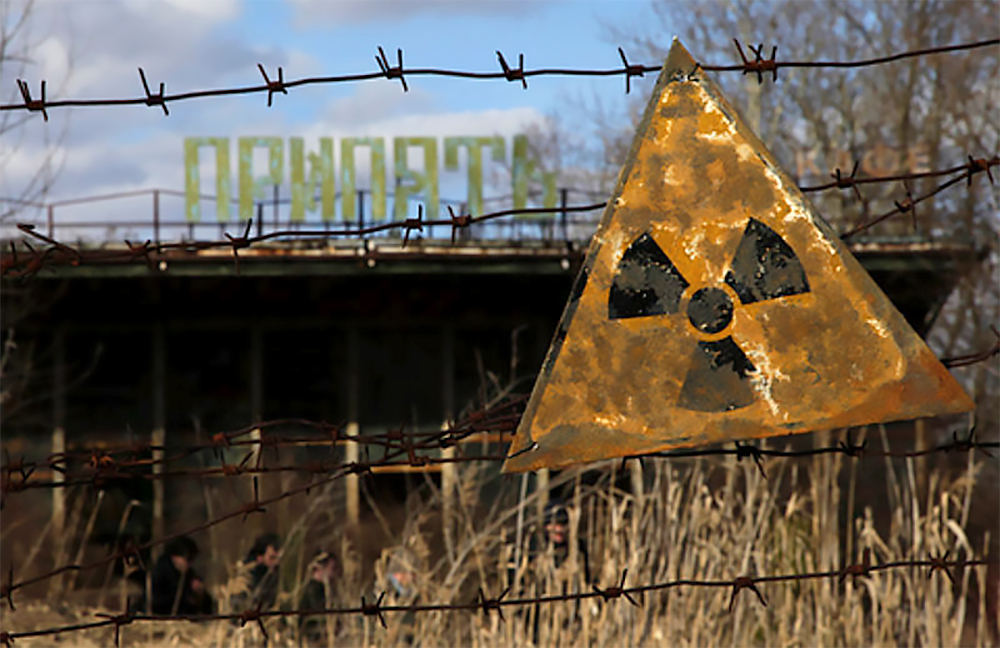
In the following web-exclusive article, we look at two accounts of just how close we may have come to nuclear destruction during the Cold War — the Okinawa Missile Incident of 1962 and the Soviet False Alarm of 1983. www.offgridweb.com/survival/nuclear-near-misses
Conclusion
While a comprehensive nuclear war between the world’s superpowers may not be as relevant as it once was 50 years ago, the imagery should still plague the thoughts of leaders and families alike. The world has changed, and so have the geopolitical nuisances that bond and separate our nations. “Nuclear winter” may no longer be a term that is taught in our schools, but the recent history of terrorism is. While a nuclear holocaust may no longer be on our radar, nuclear terrorism should be, and our diligence as Americans should continue to hold firm so that we can do everything in our power to experience freedom from the fallout.
Meet Our Panel
 Dave Jones
Dave Jones
A 24-year veteran of the U.S. Army and retired Army Chemical Officer, Dave taught nuclear, biological, and chemical warfare defense to military personnel all over the world. Being recognized as a weapon of mass destruction expert, David was recalled to active duty six months after 9/11 occurred. He spent the next 22 months in the Middle East traveling to 16 different countries conducting vulnerability assessments on US interests in the area. His most amazing accomplishment to date was that he became a father for the first time at age 50. Learn more about him at wmdprotection.com.
 Dr. Irwin Redlener
Dr. Irwin Redlener
Irwin Redlener, MD directs the National Center for Disaster Preparedness (NCDP) at the Earth Institute of Columbia University. He is a professor of Health Policy and Management at Columbia’s Mailman School of Public Health and a Professor of Pediatrics at the College of Physicians and Surgeons. NCDP is an academic think tank devoted to research, practice and policies related to large-scale disasters in all phases from prevention and mitigation to response and recovery. His areas of special expertise include system readiness, citizen preparedness, special population challenges, large-scale evacuation planning, and disaster recovery.
 Al Venter
Al Venter
Al Venter is a British national who originally qualified in London as a Fellow of the Institute of Chartered Shipbrokers. He has had more than 50 non-fiction titles published in Britain, the United States and South Africa. He has spent most of his writing career covering military, insurgency and related developments in the Middle East and Africa, including conventional as well as guerrilla warfare. He is a specialist writer on nuclear warfare with three books published, including Iran’s Nuclear Option and How South Africa Built Six Atom Bombs.
About the Author

Mark Linderman is the preparedness coordinator for the Wayne County Health Department where he has served for over 18 years. He instructs disaster preparedness and bioterrorism courses for several universities, including Indiana and Arkansas State University. He also teaches crisis and emergency risk communication courses for the Centers for Disease Control and Prevention, and is considered a subject-matter expert in crisis/risk communications for Vantage Point Consulting, based in Indianapolis.
More From Issue 31
Don’t miss essential survival insights—sign up for Recoil Offgrid's free newsletter today!
Read articles from the next issue of Recoil Offgrid: Issue 32
Read articles from the previous issue of Recoil Offgrid: Issue 30
Check out our other publications on the web: Recoil | Gun Digest | Blade | RecoilTV | RECOILtv (YouTube)
Editor's Note: This article has been modified from its original version for the web.
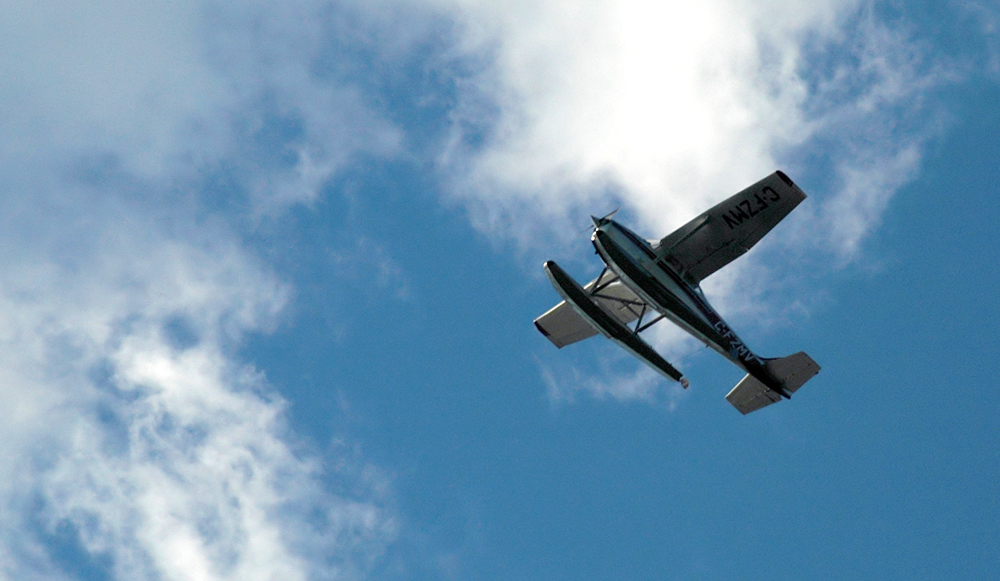

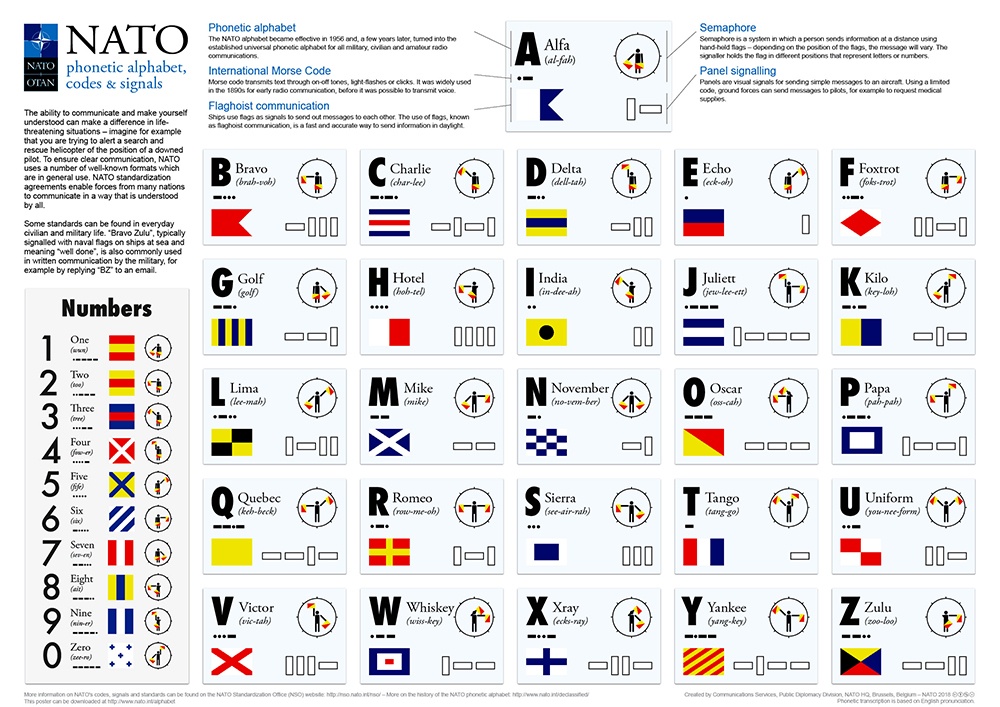
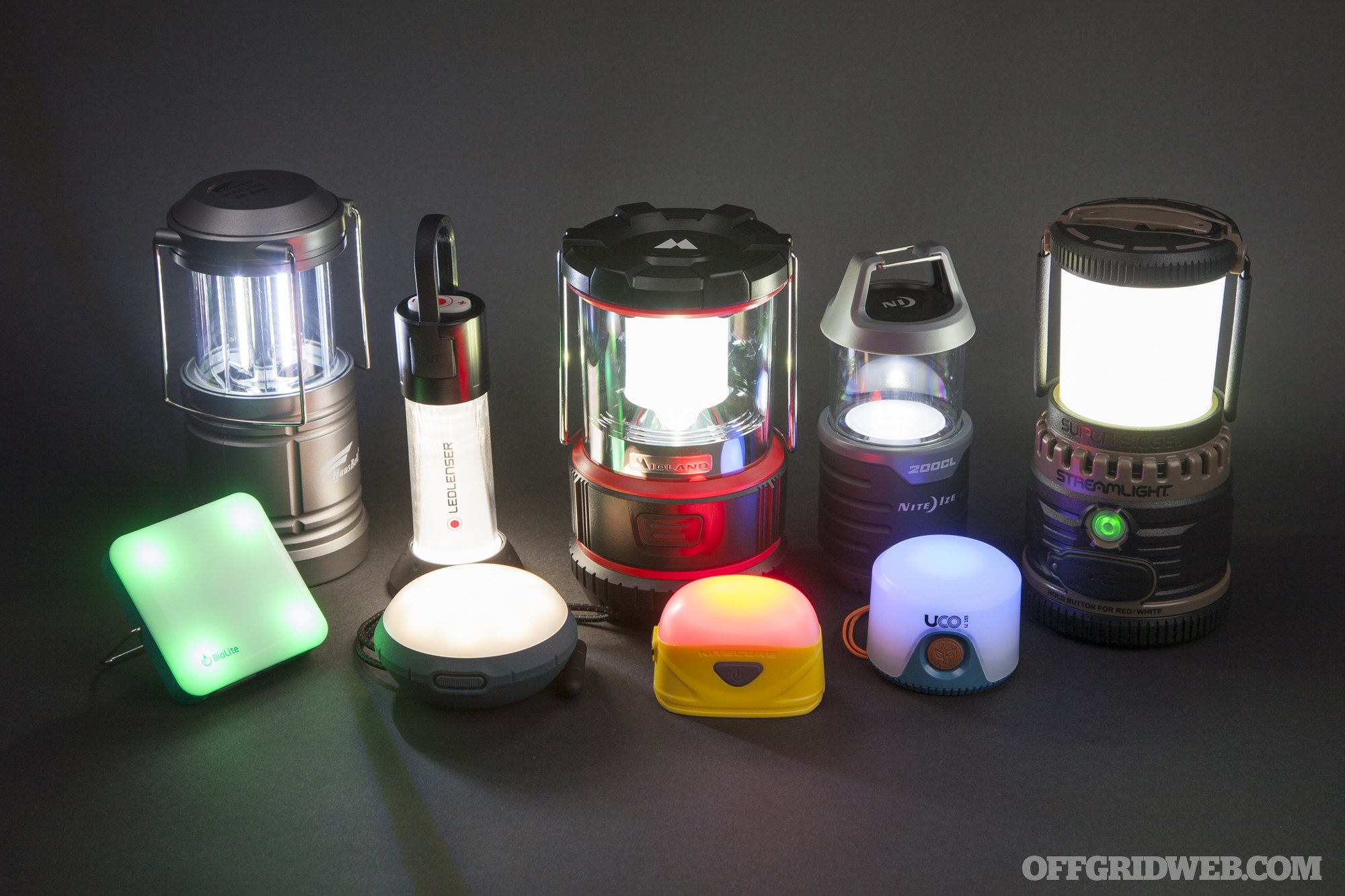
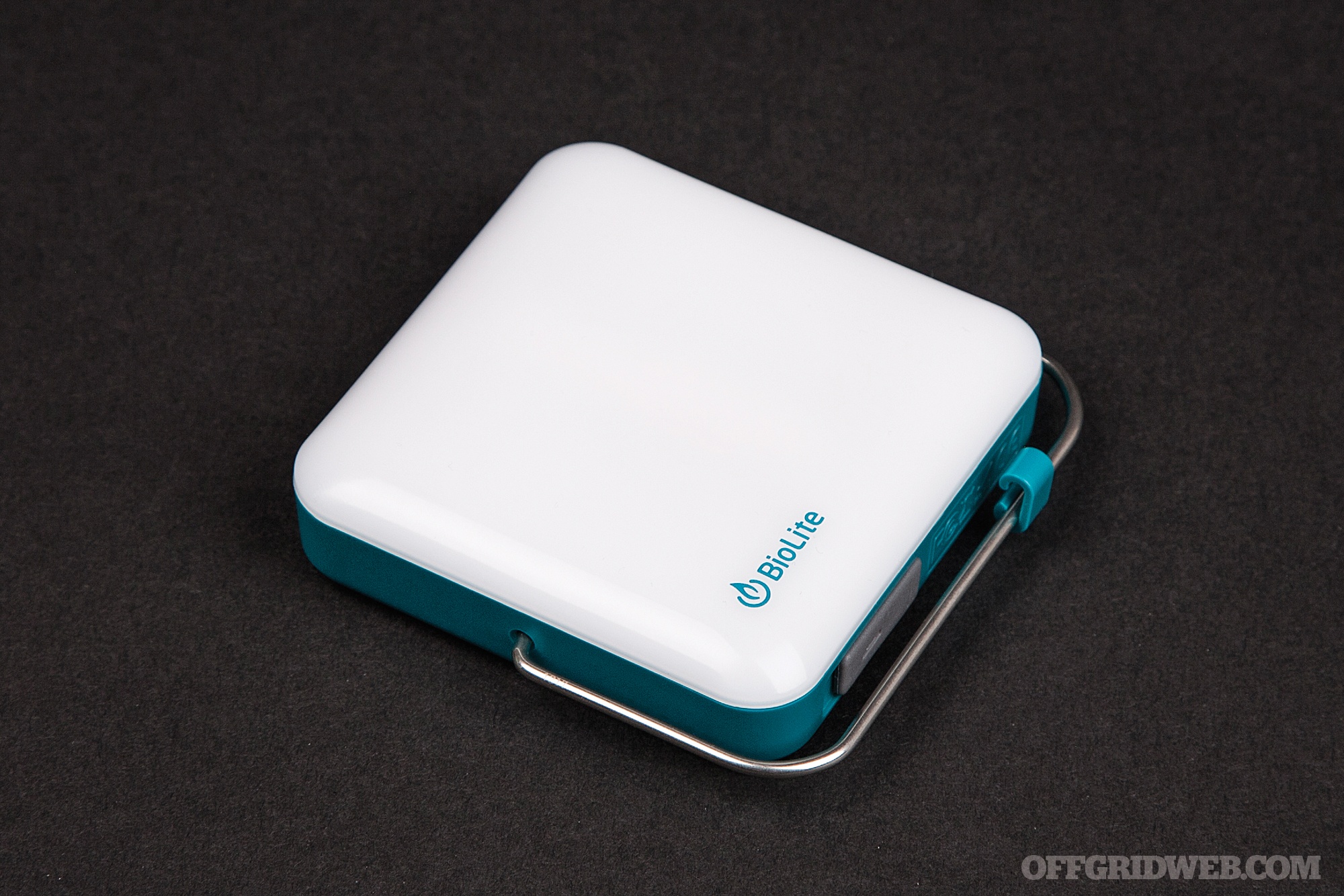
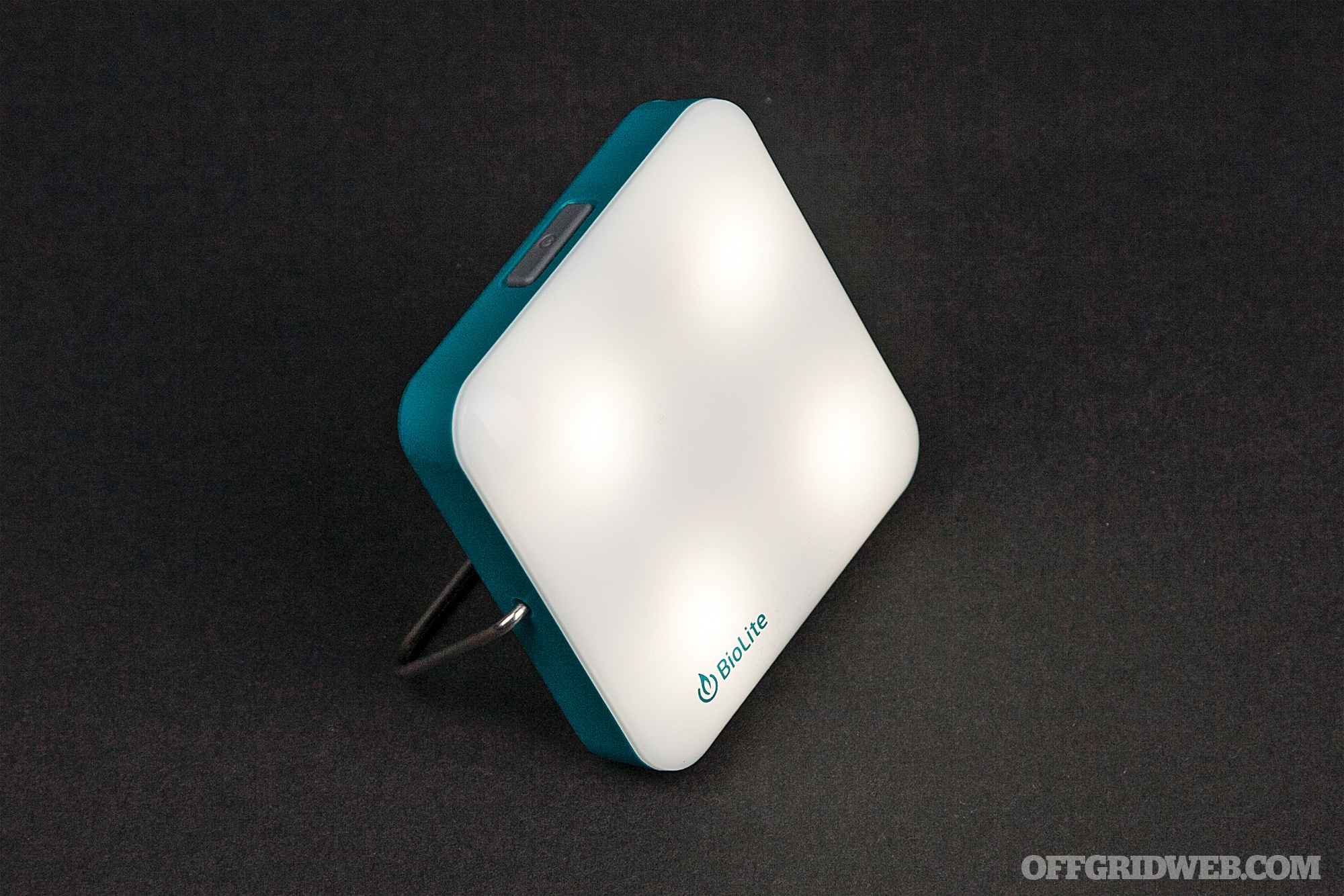
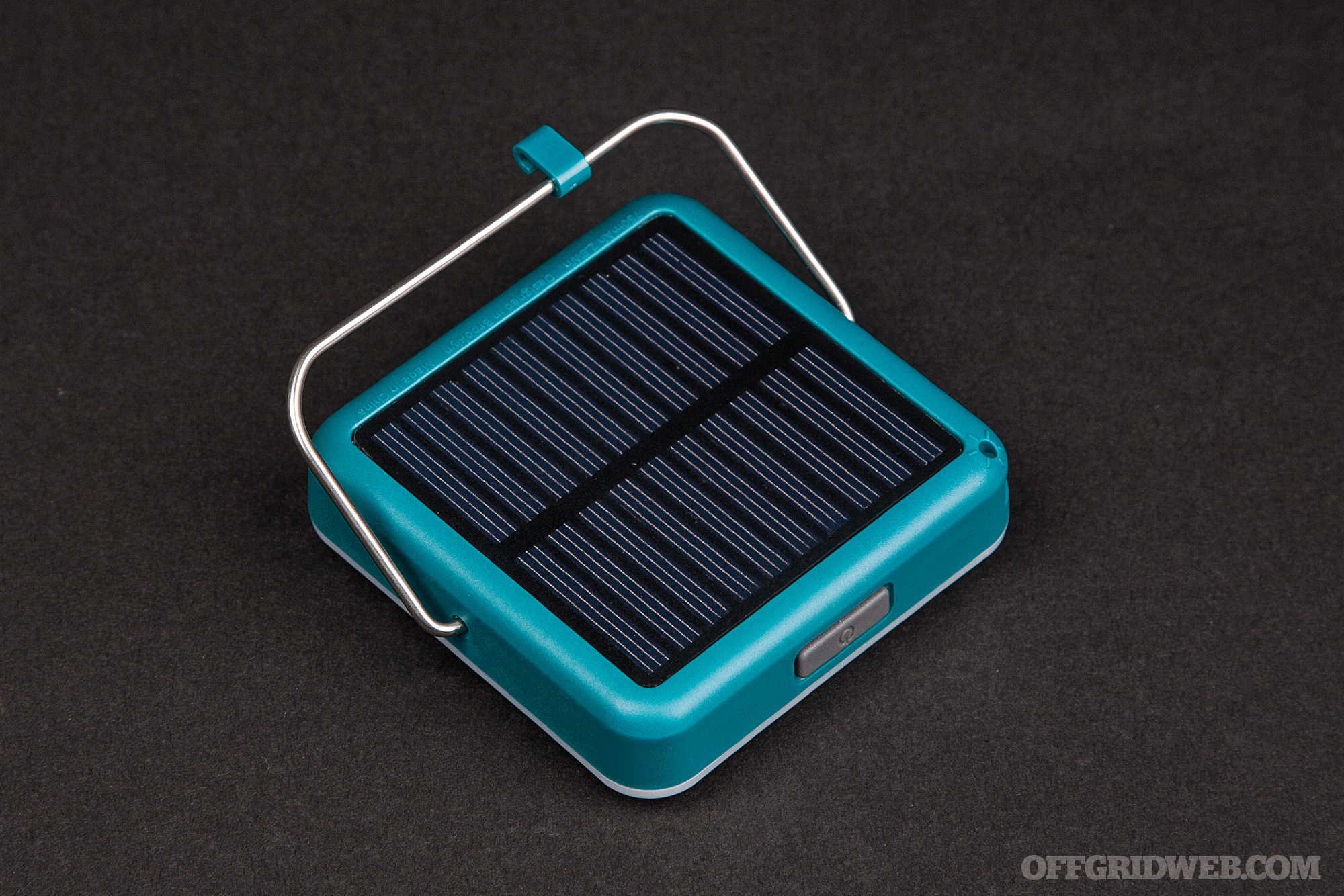

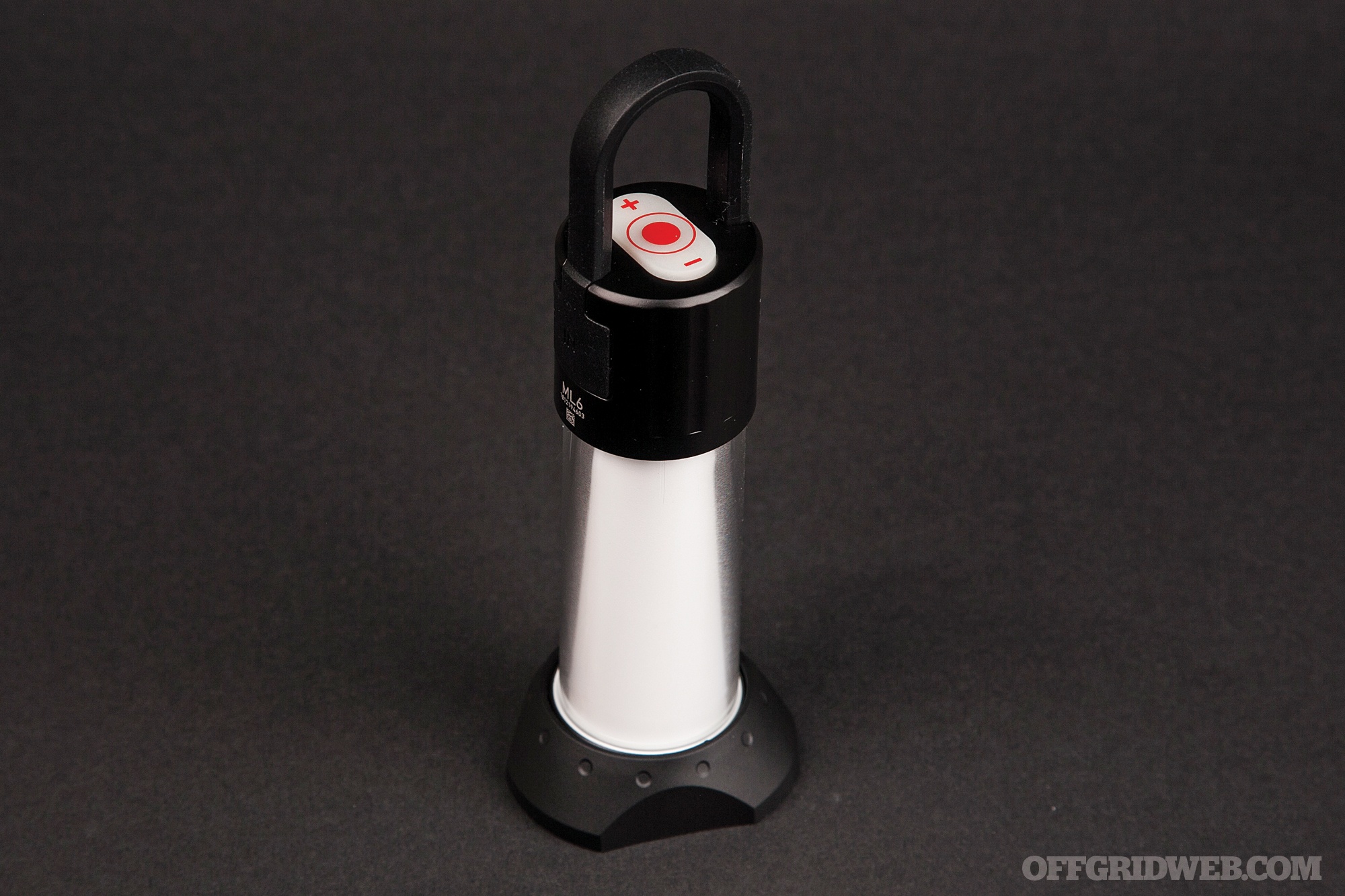
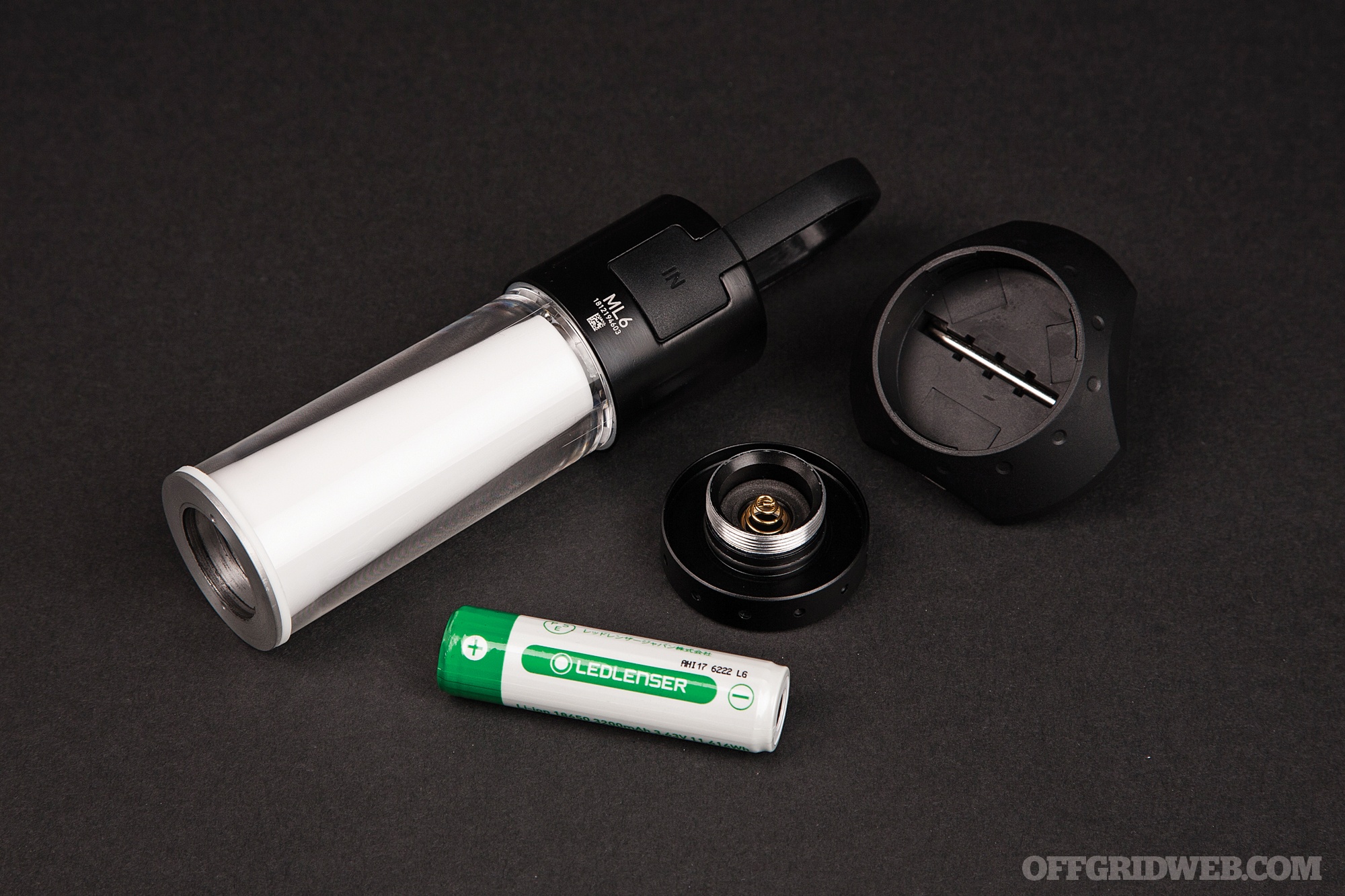
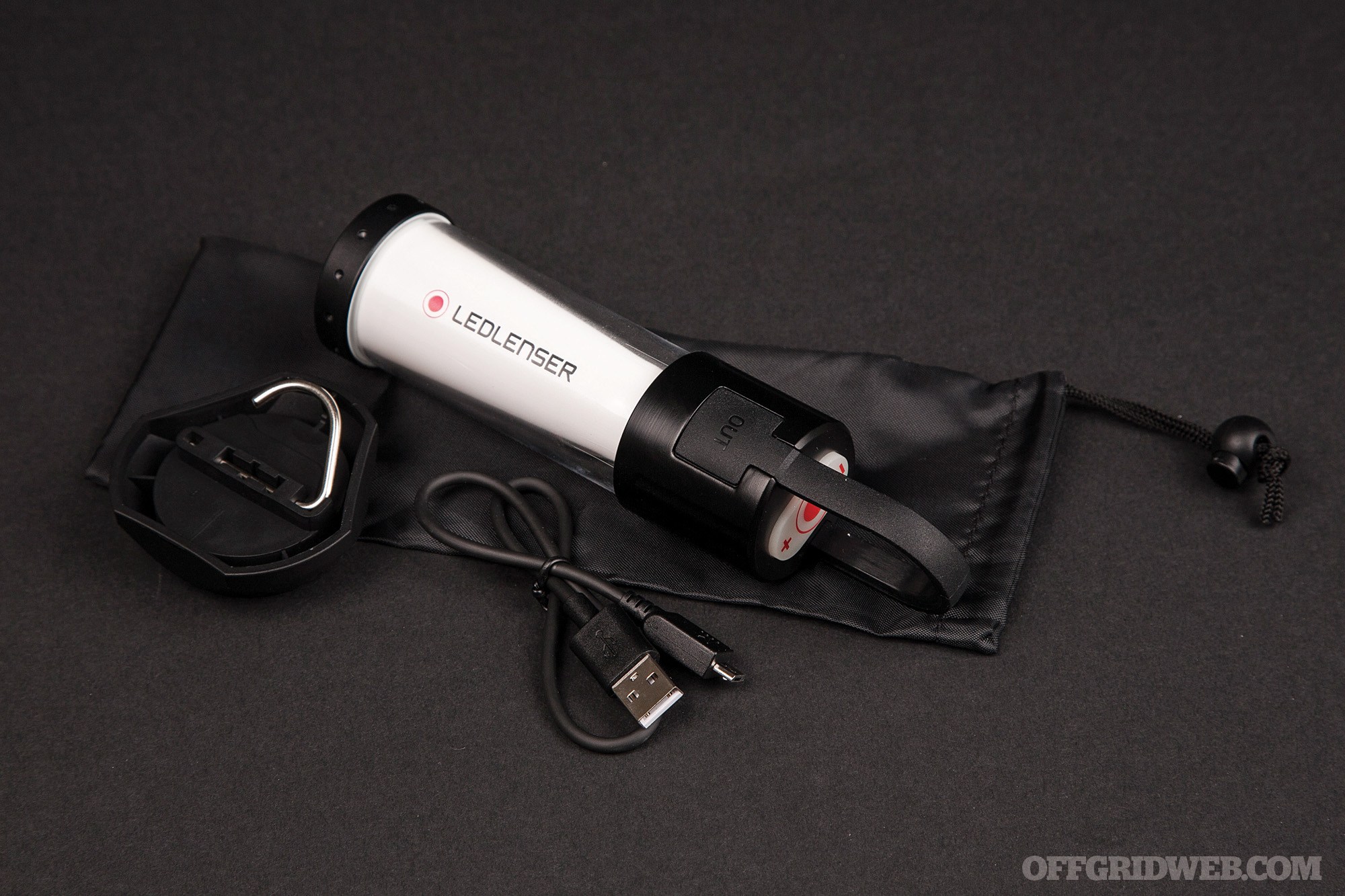
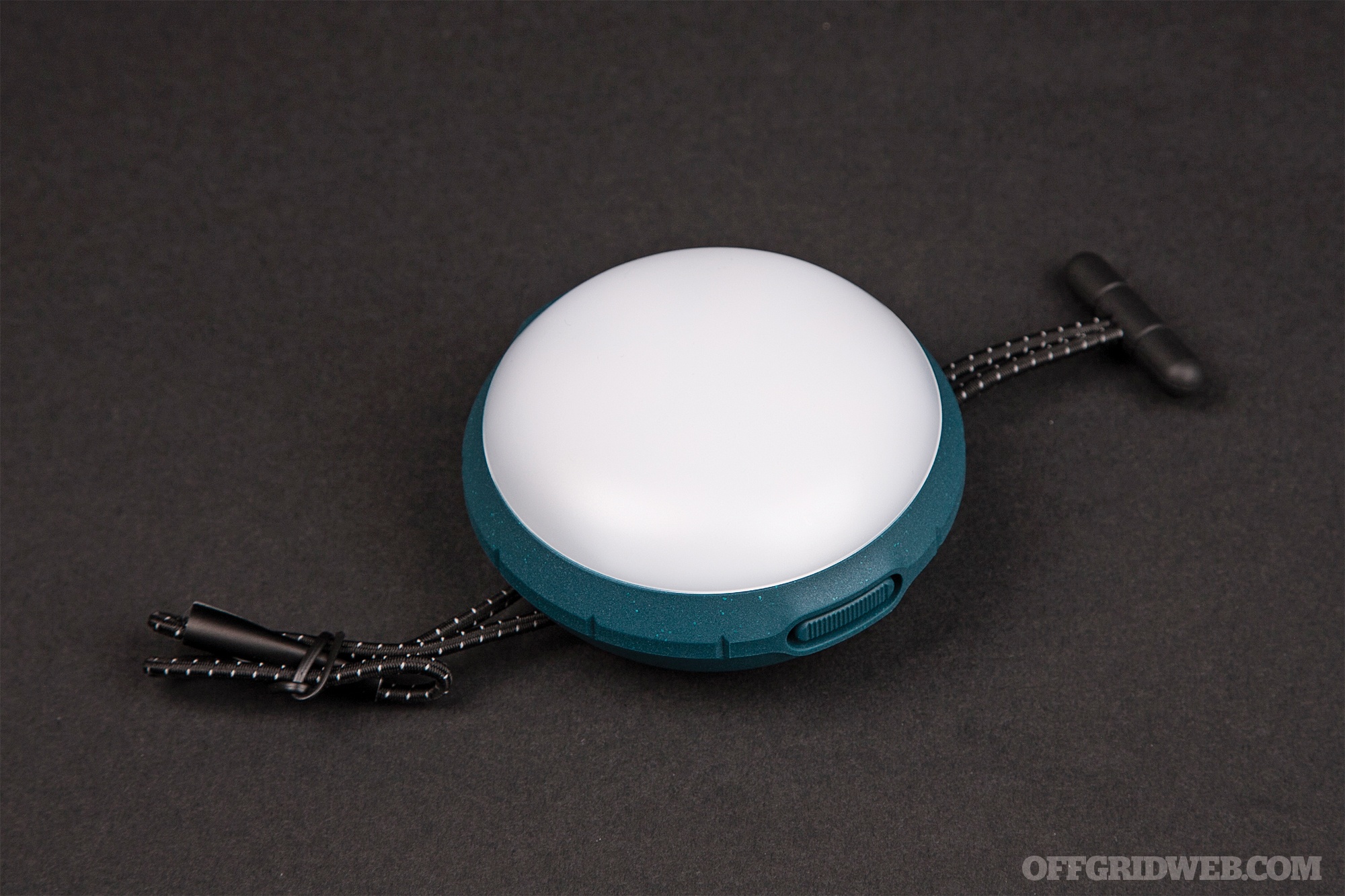

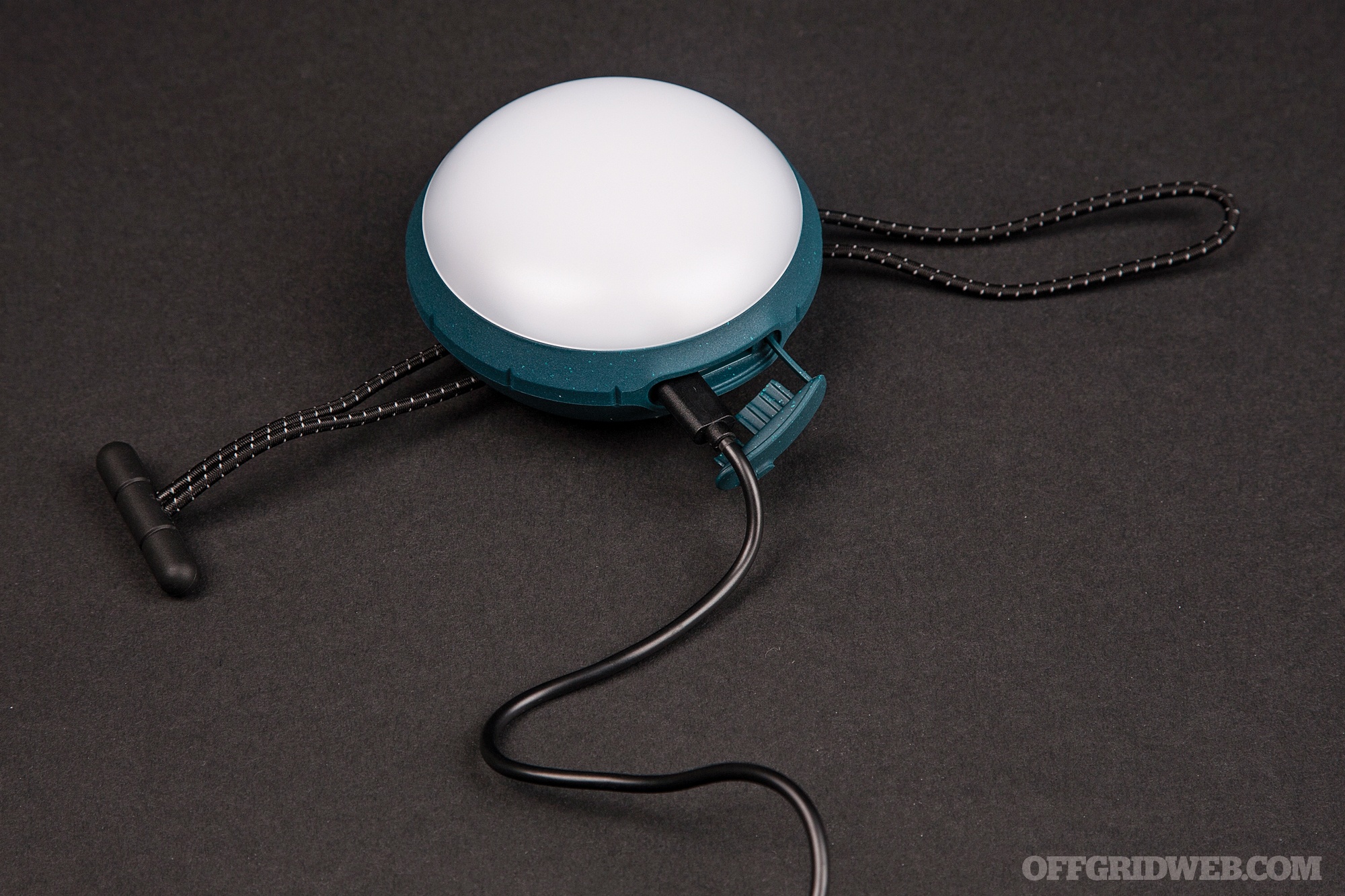


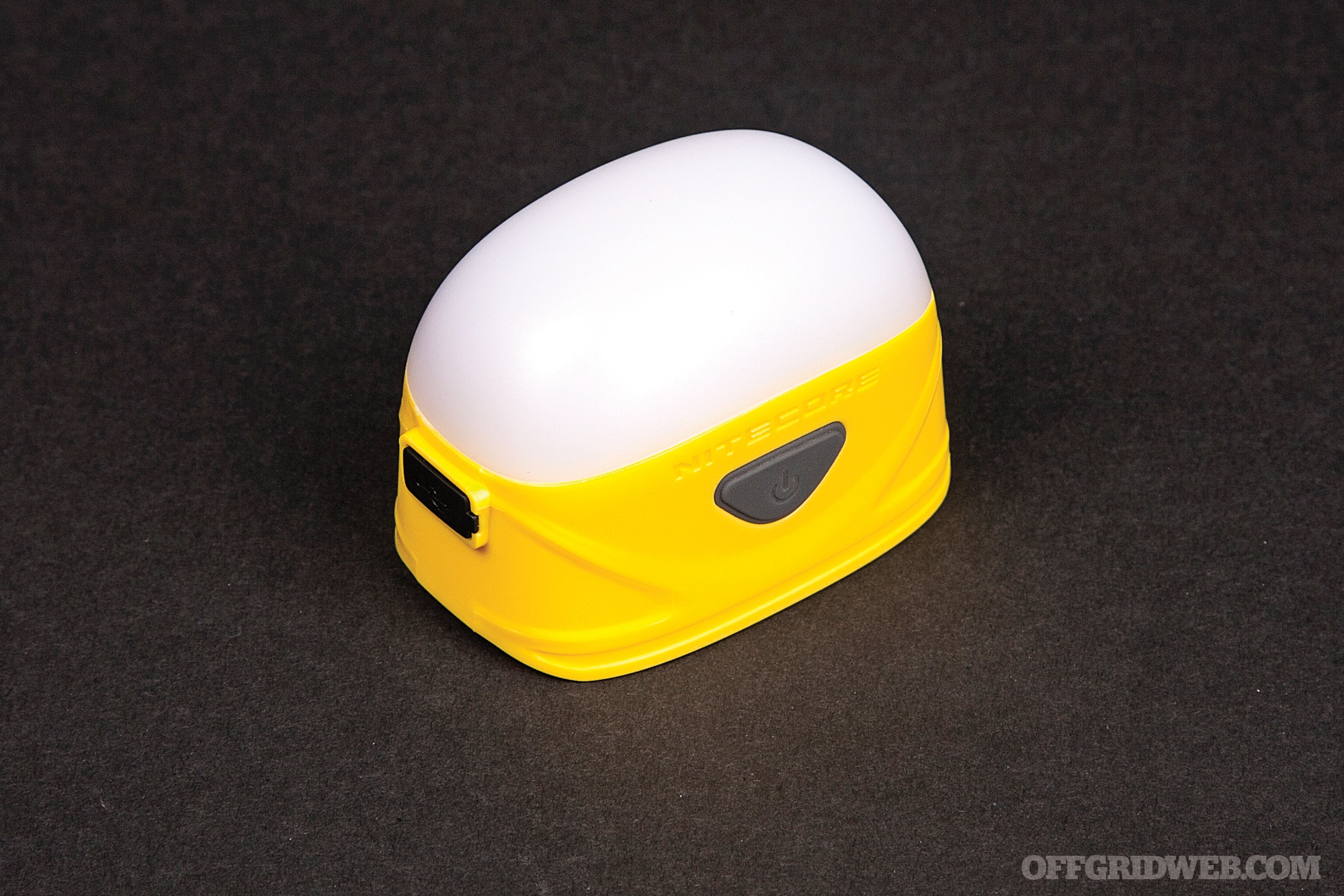
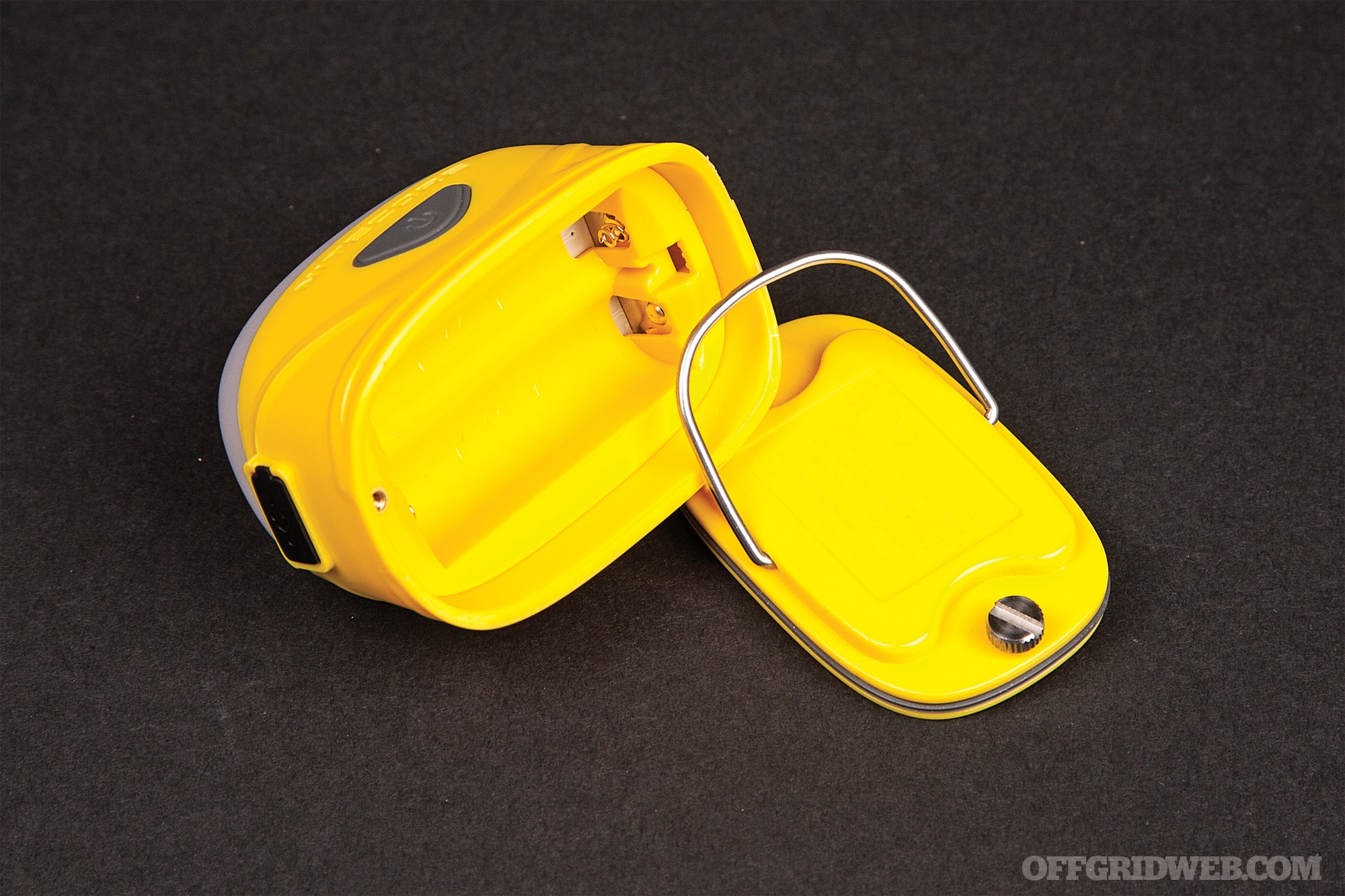
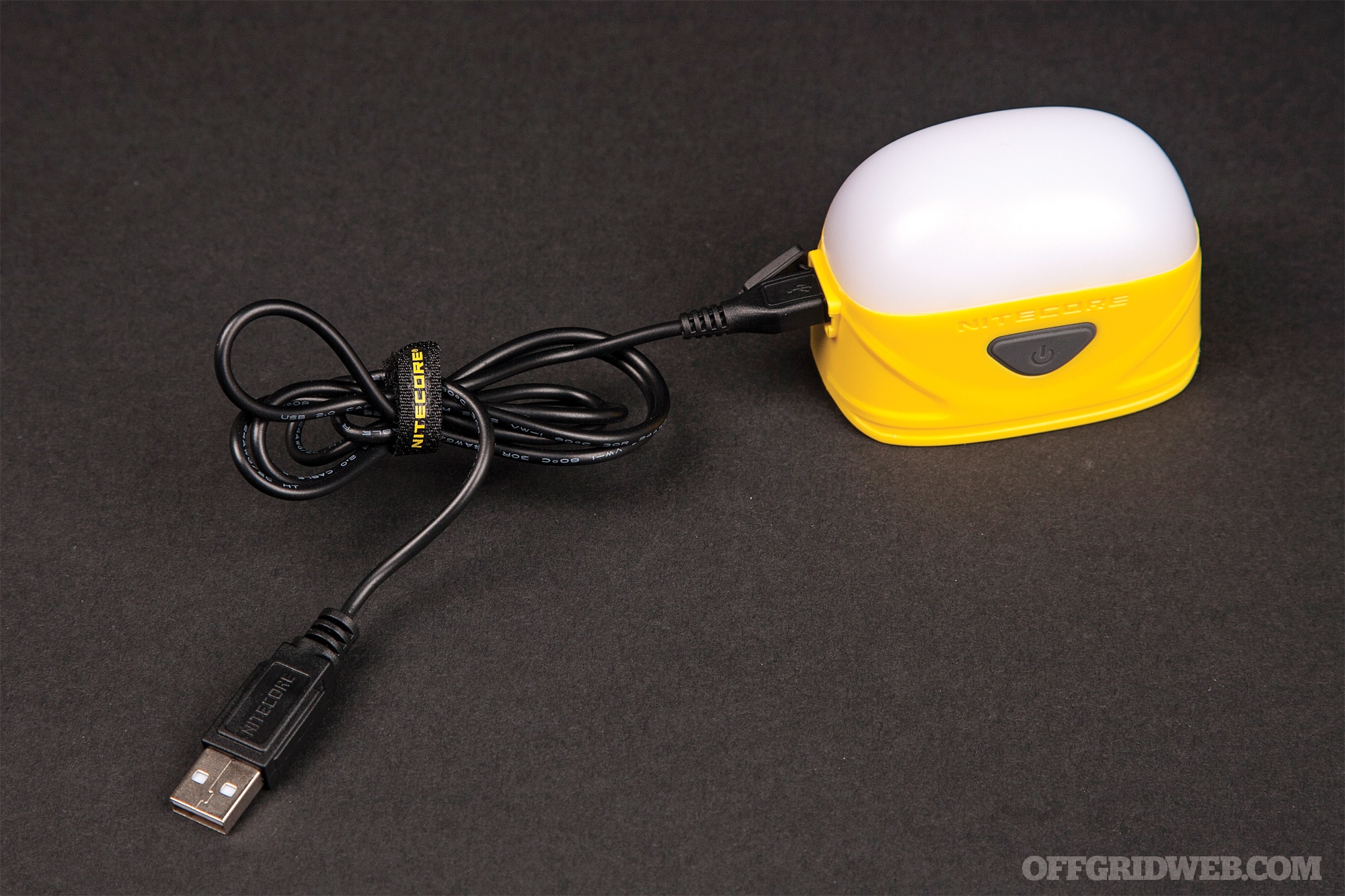
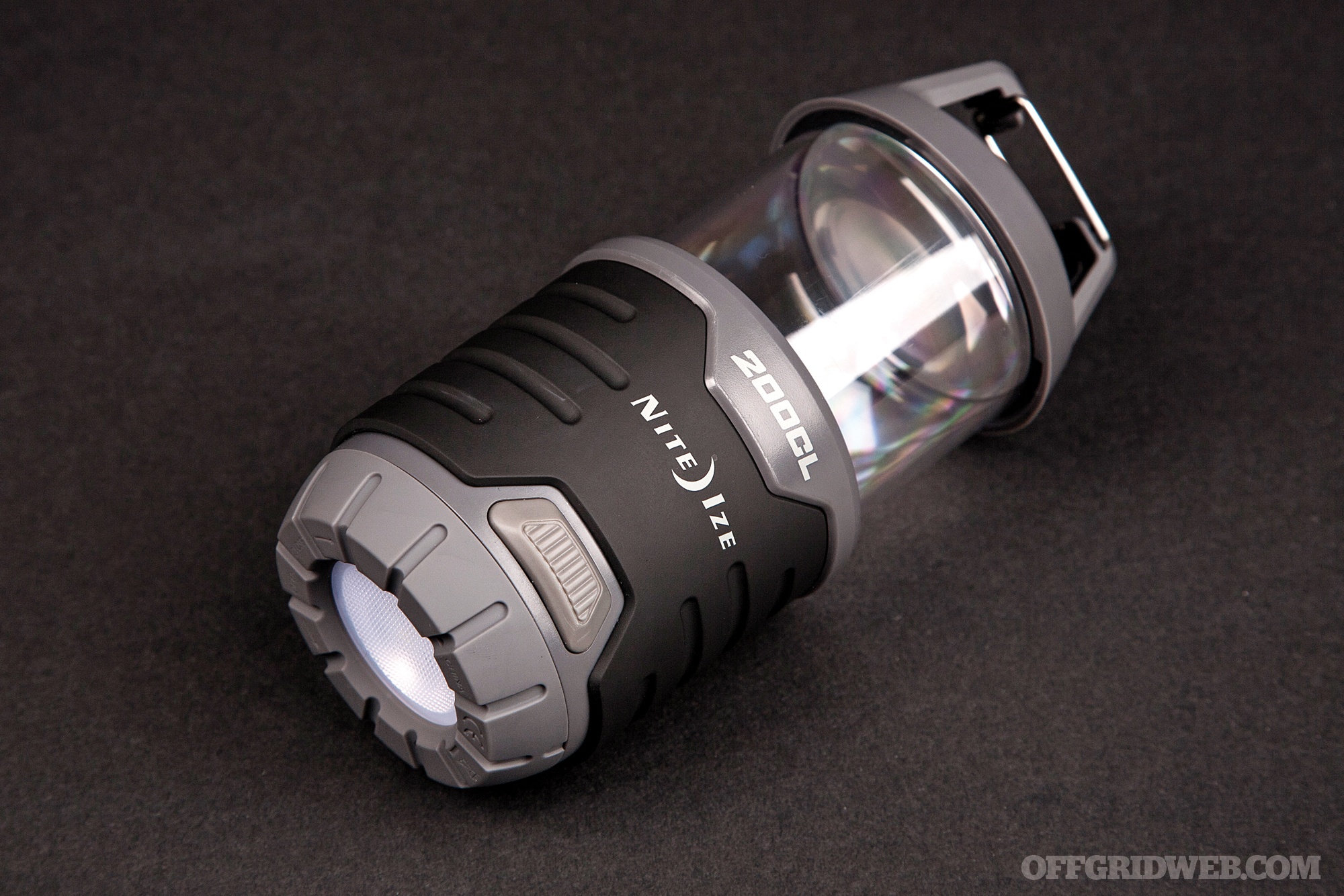
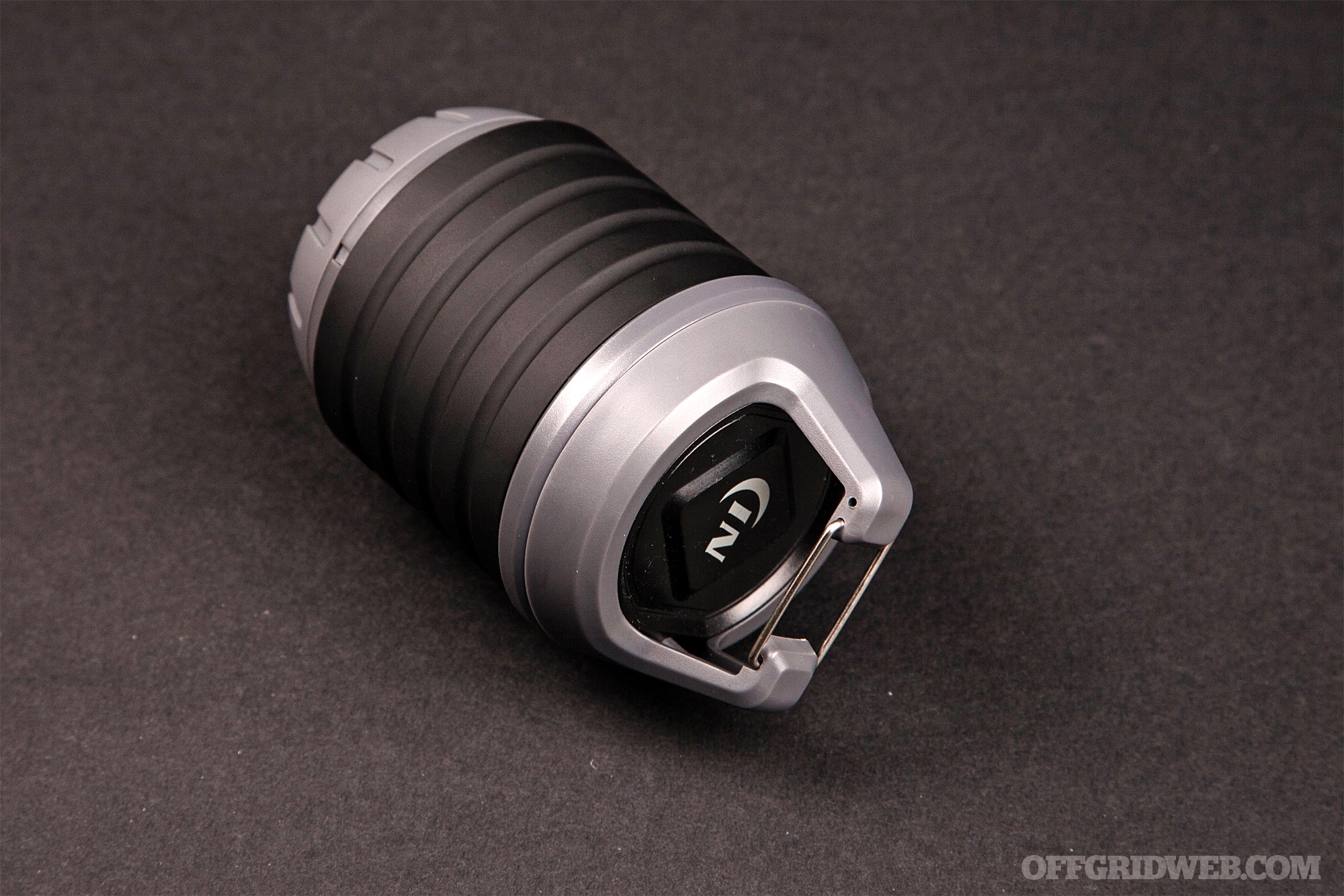

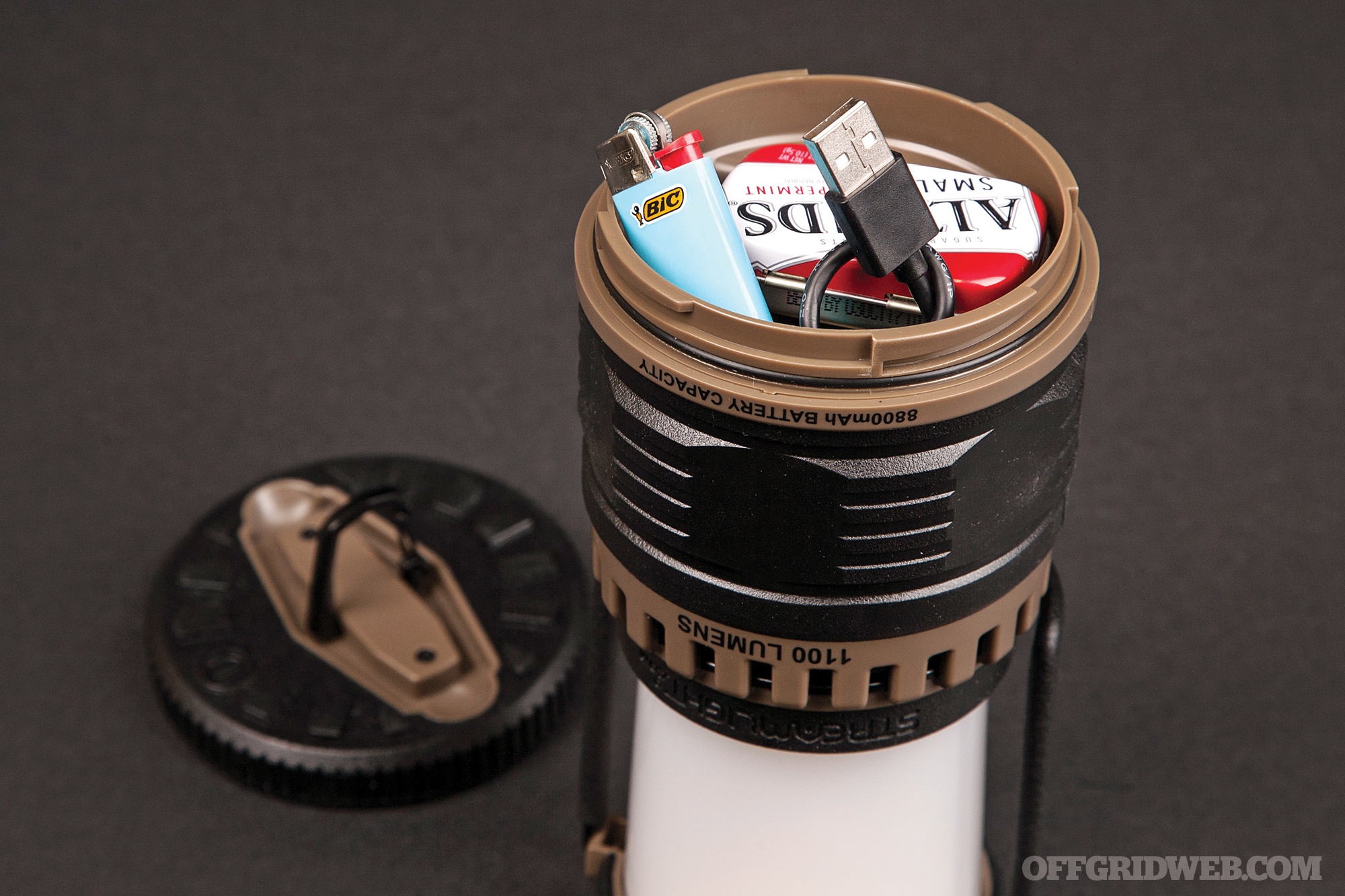


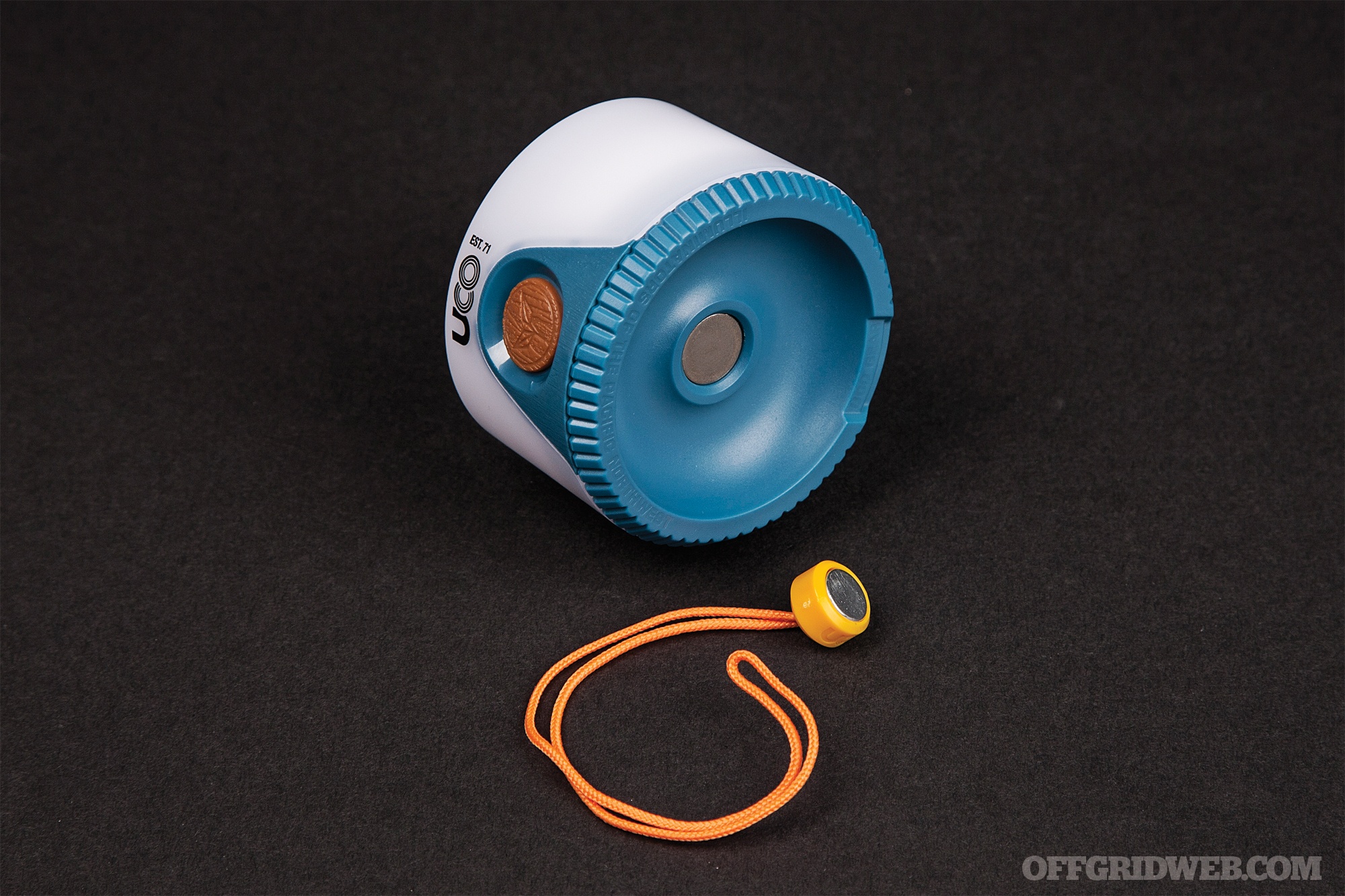
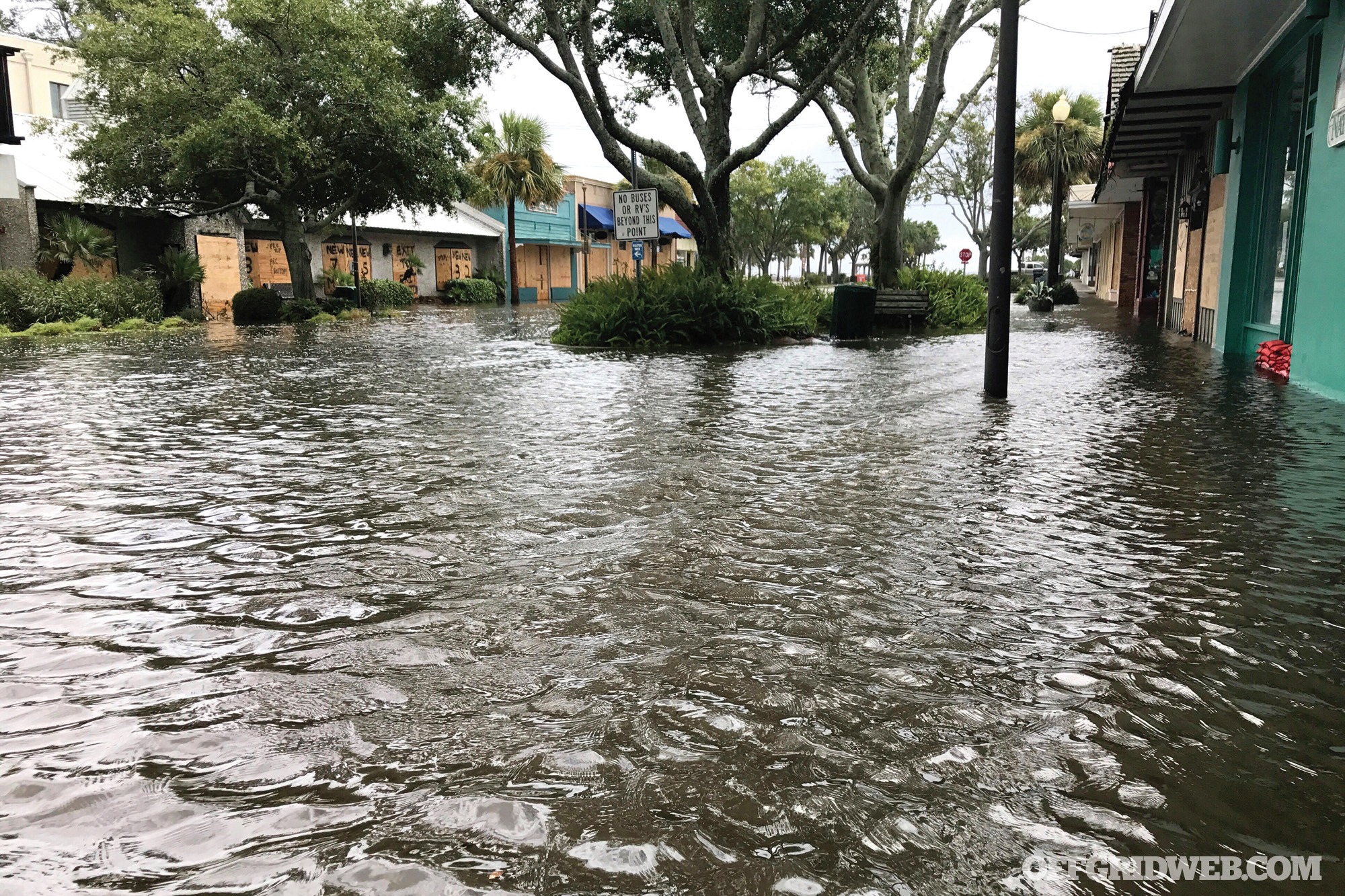


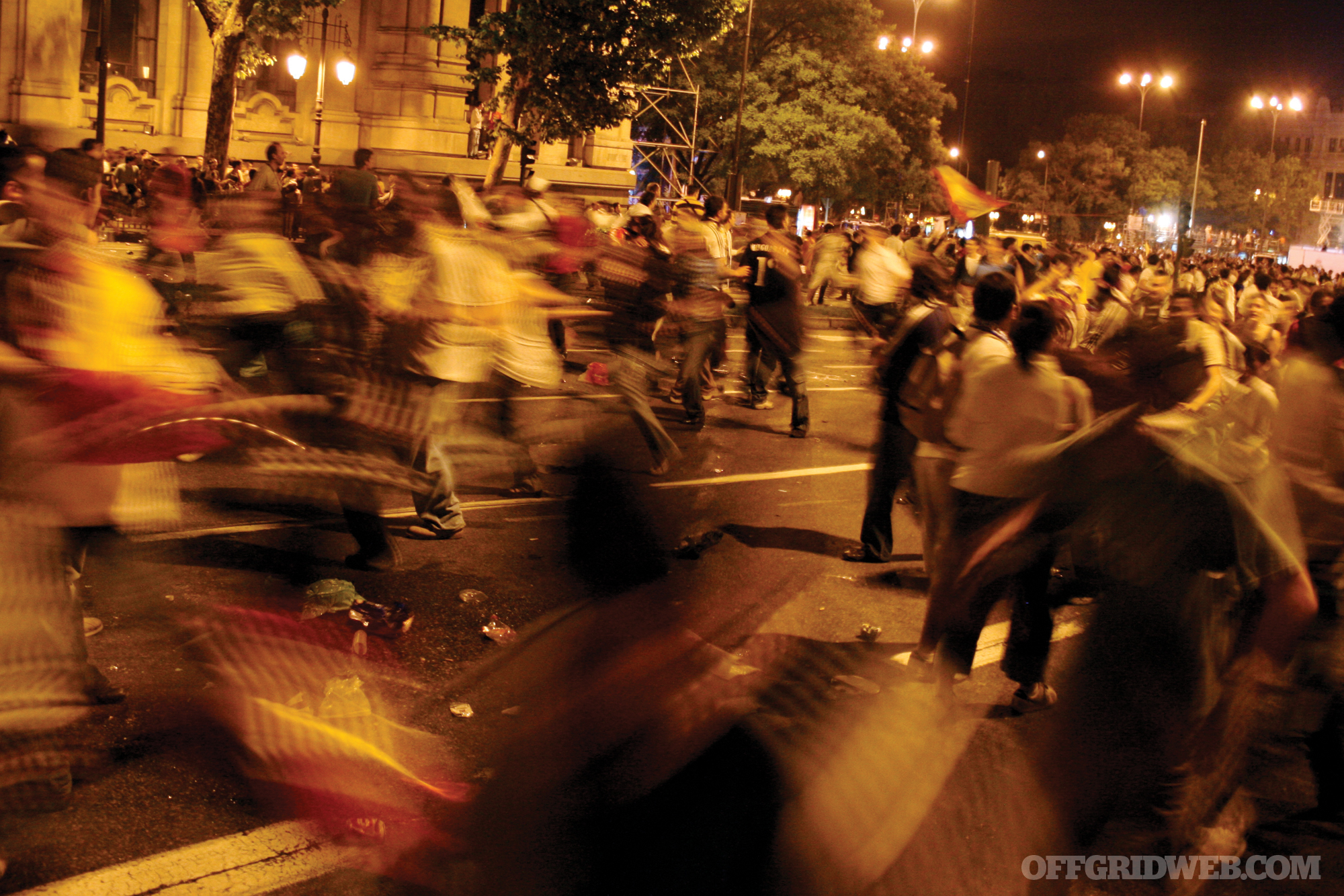


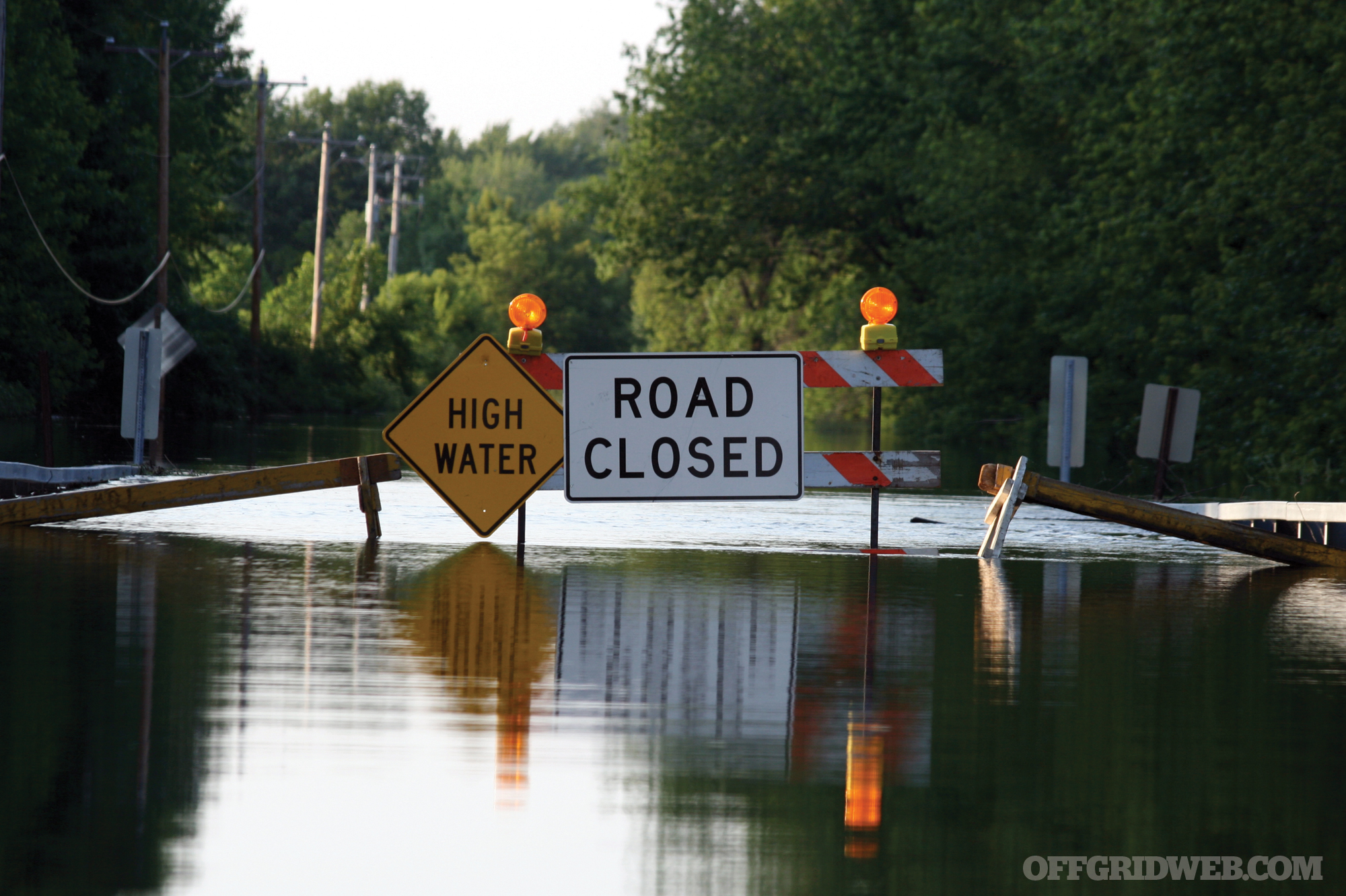
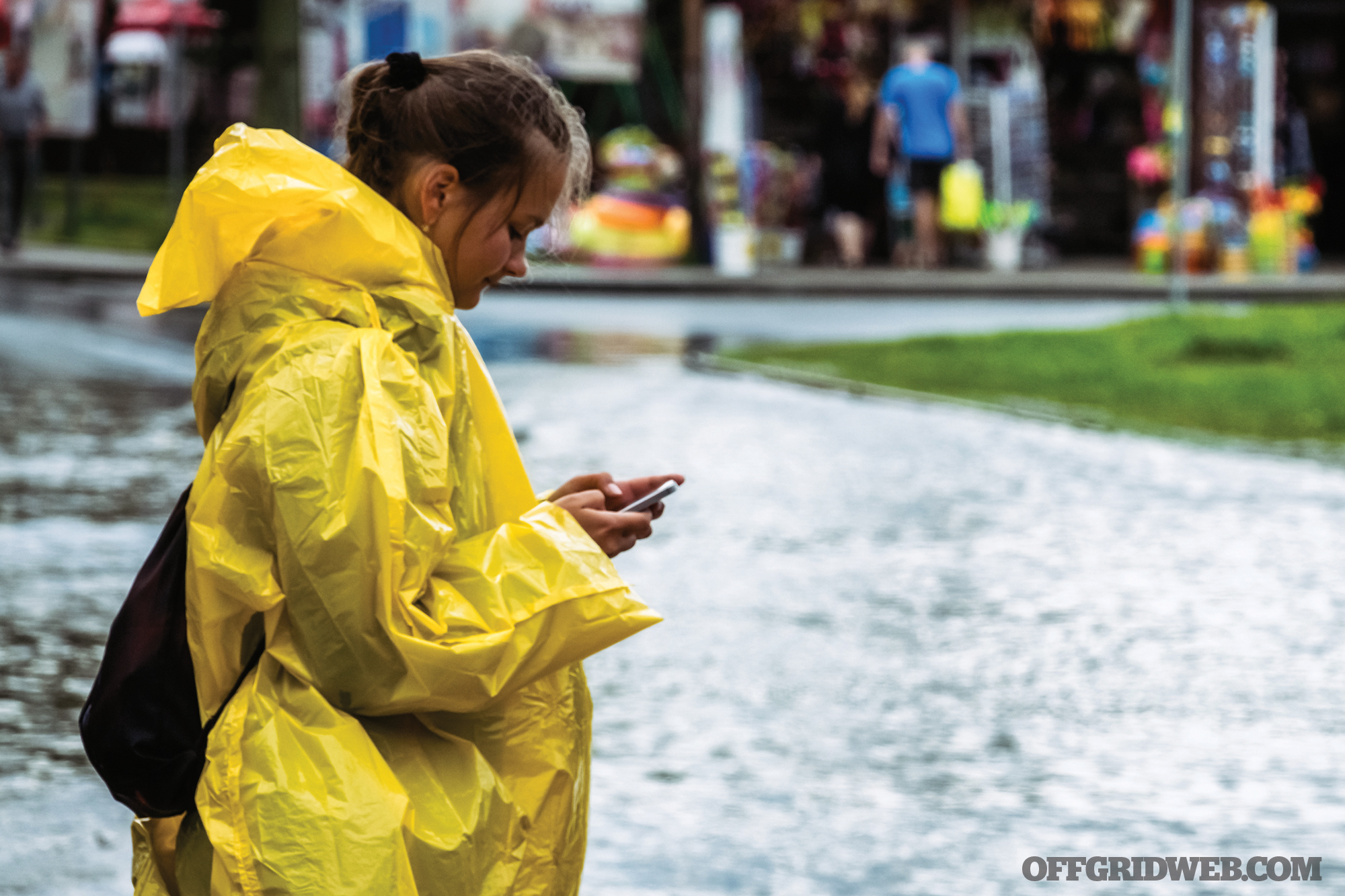
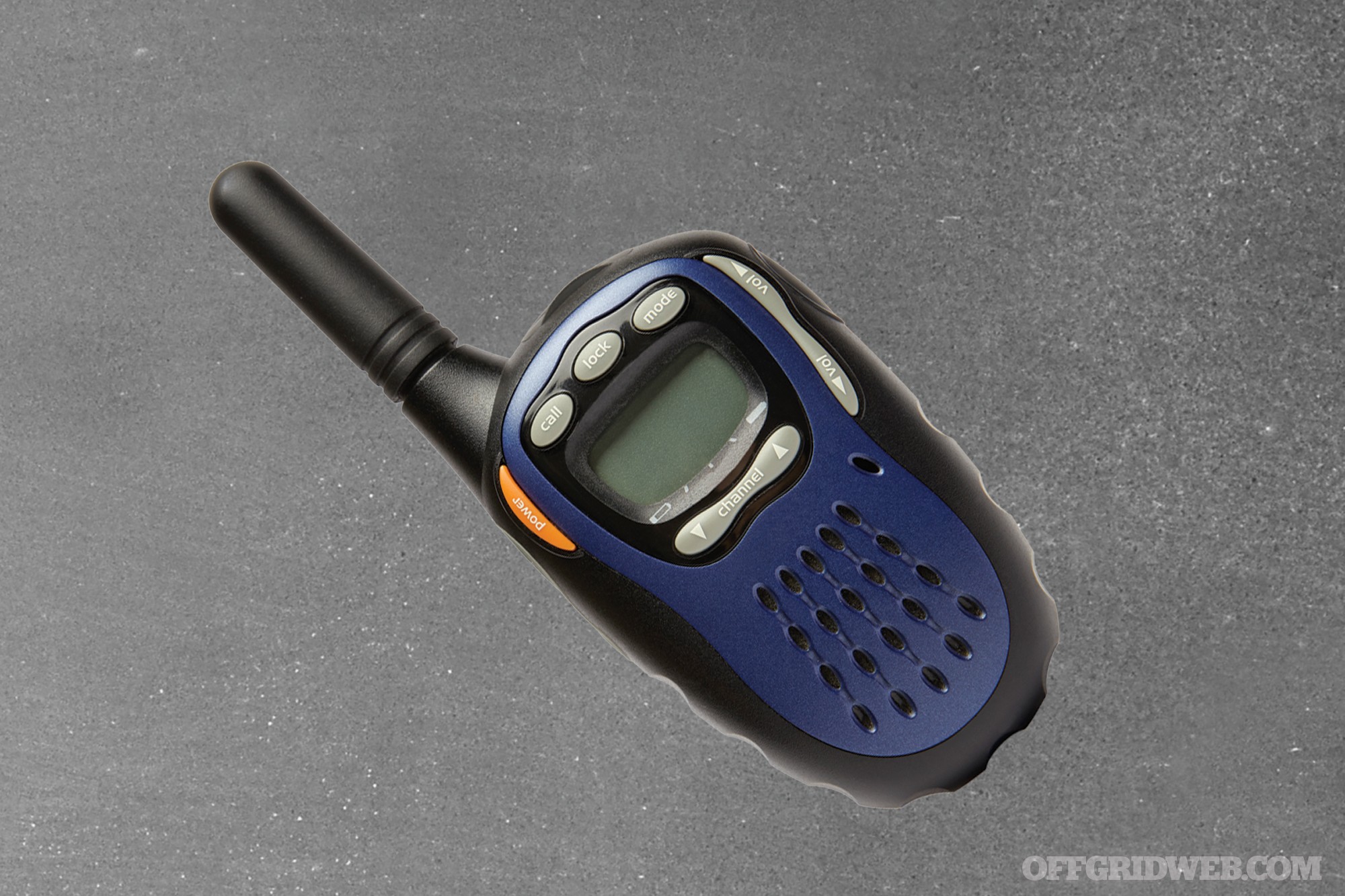
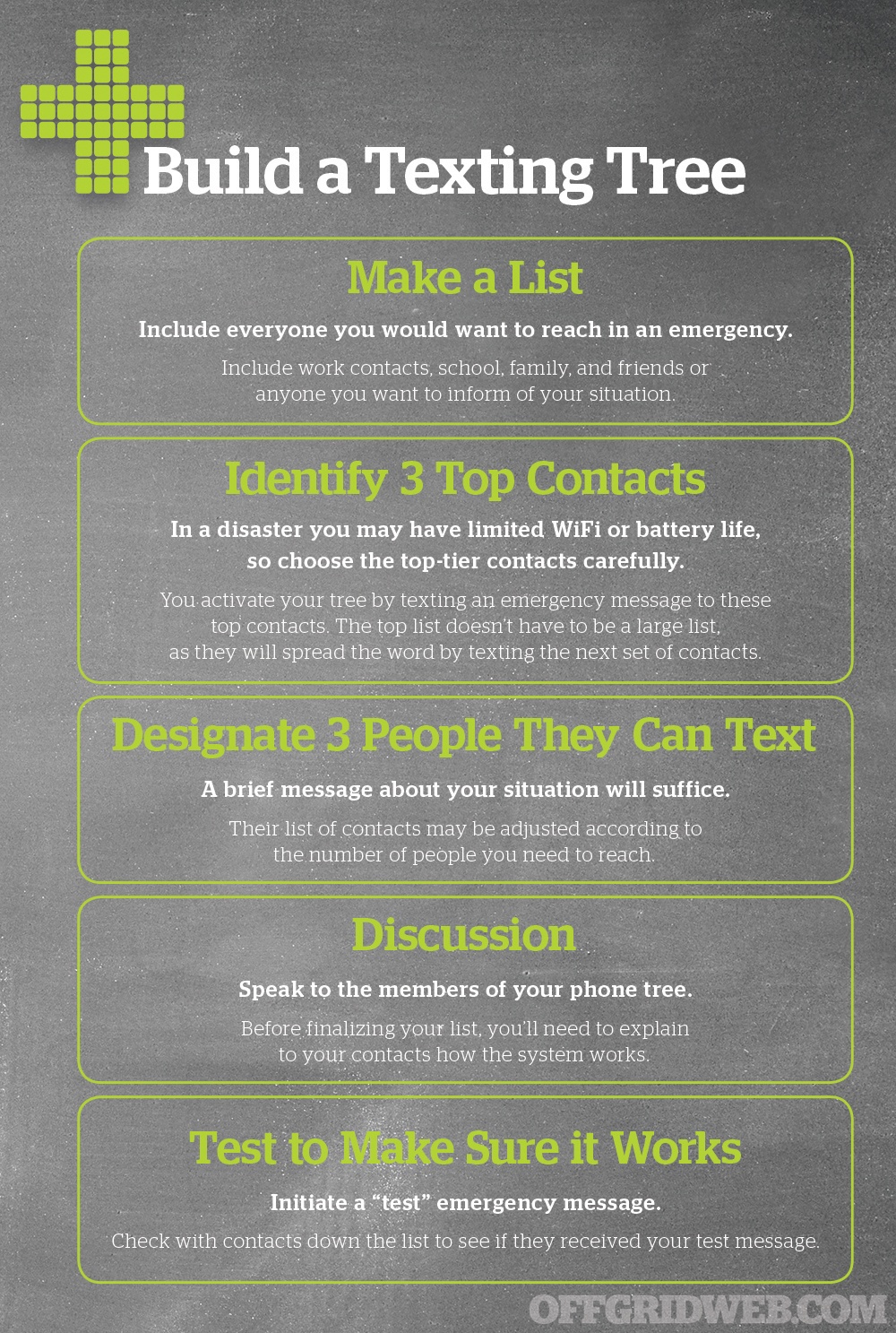
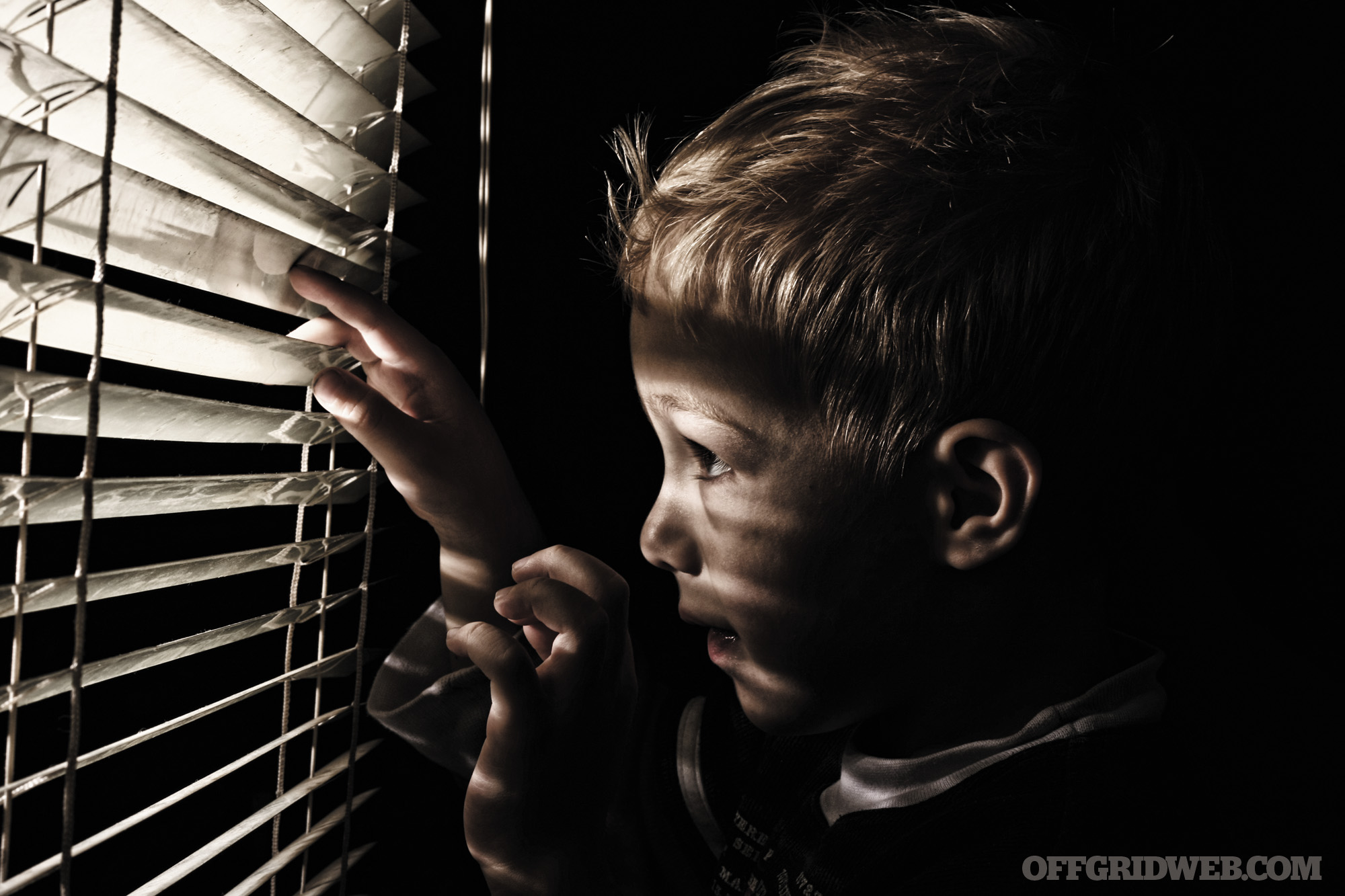


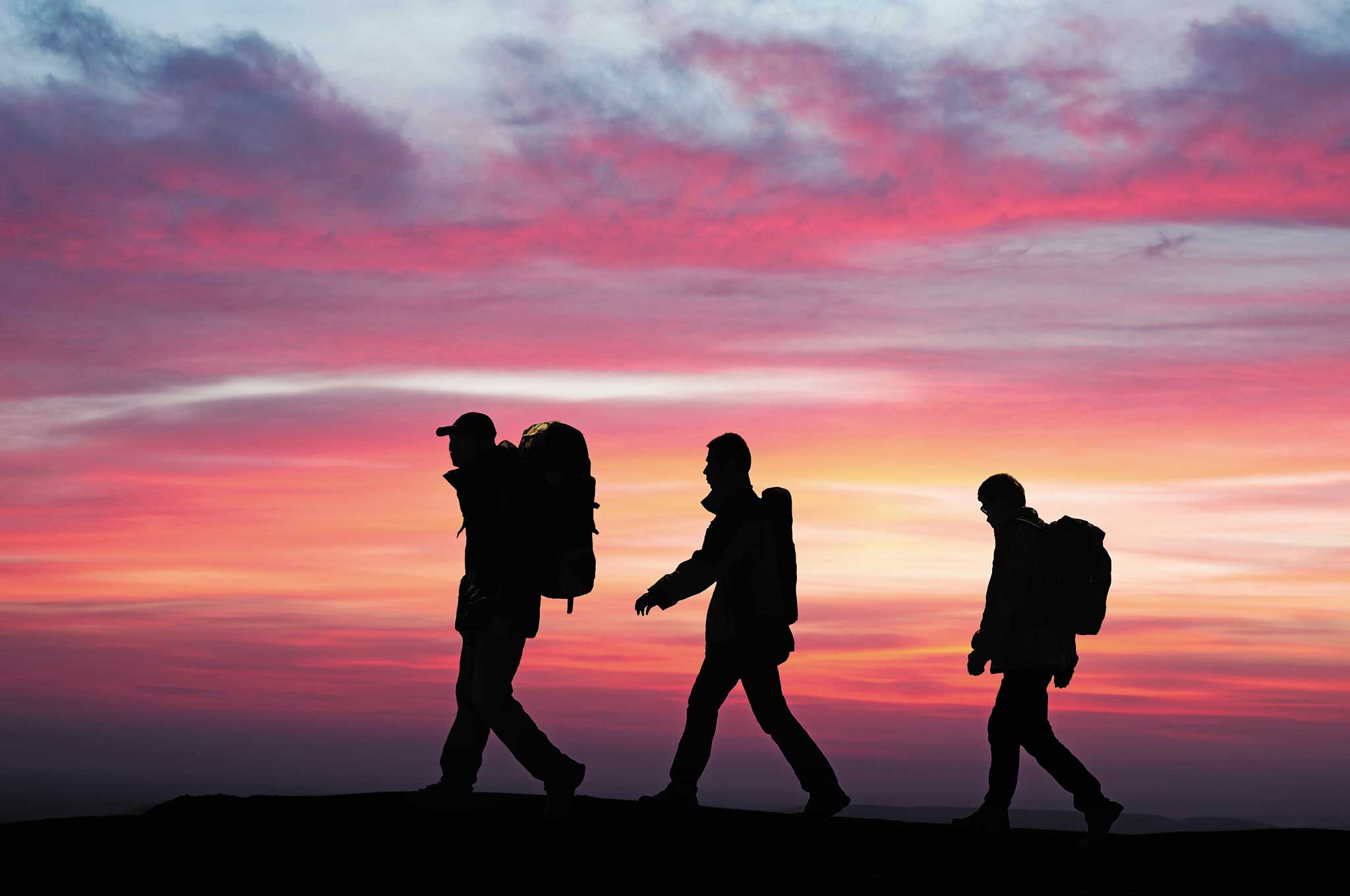
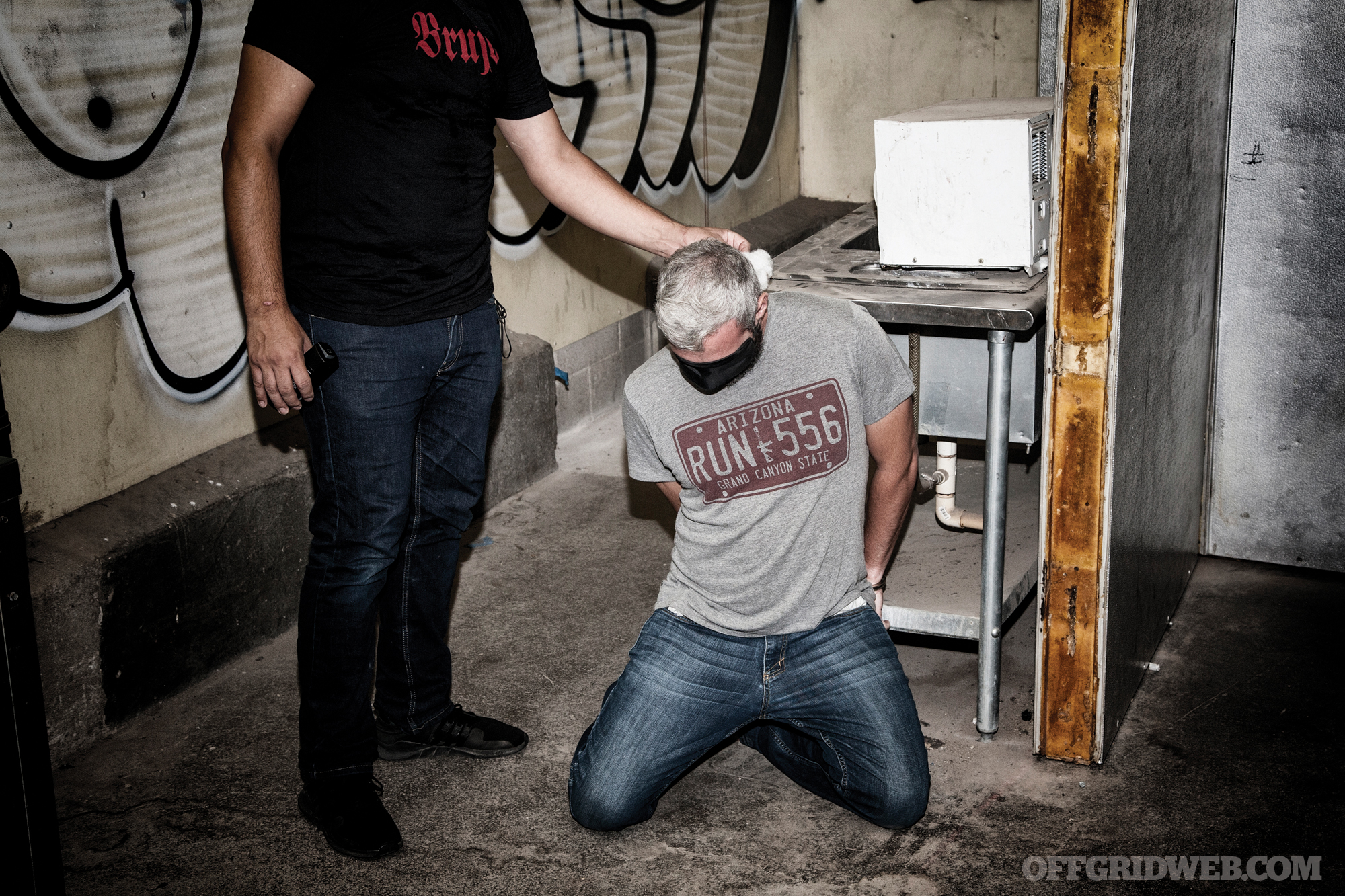
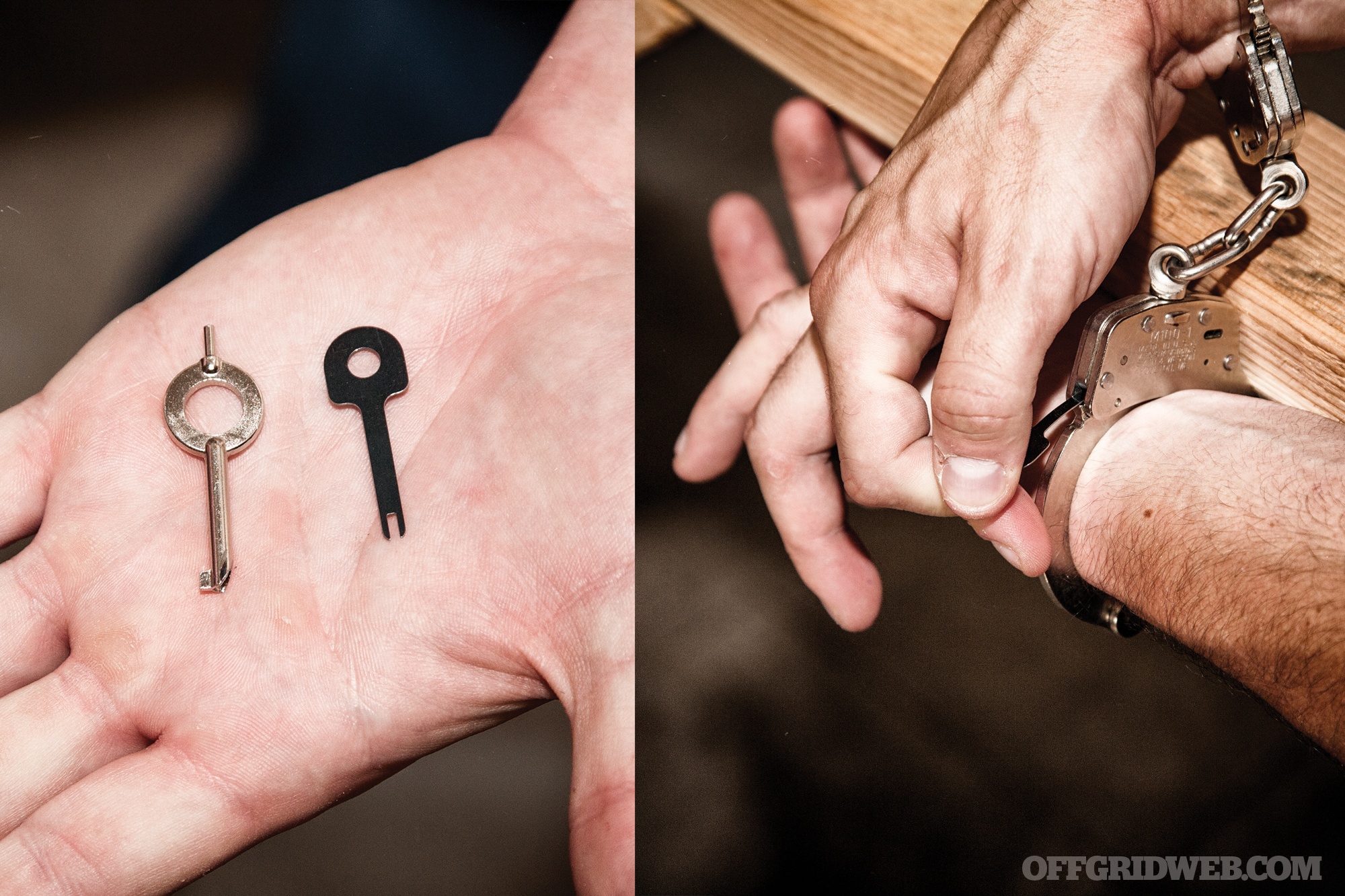
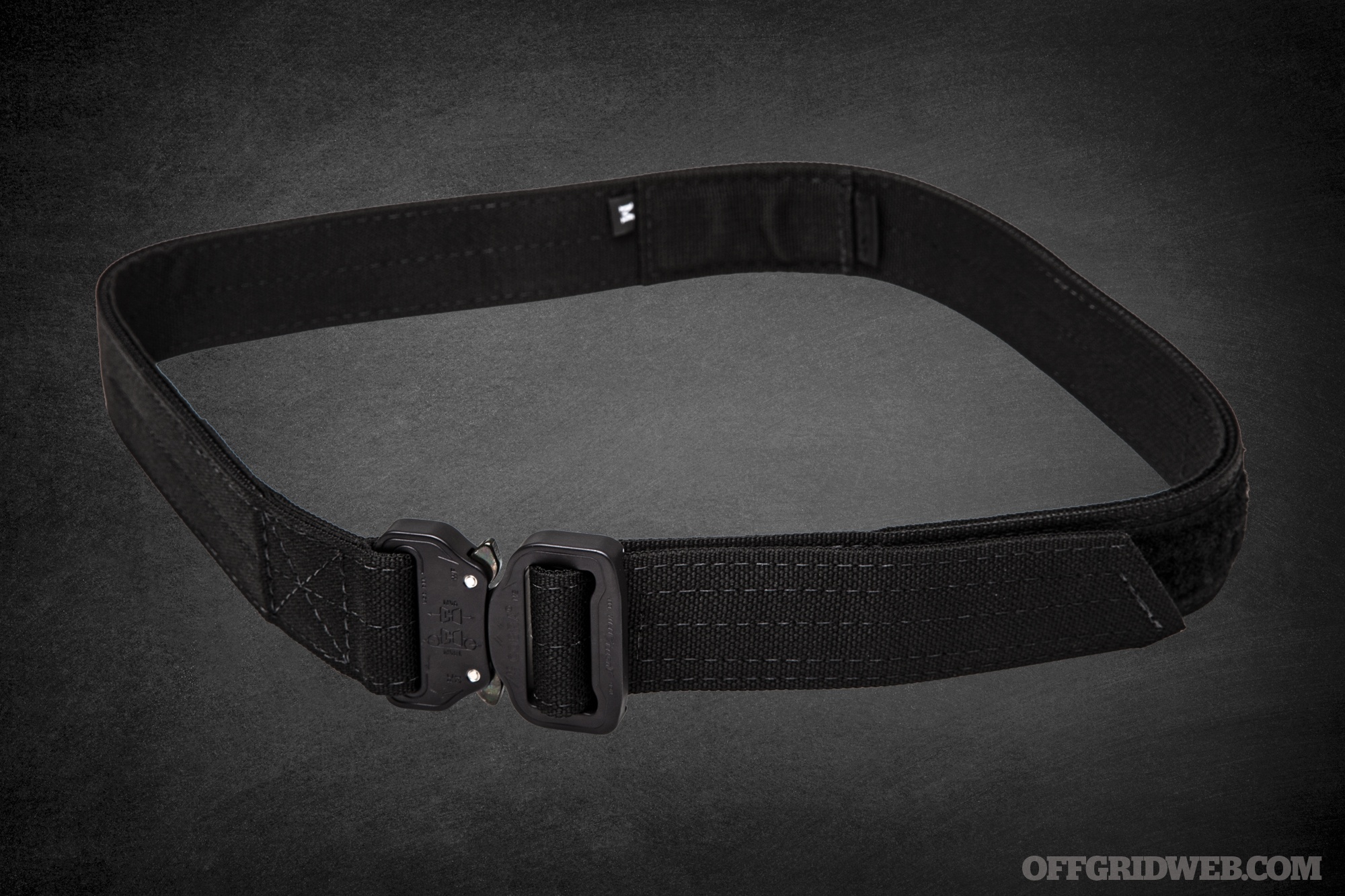
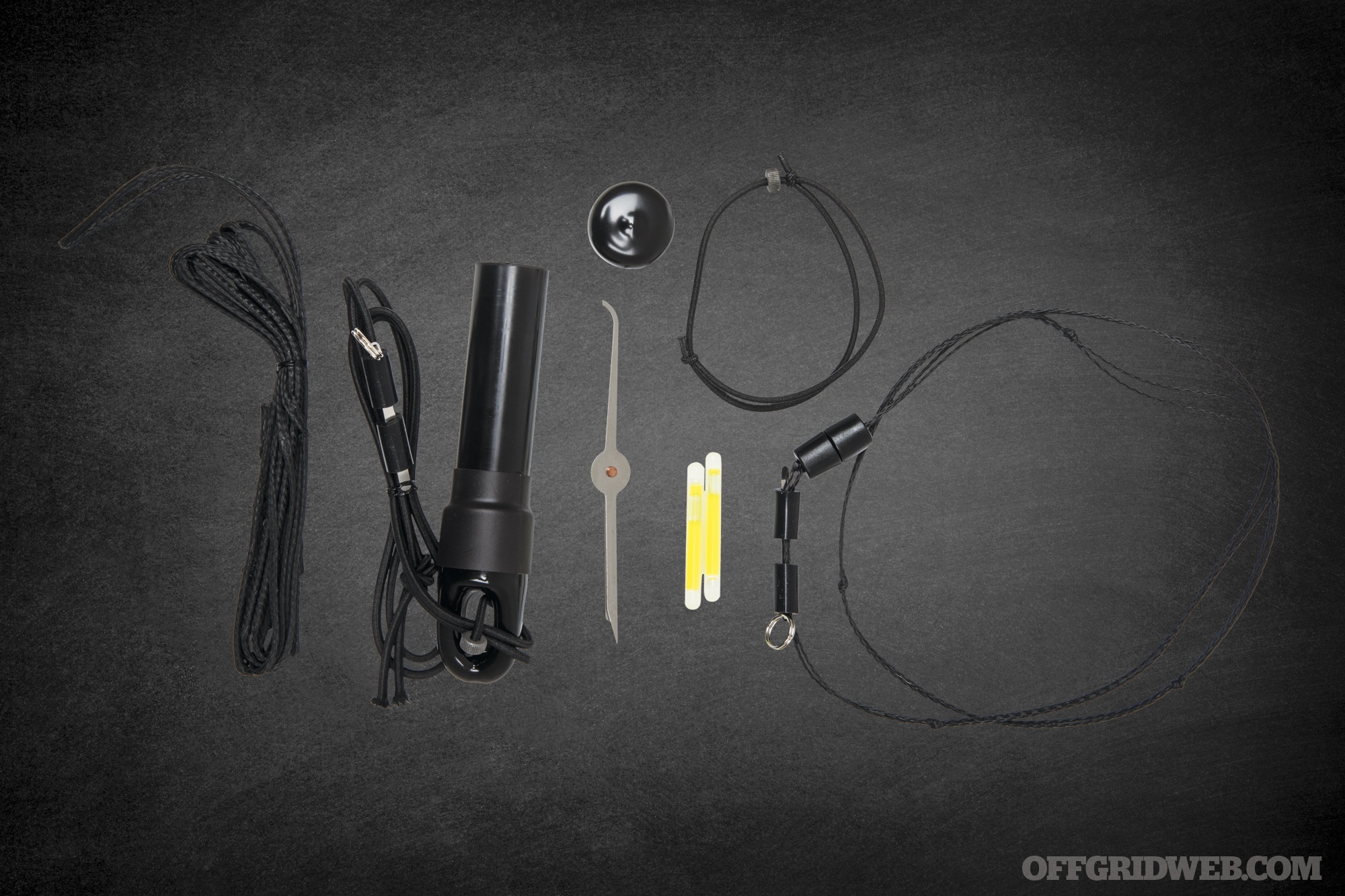
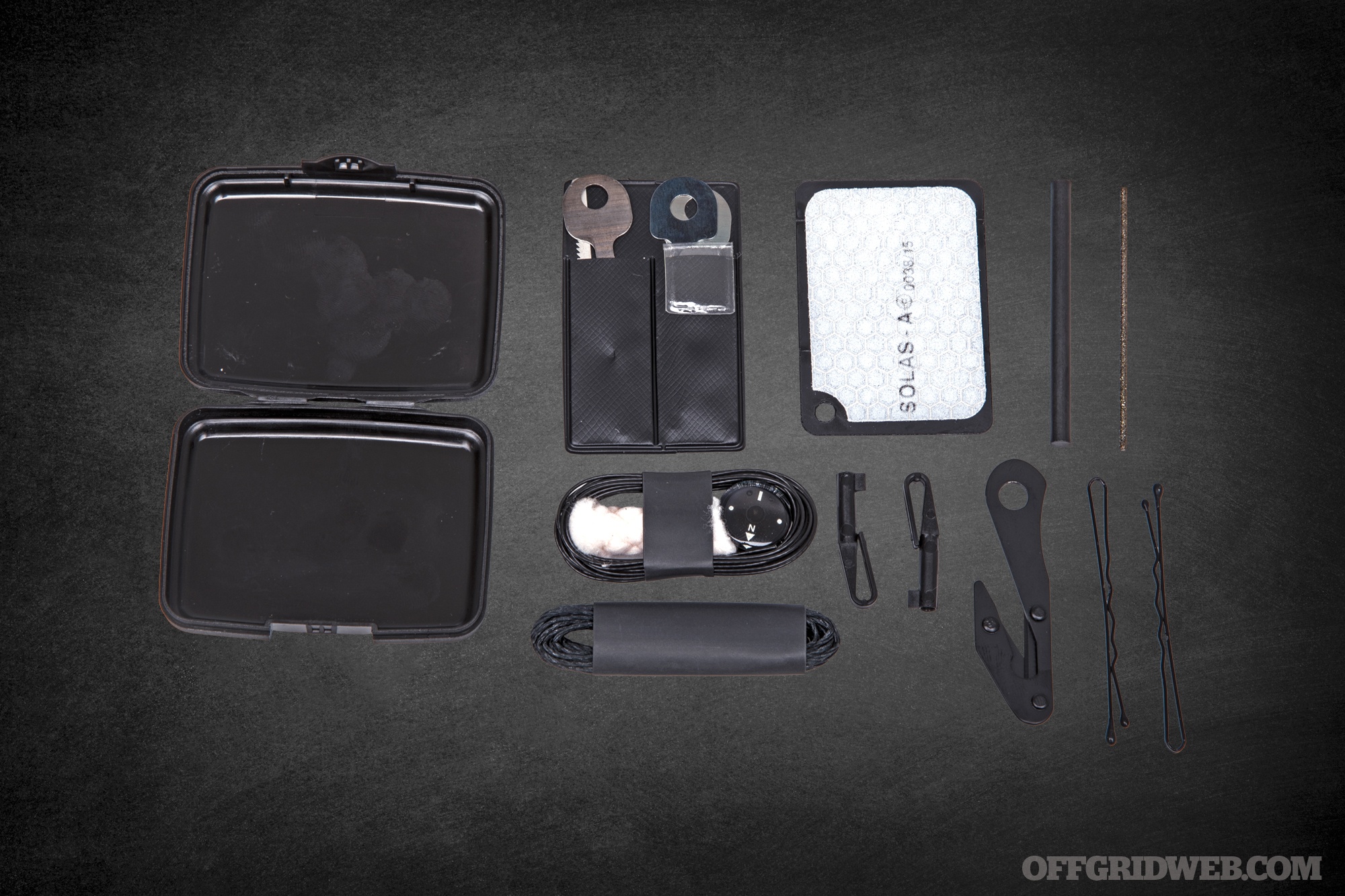
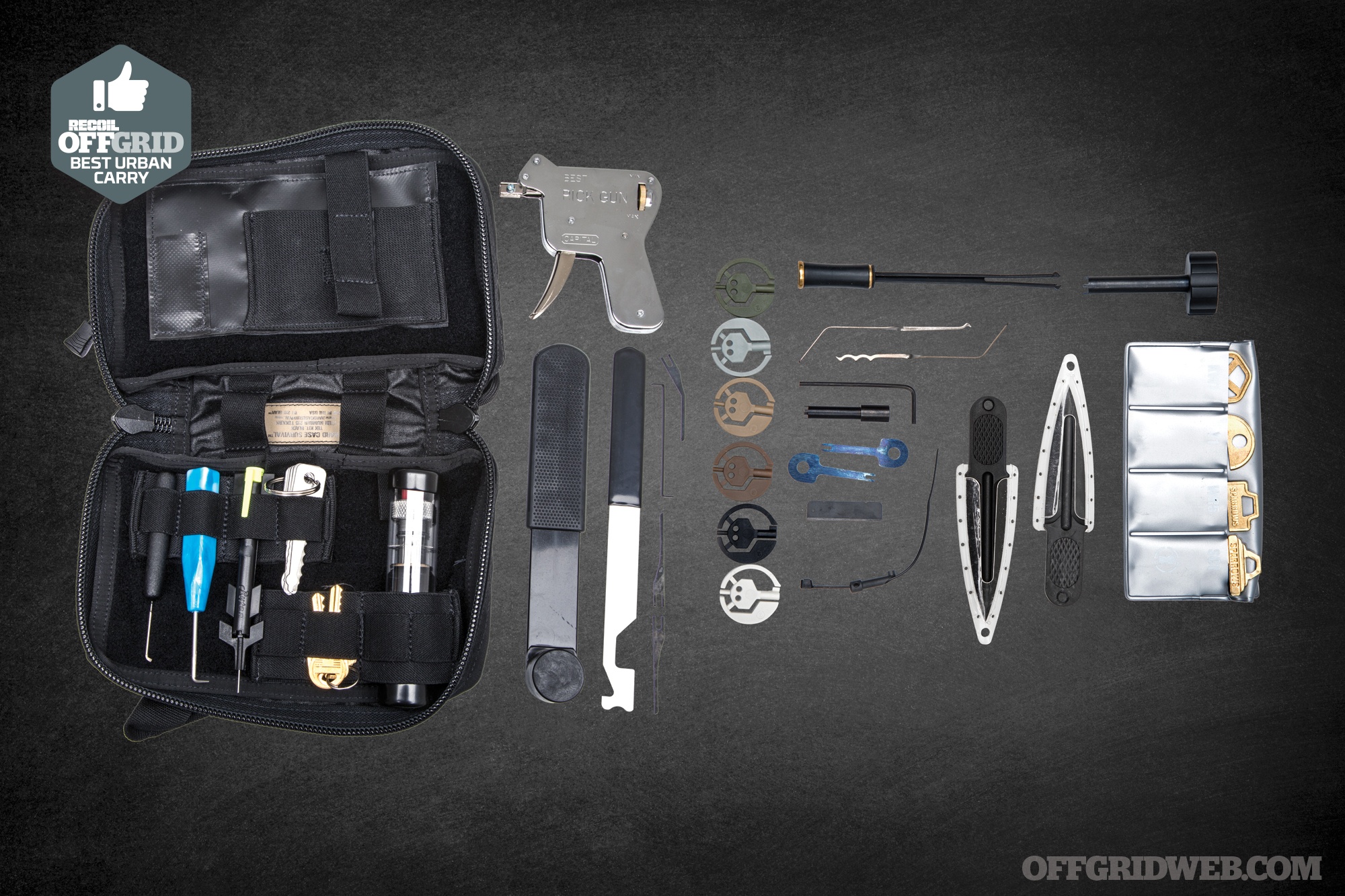
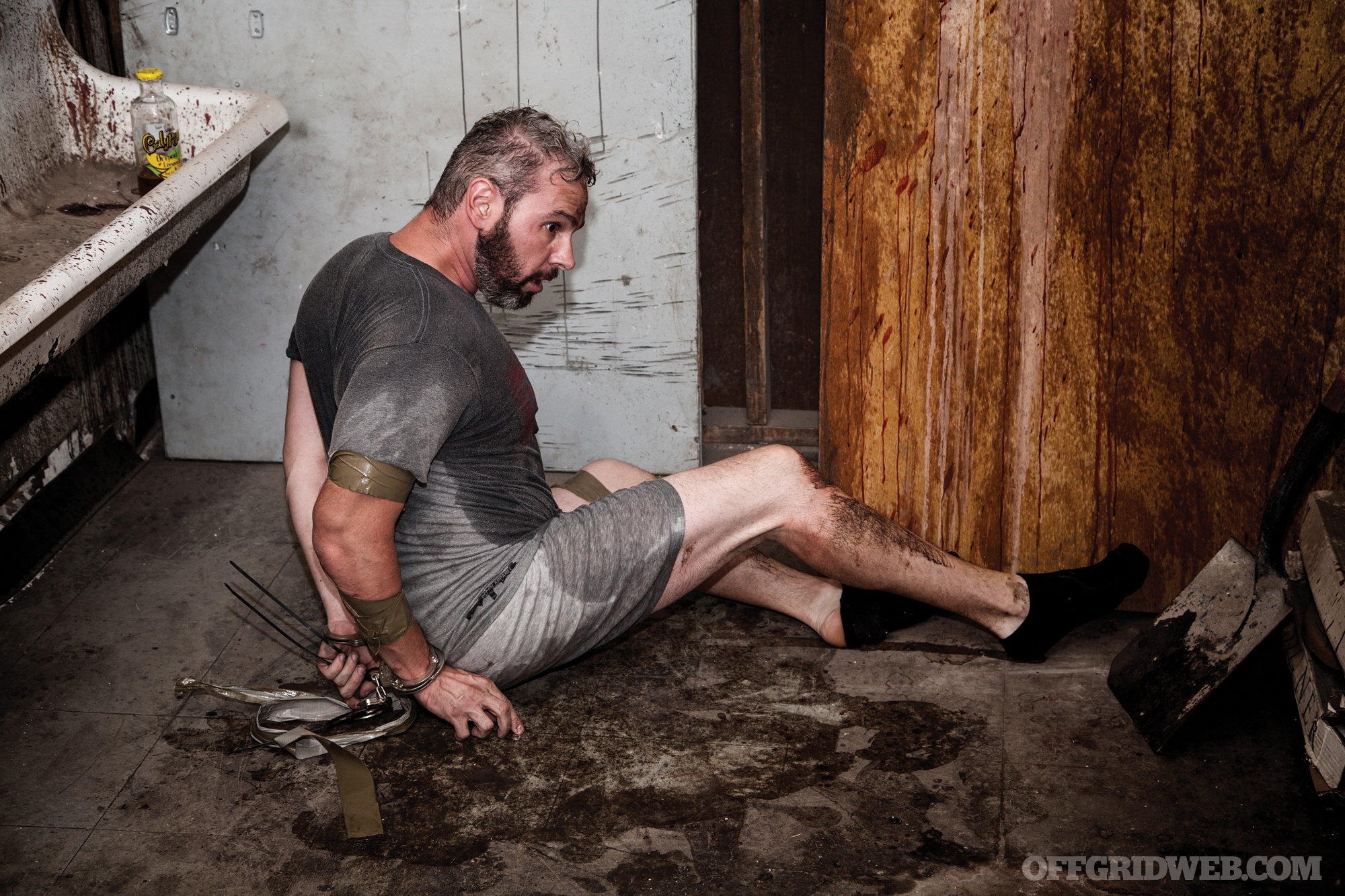
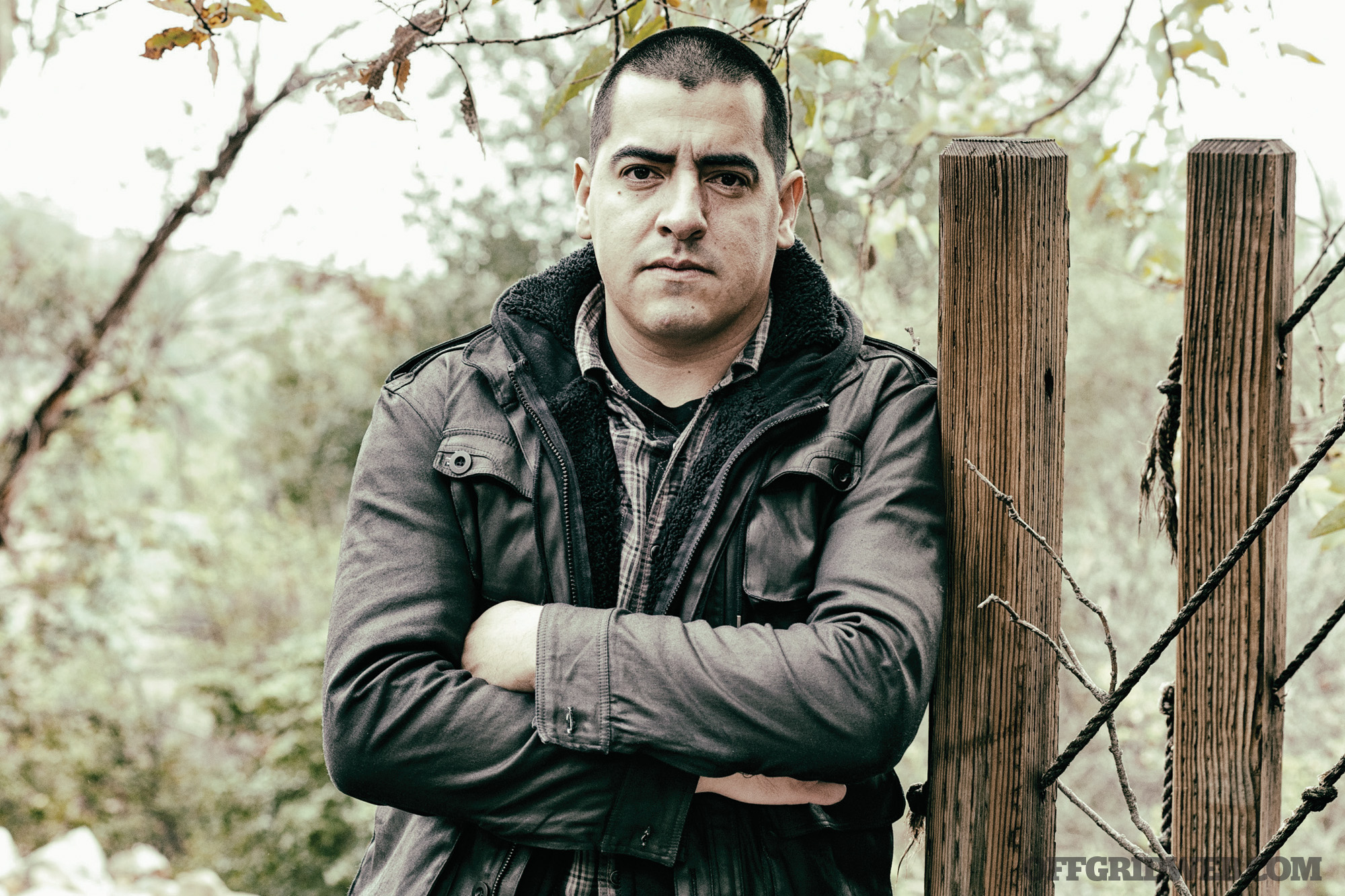









 Dave Jones
Dave Jones Dr. Irwin Redlener
Dr. Irwin Redlener Al Venter
Al Venter
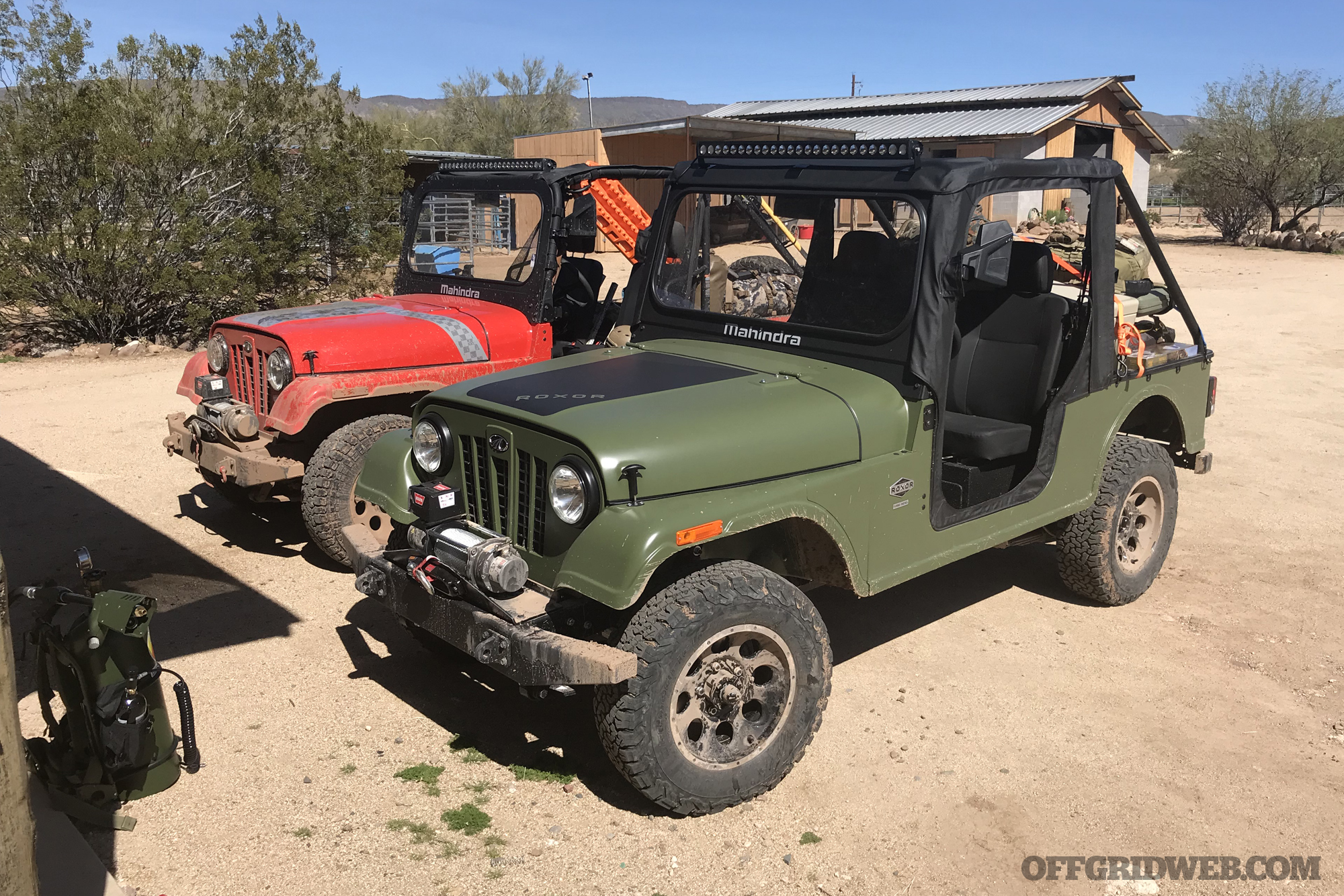

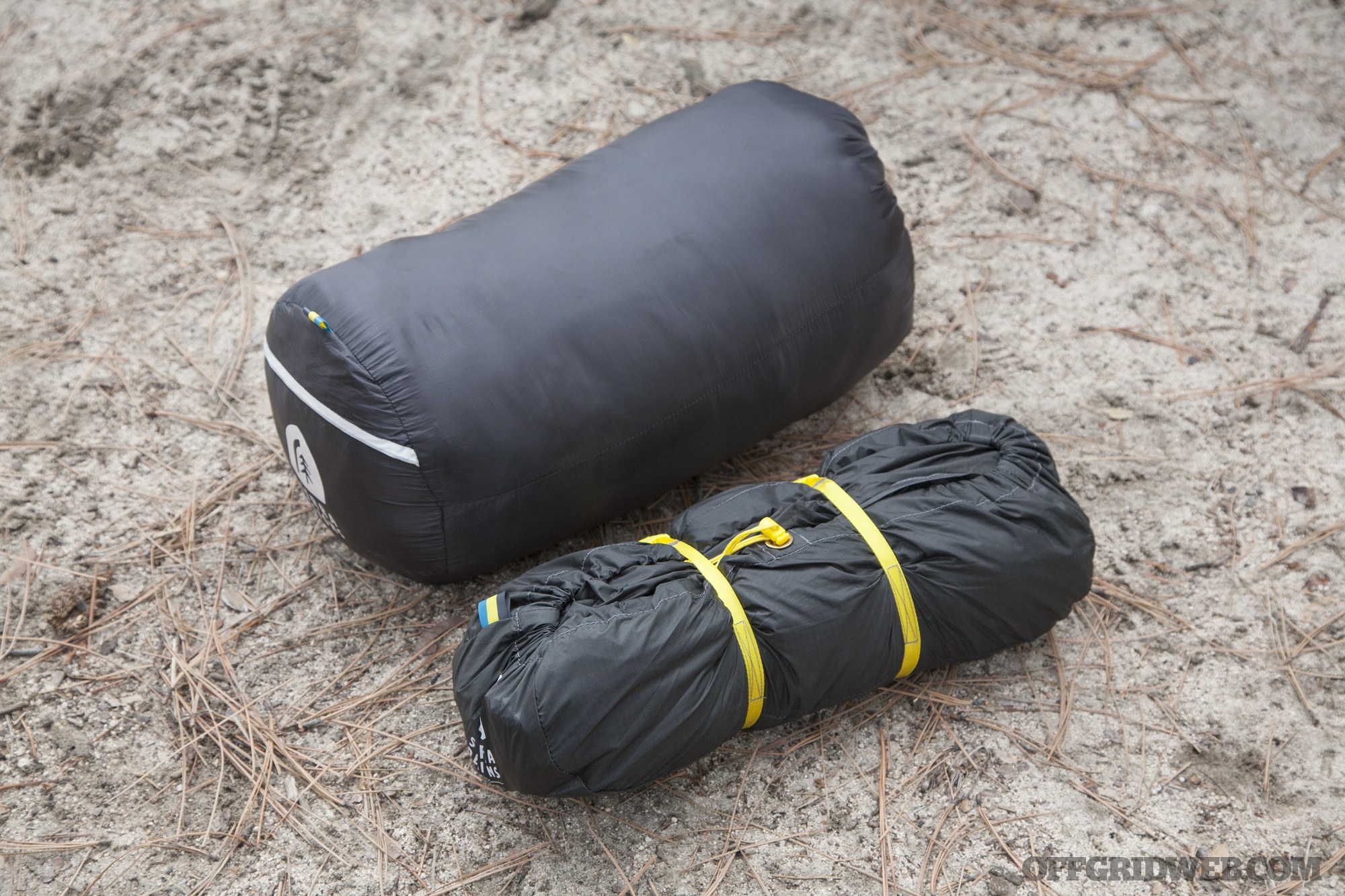

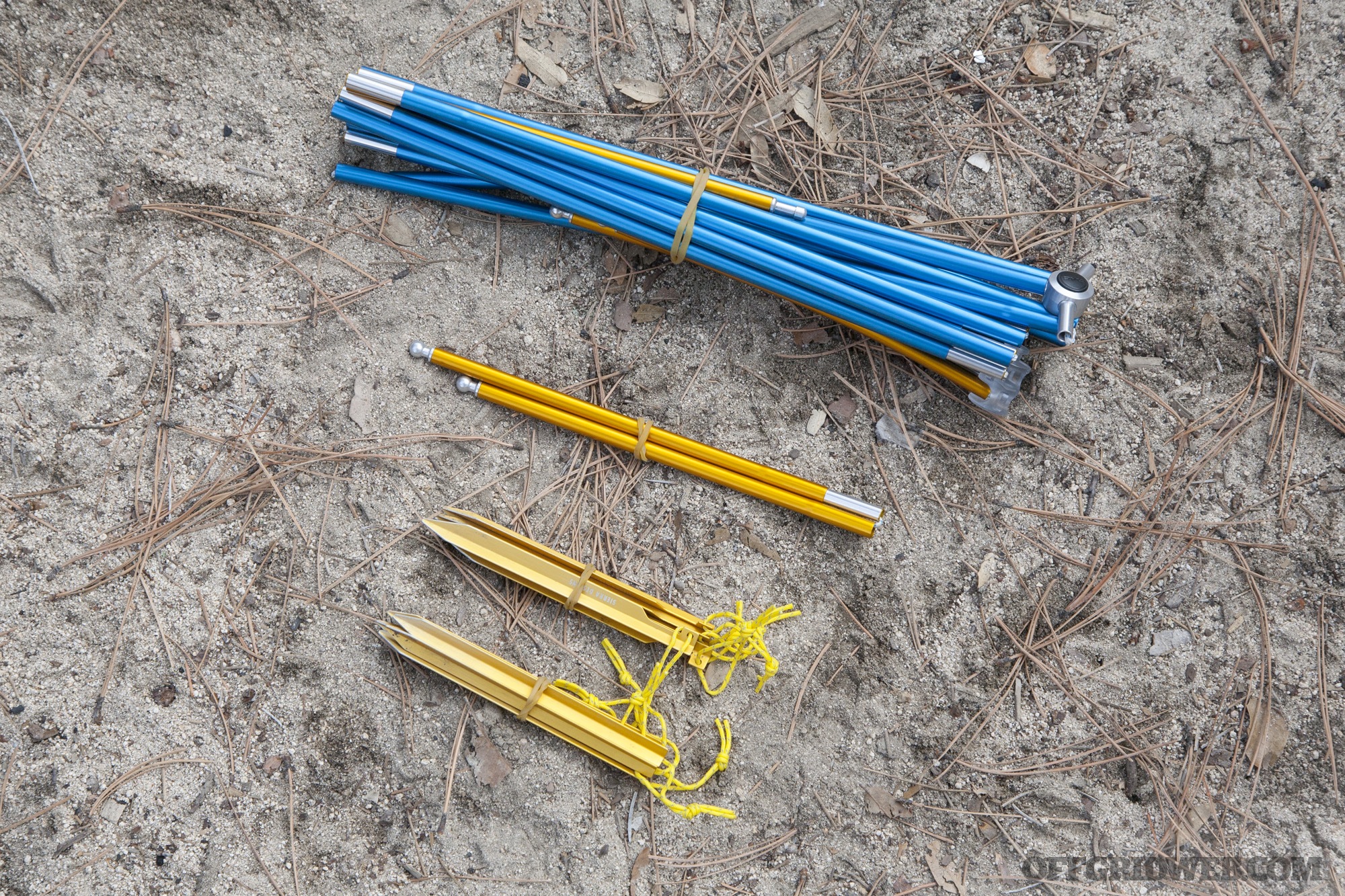
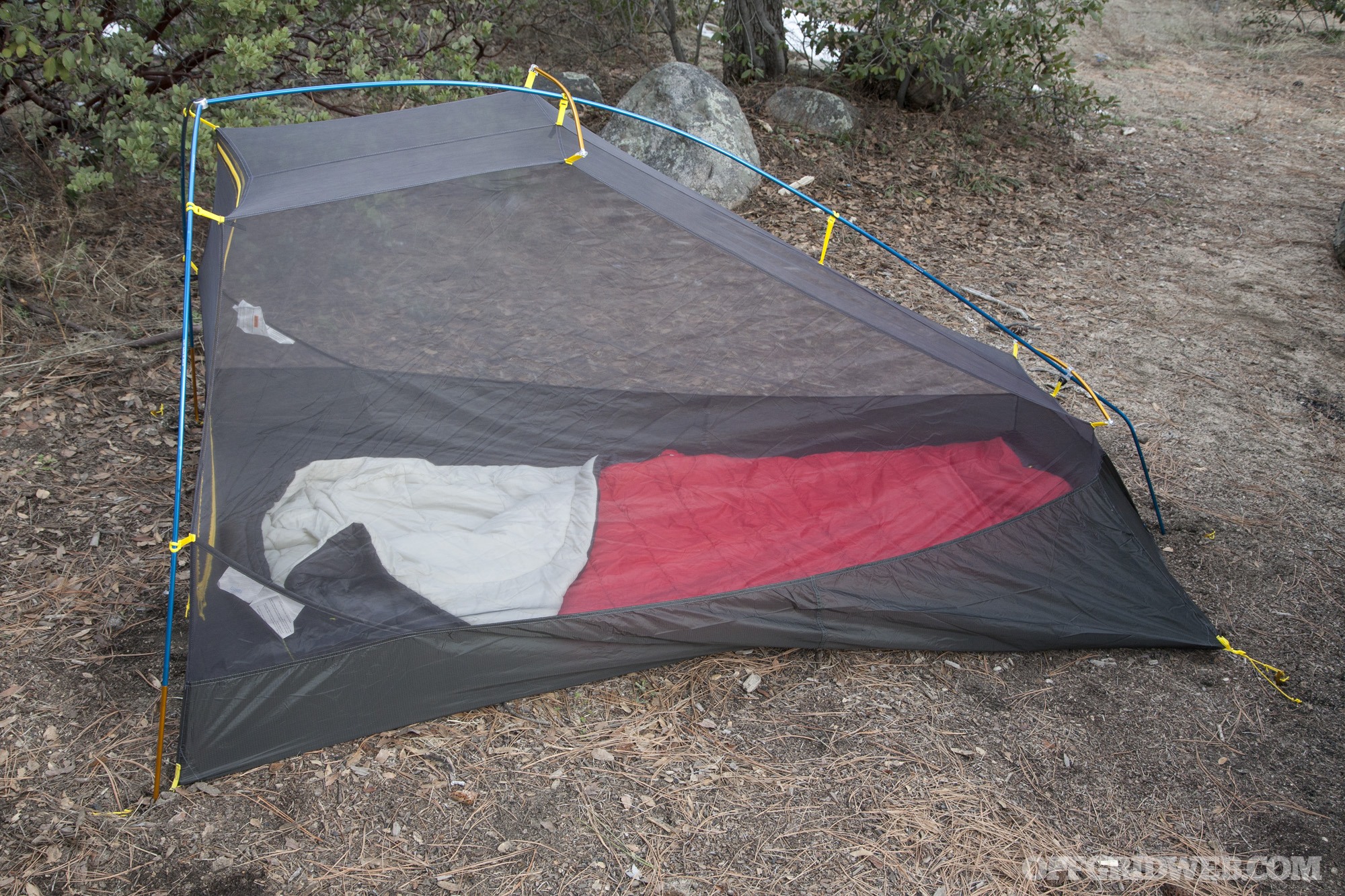
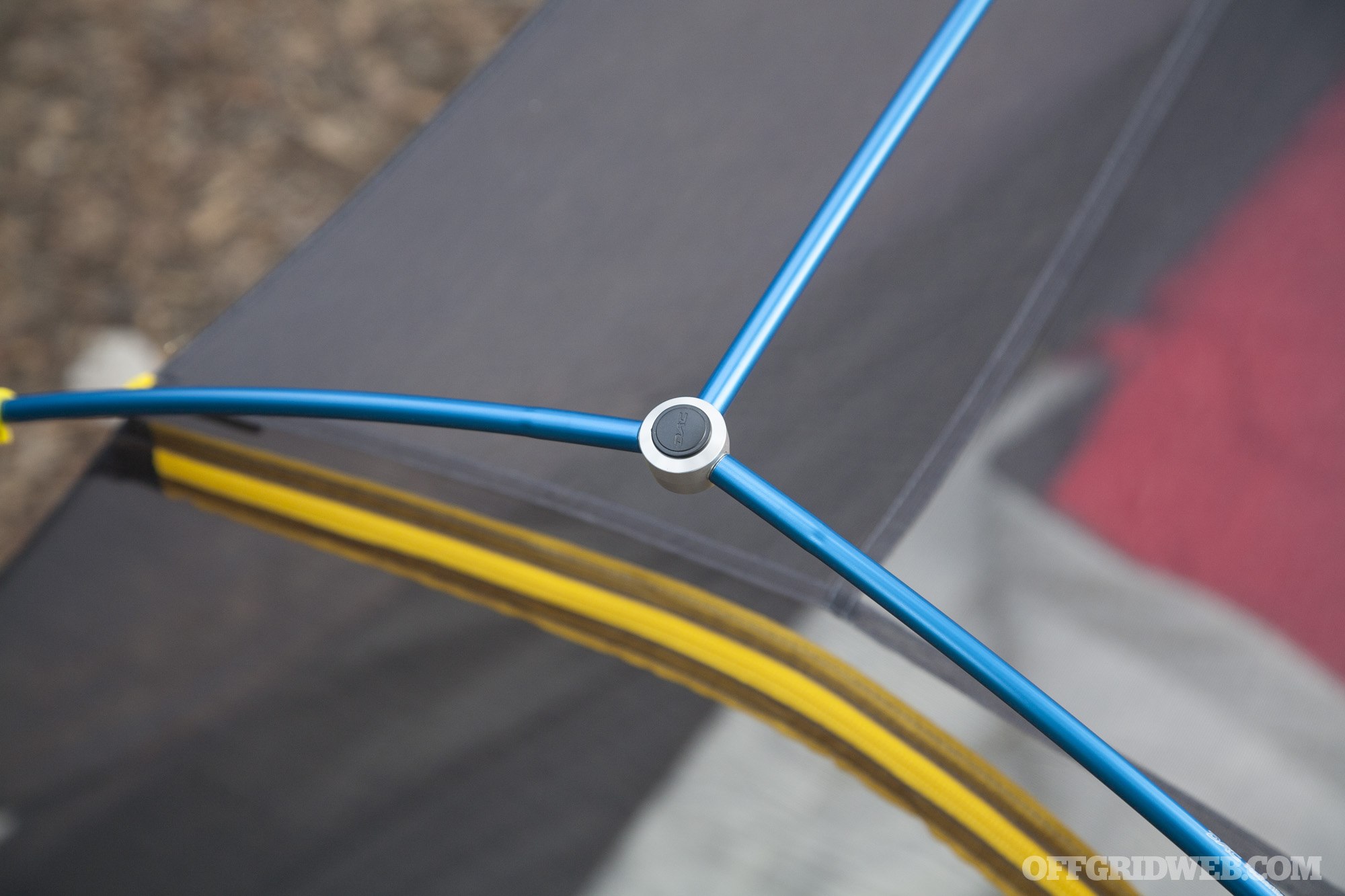
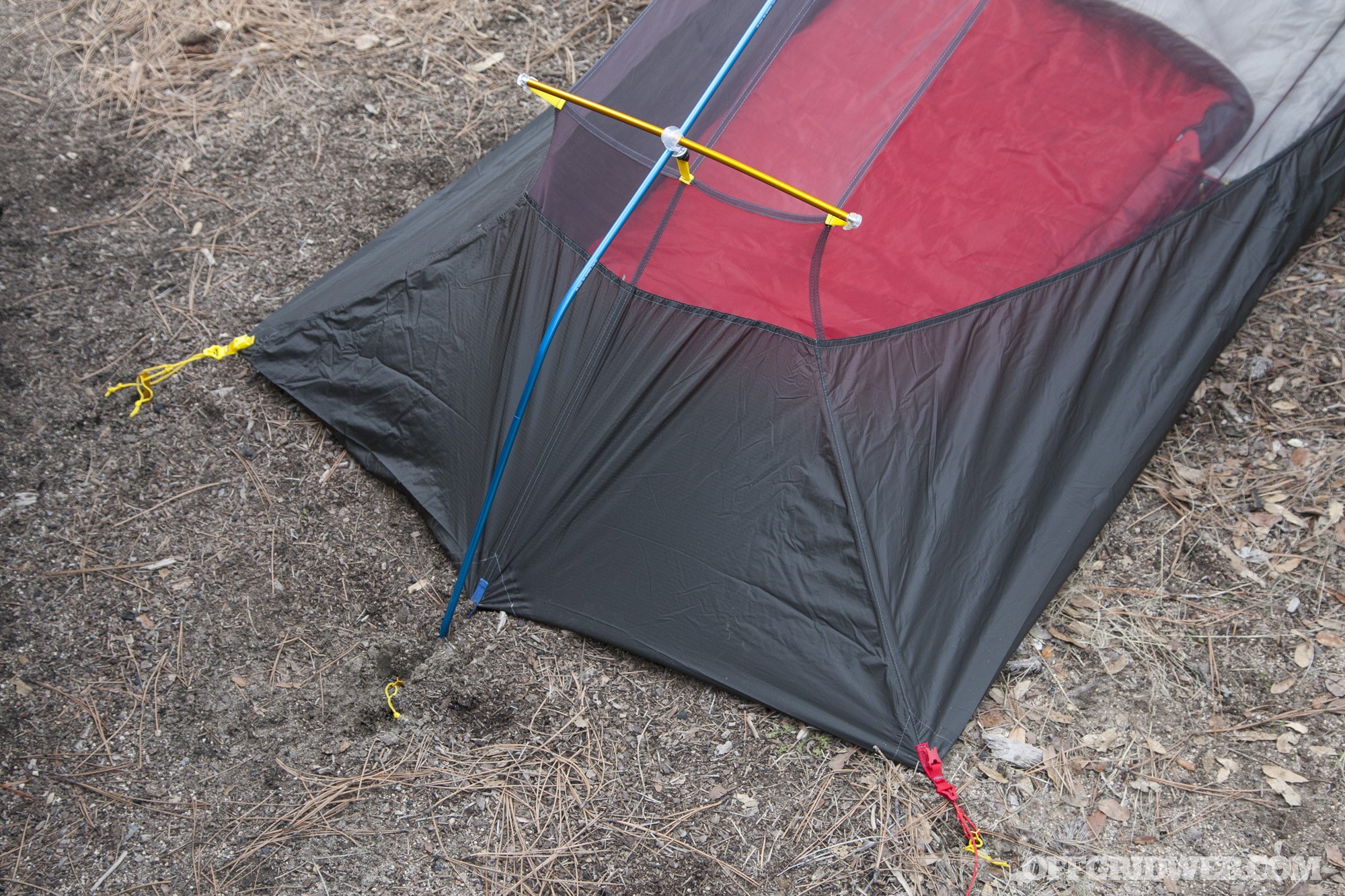
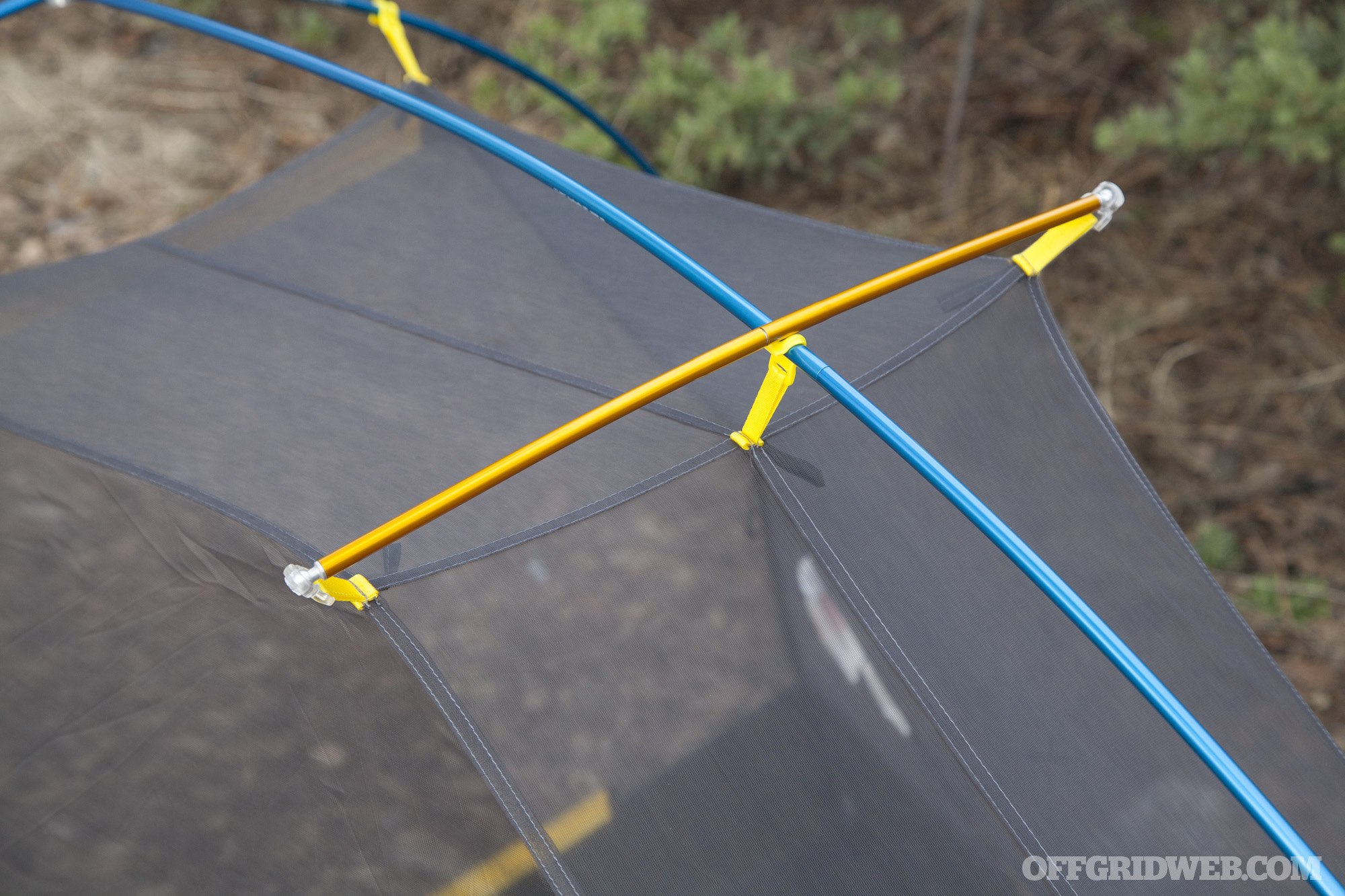




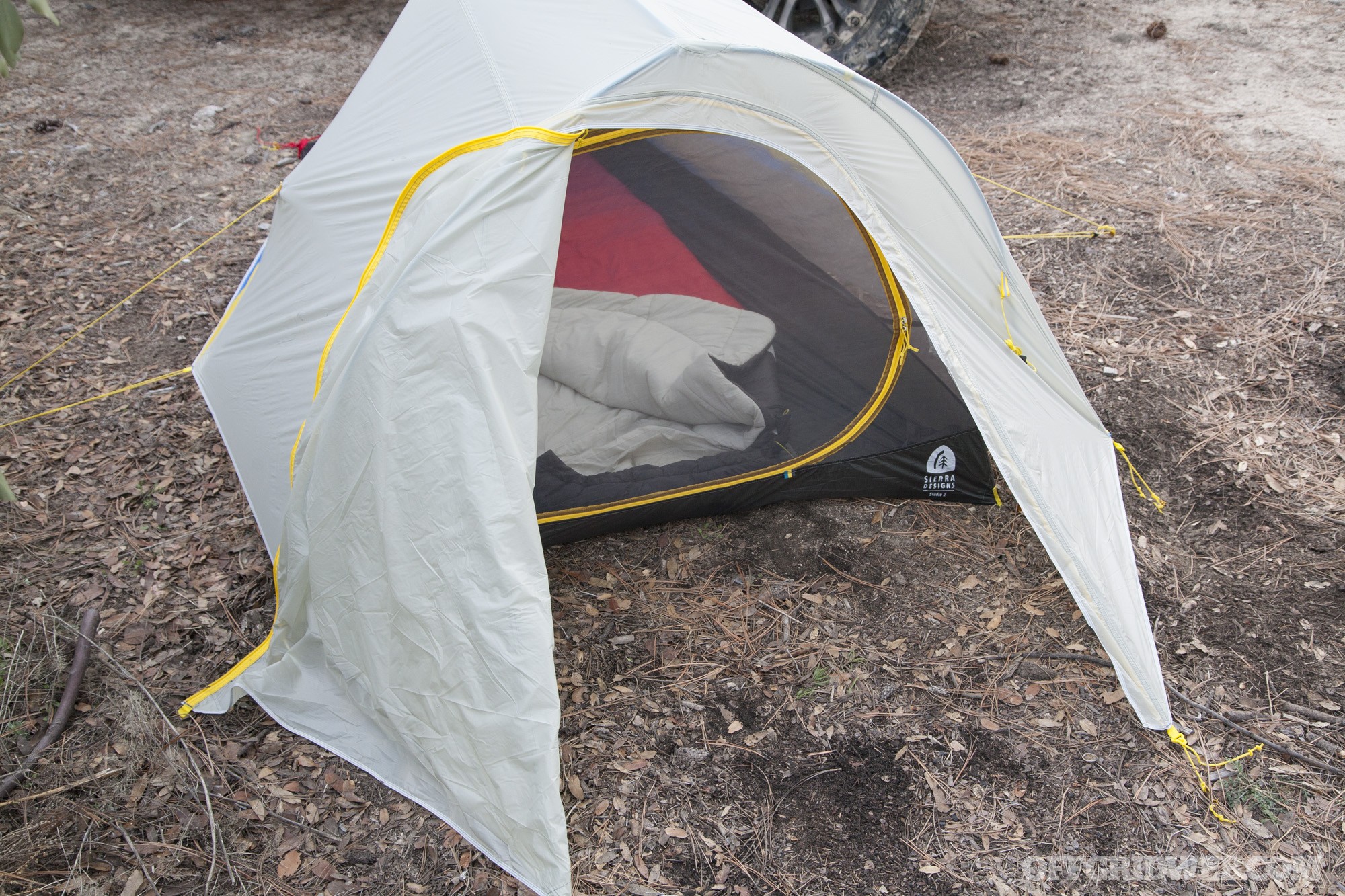
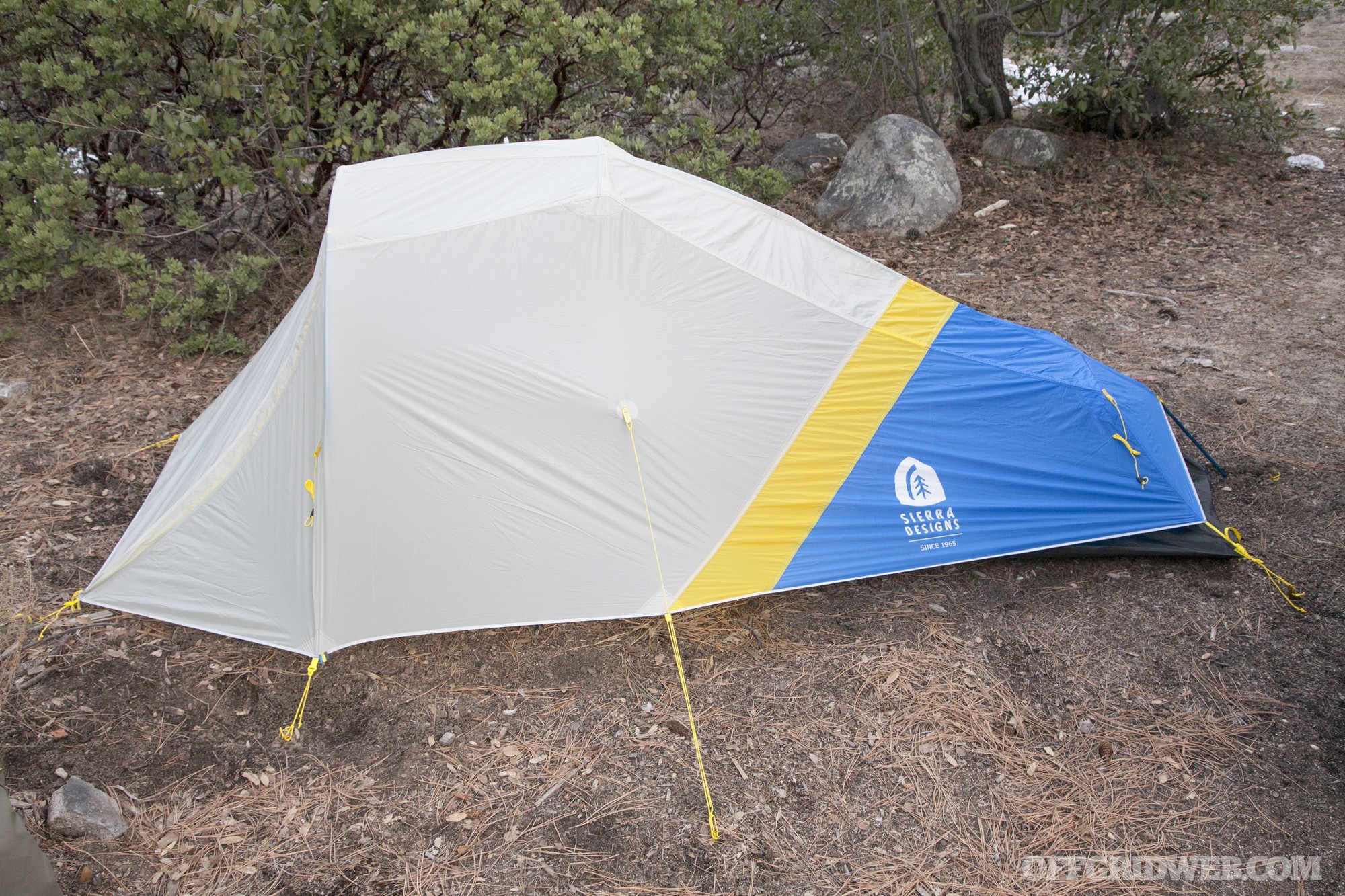
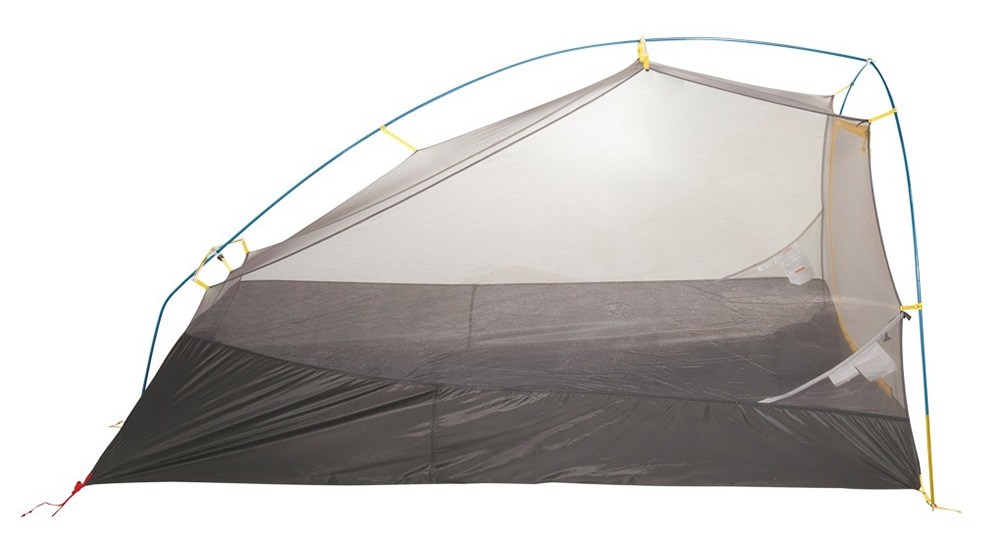
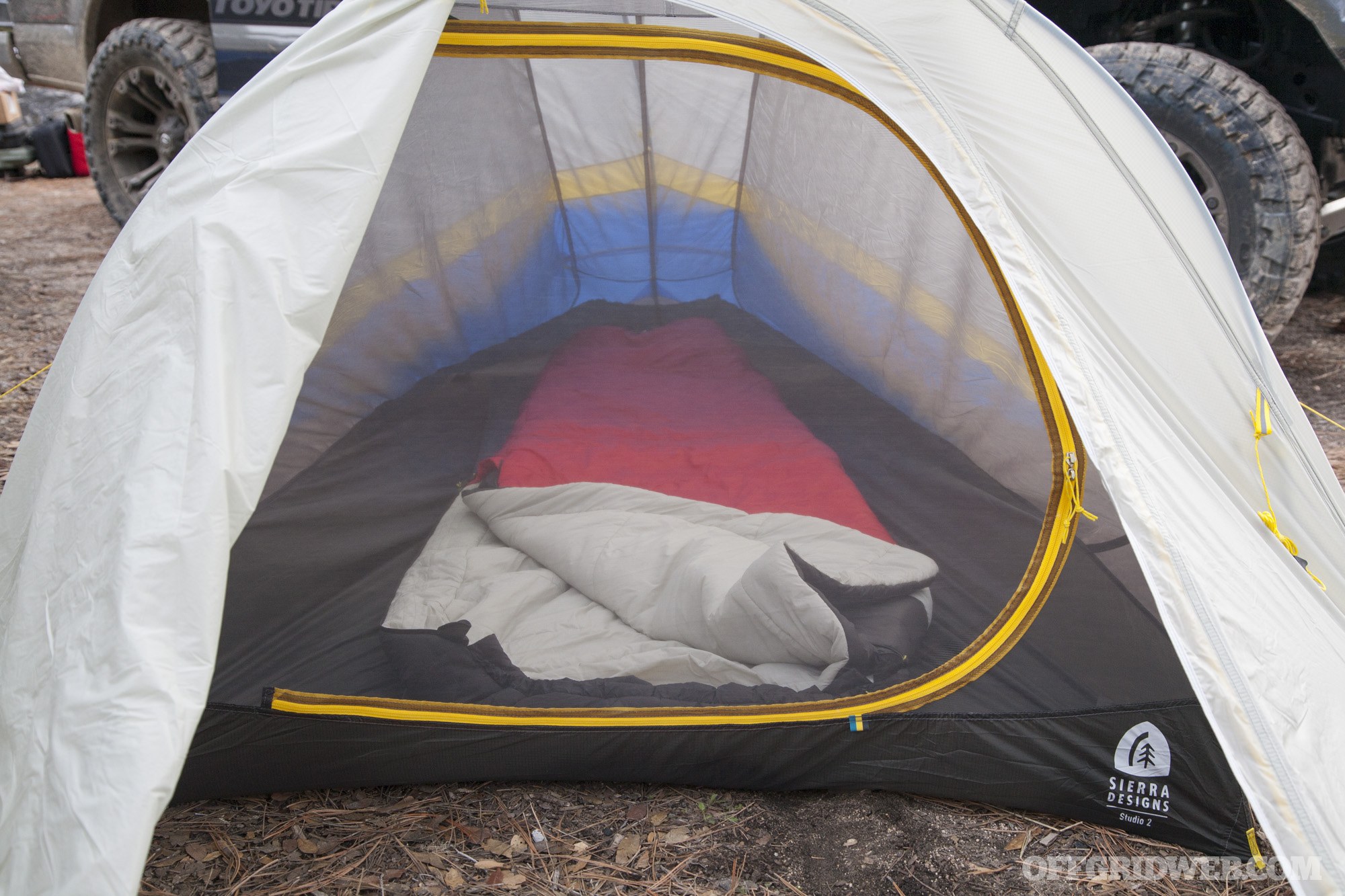
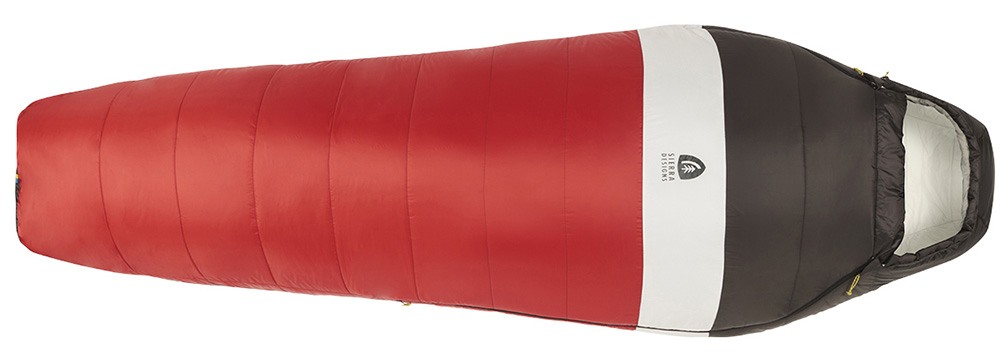
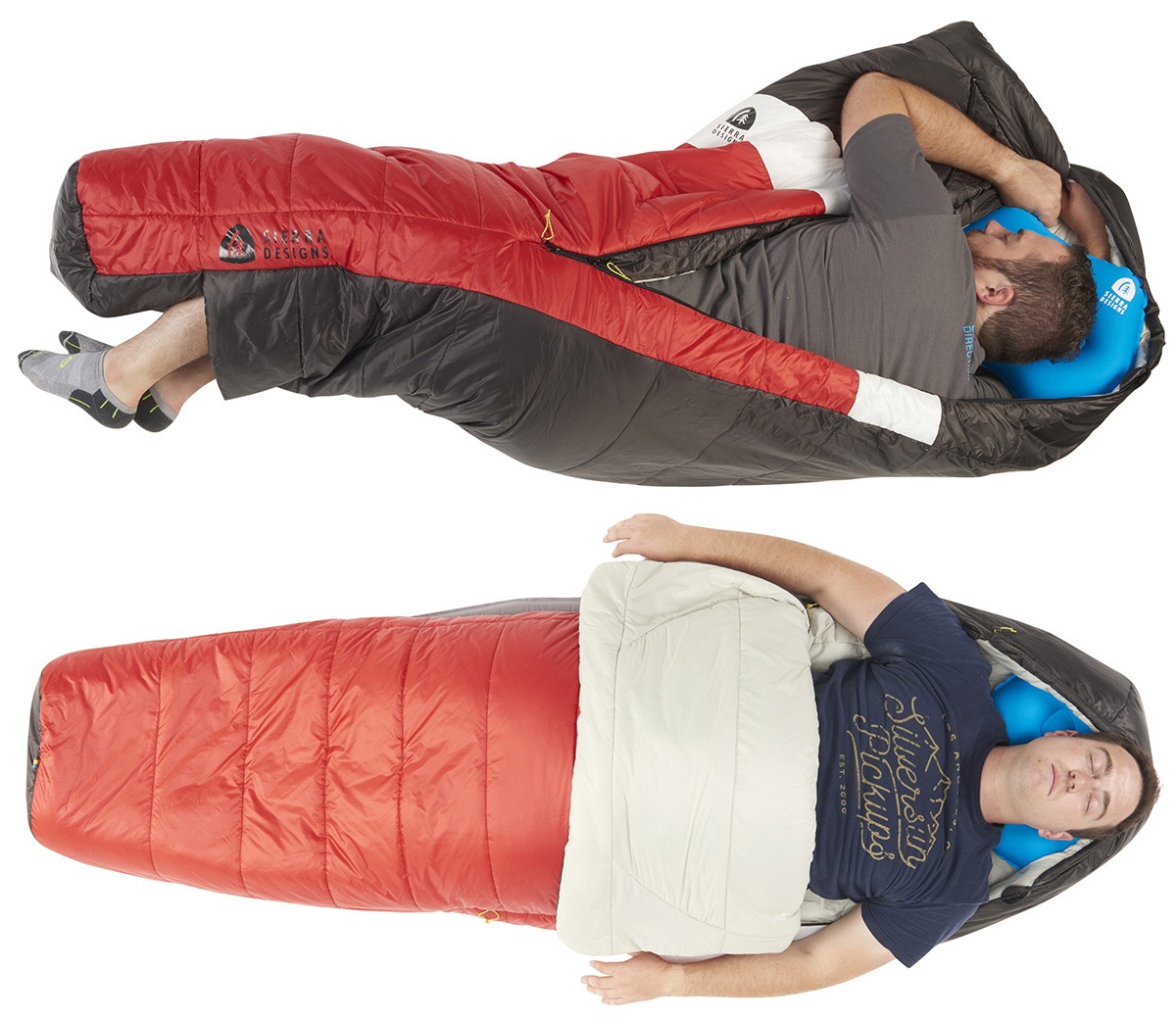
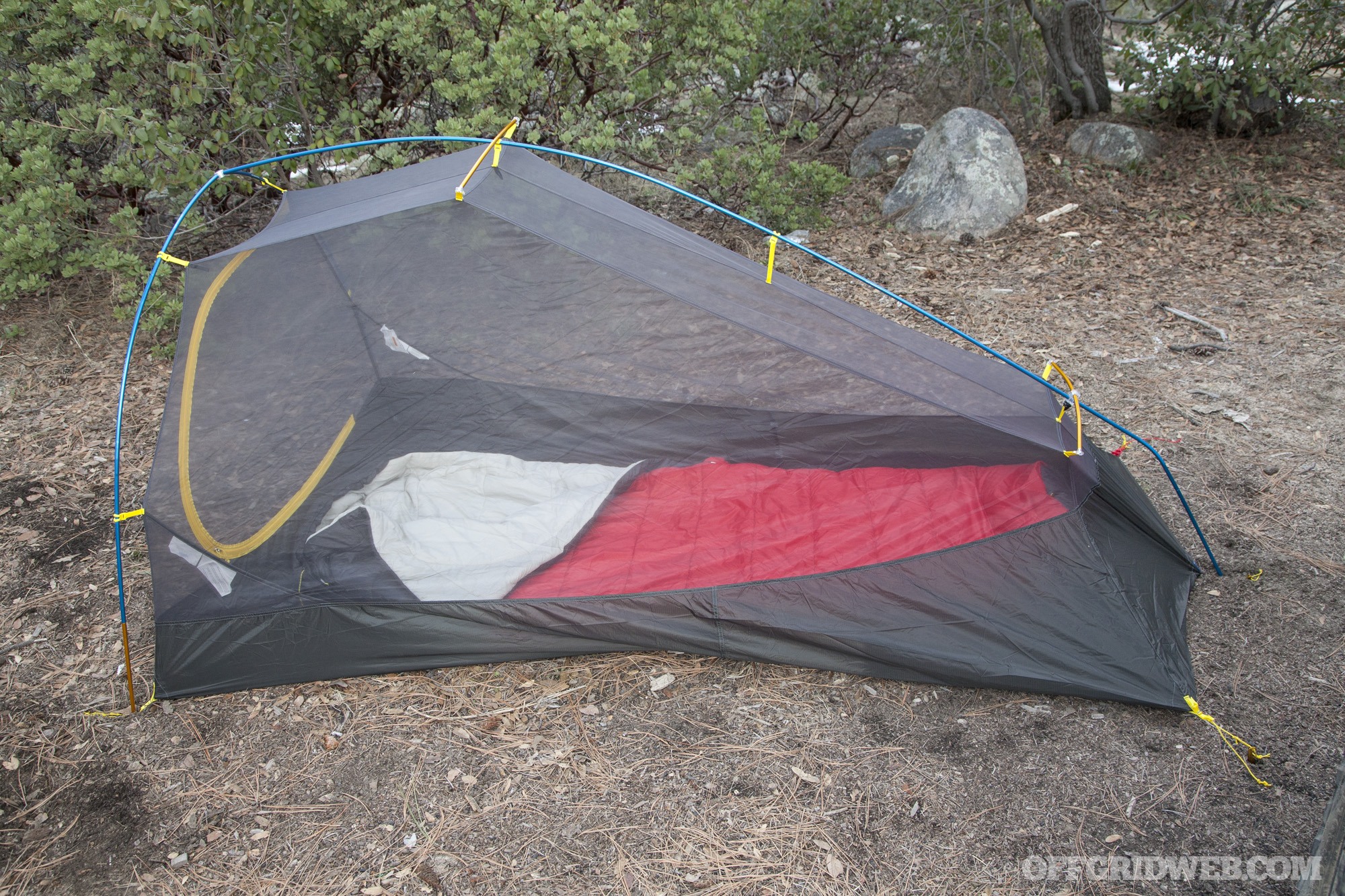
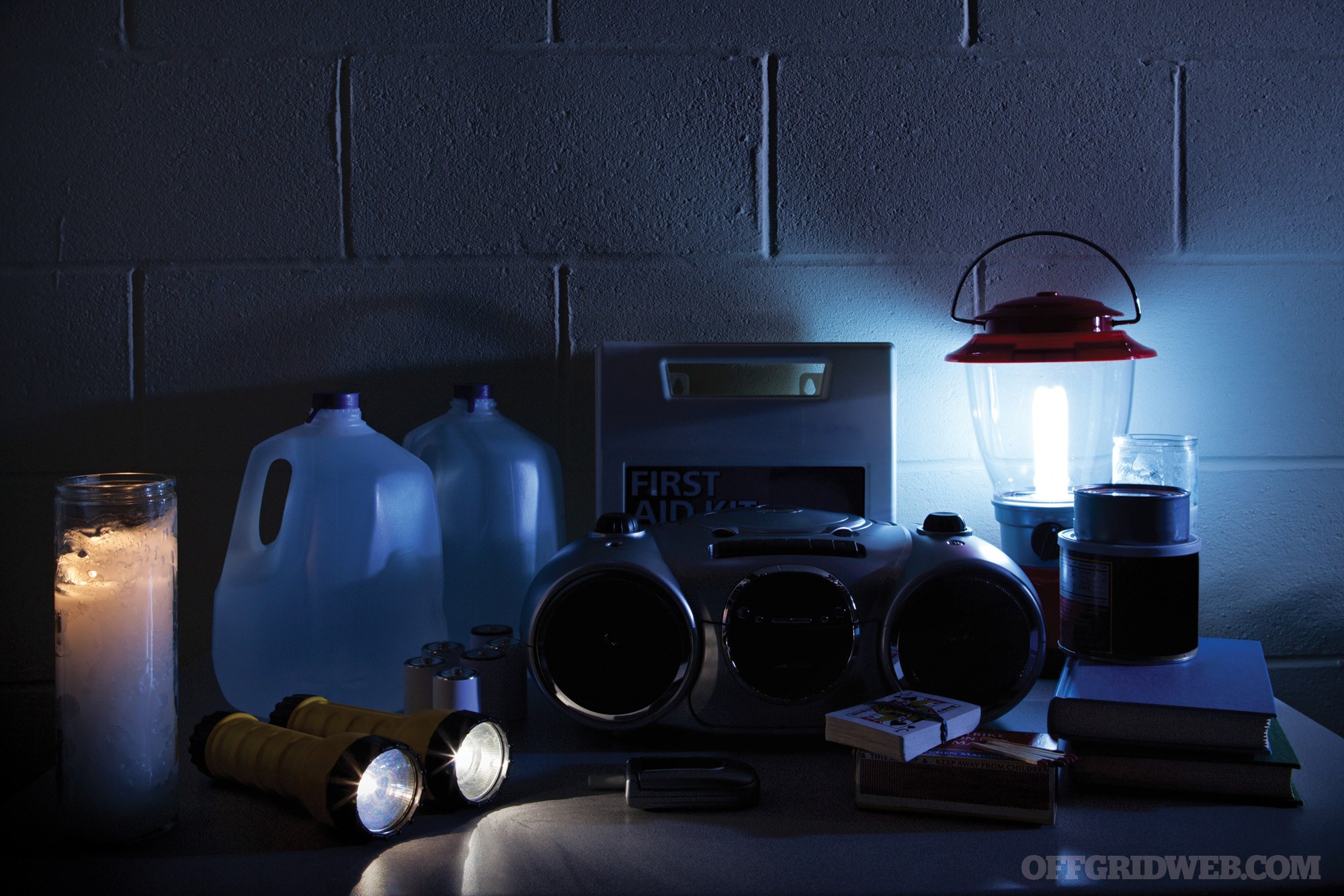

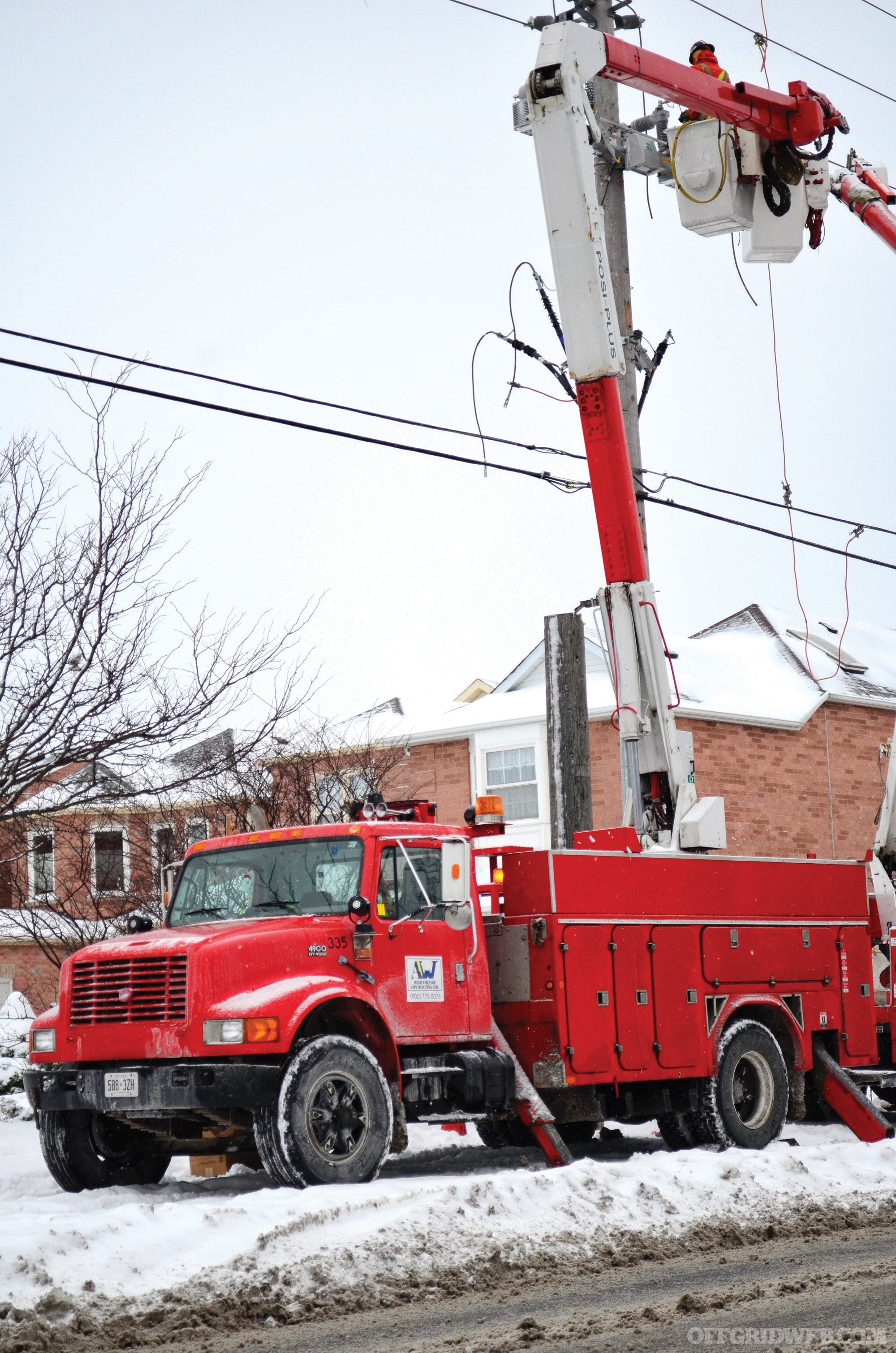





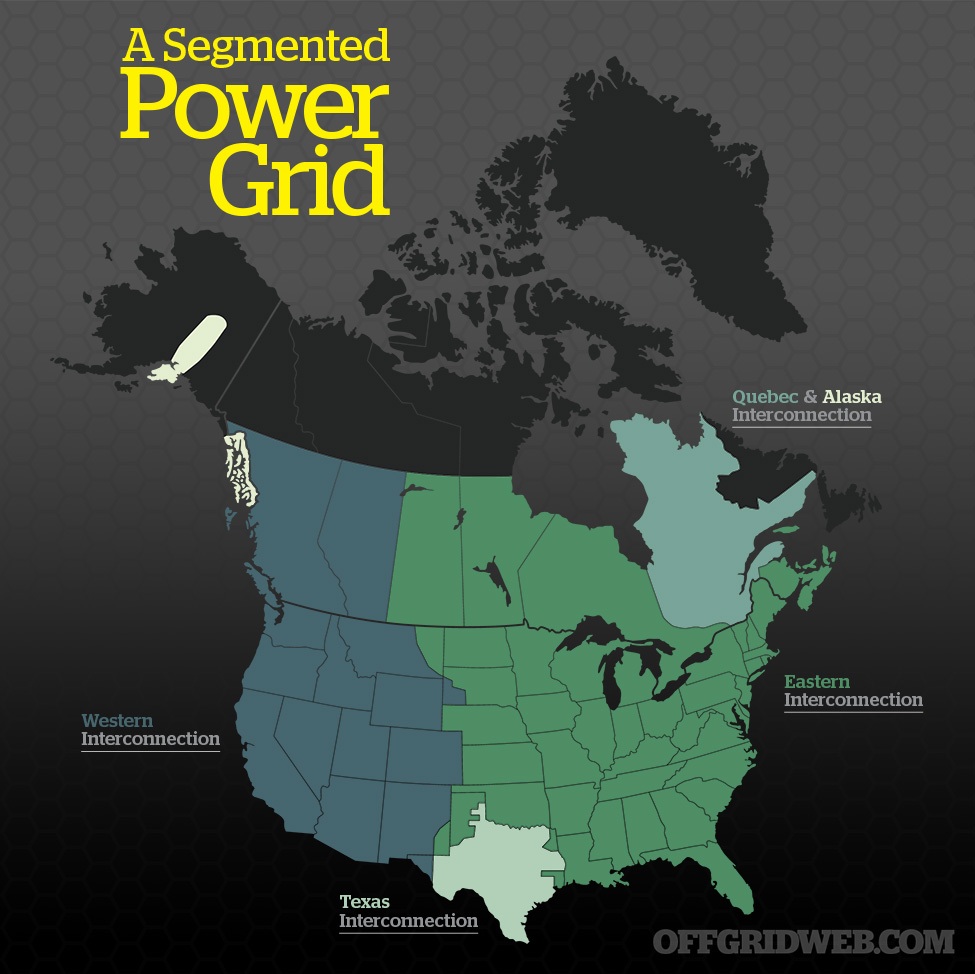
 Dennis Santiago
Dennis Santiago Pablos Holman
Pablos Holman Patrick Miller
Patrick Miller